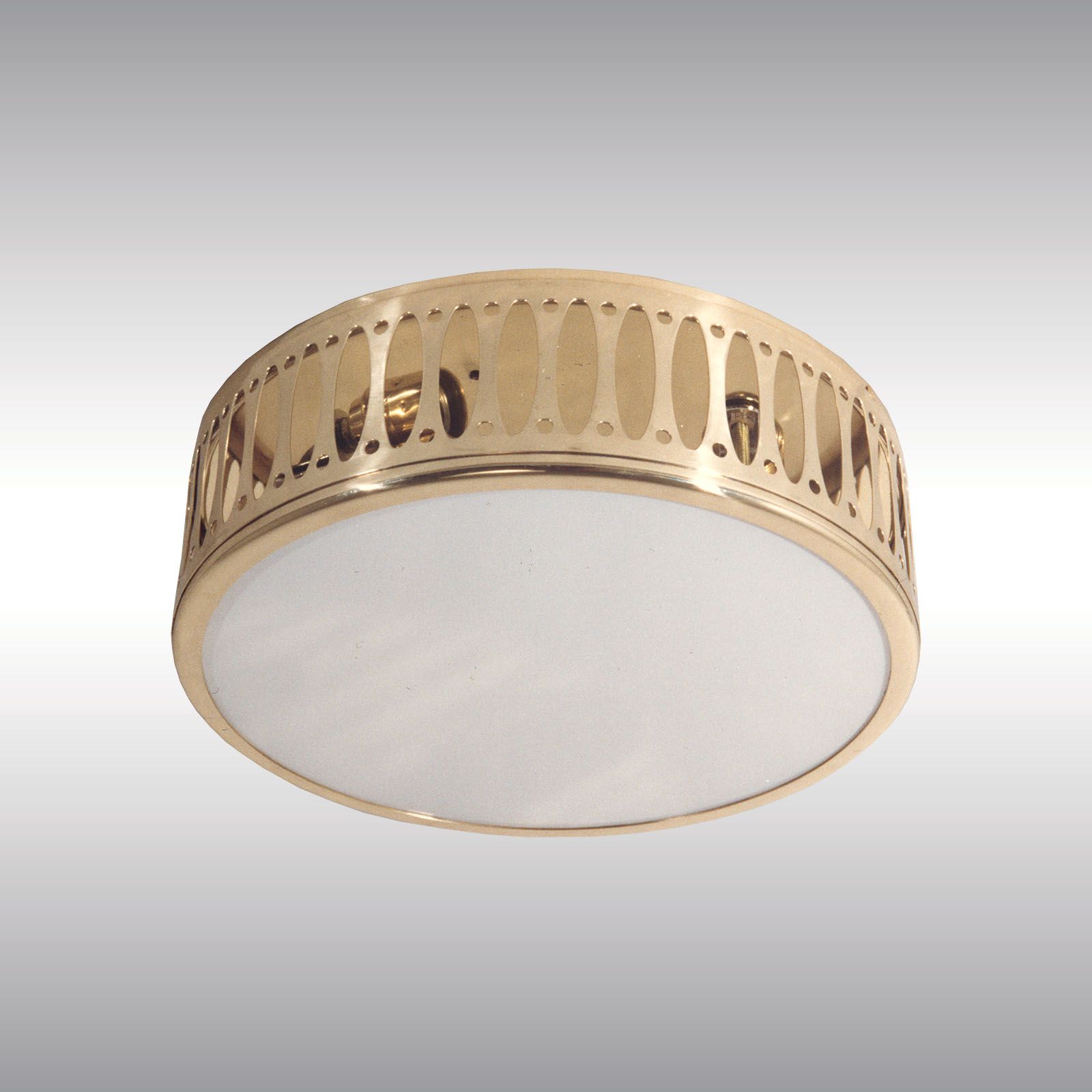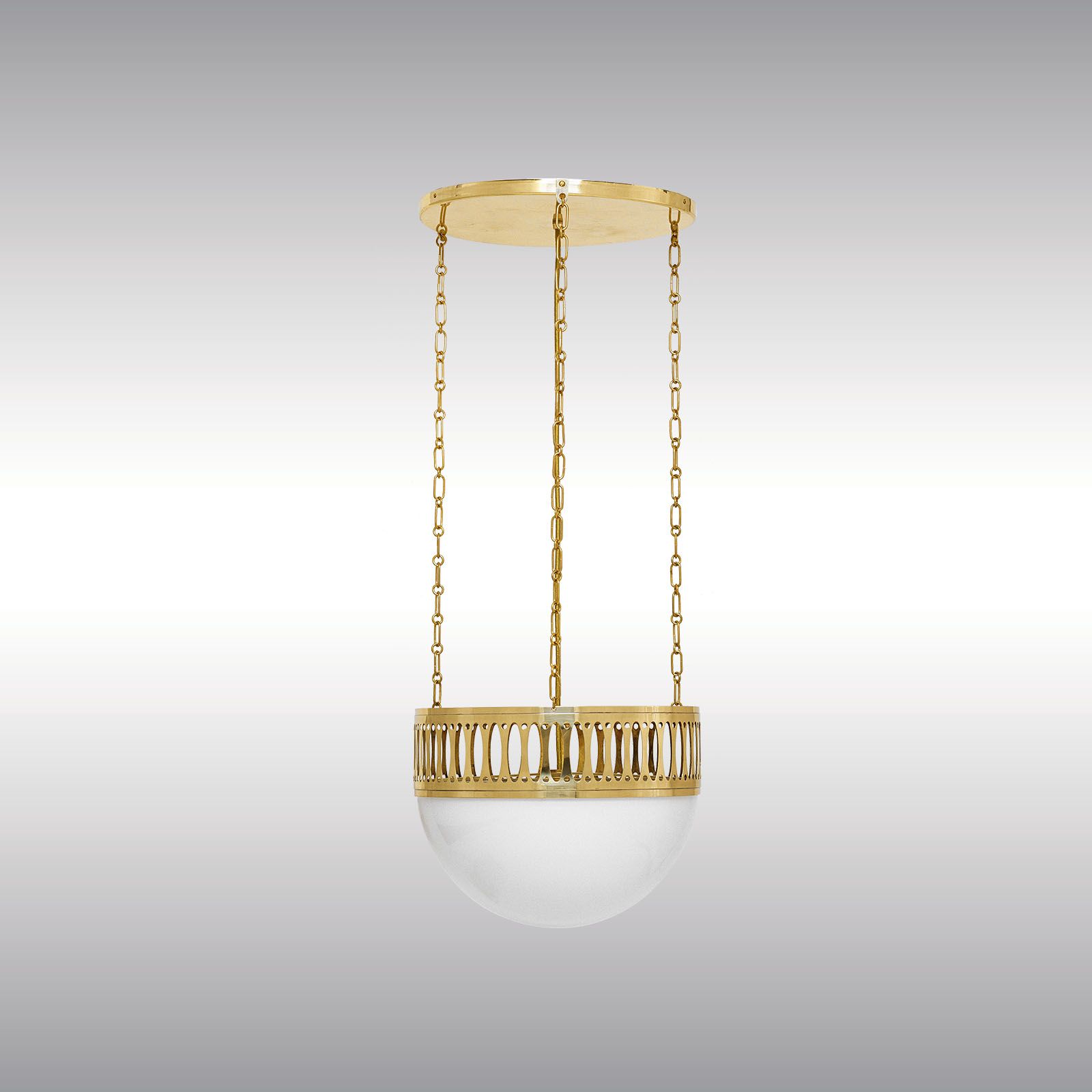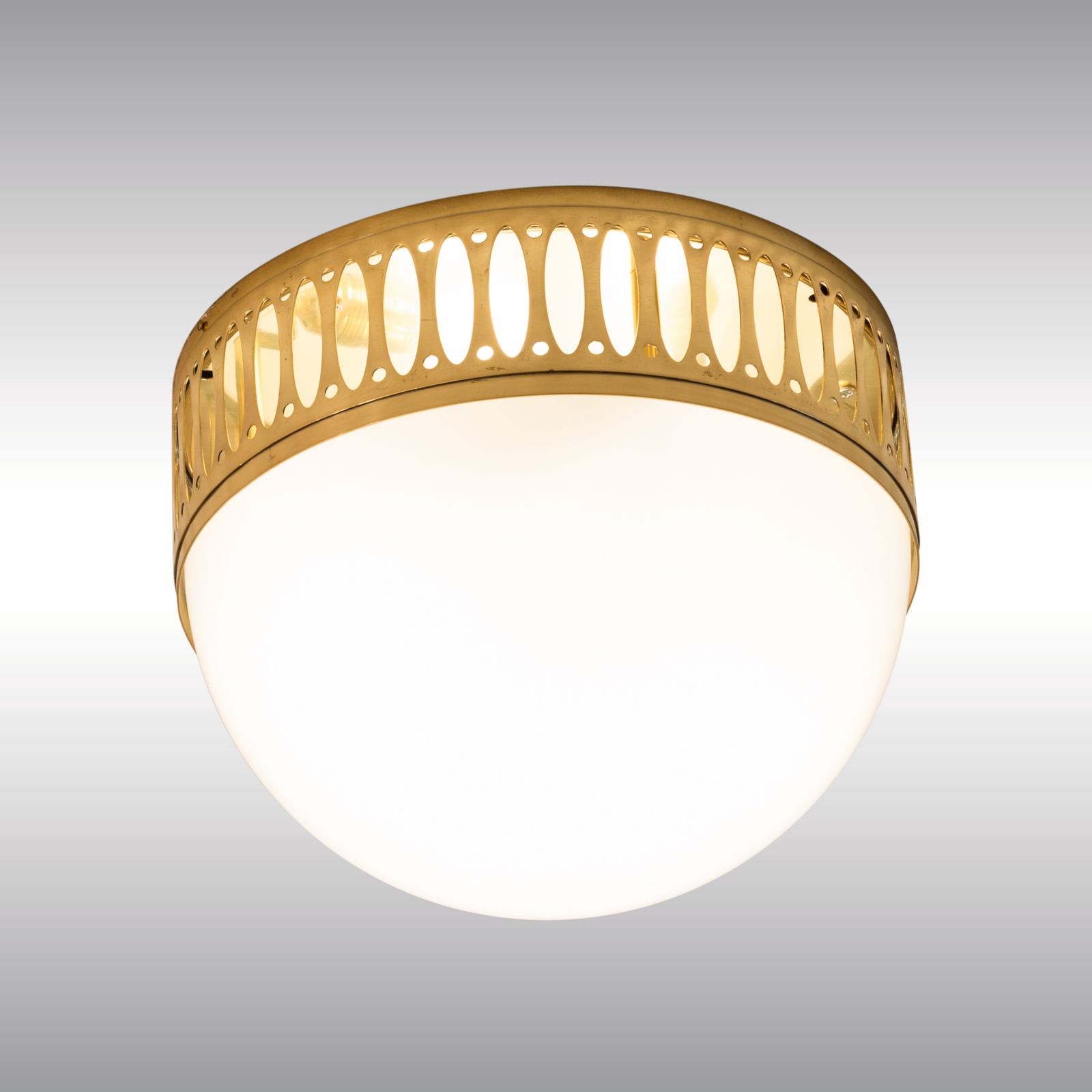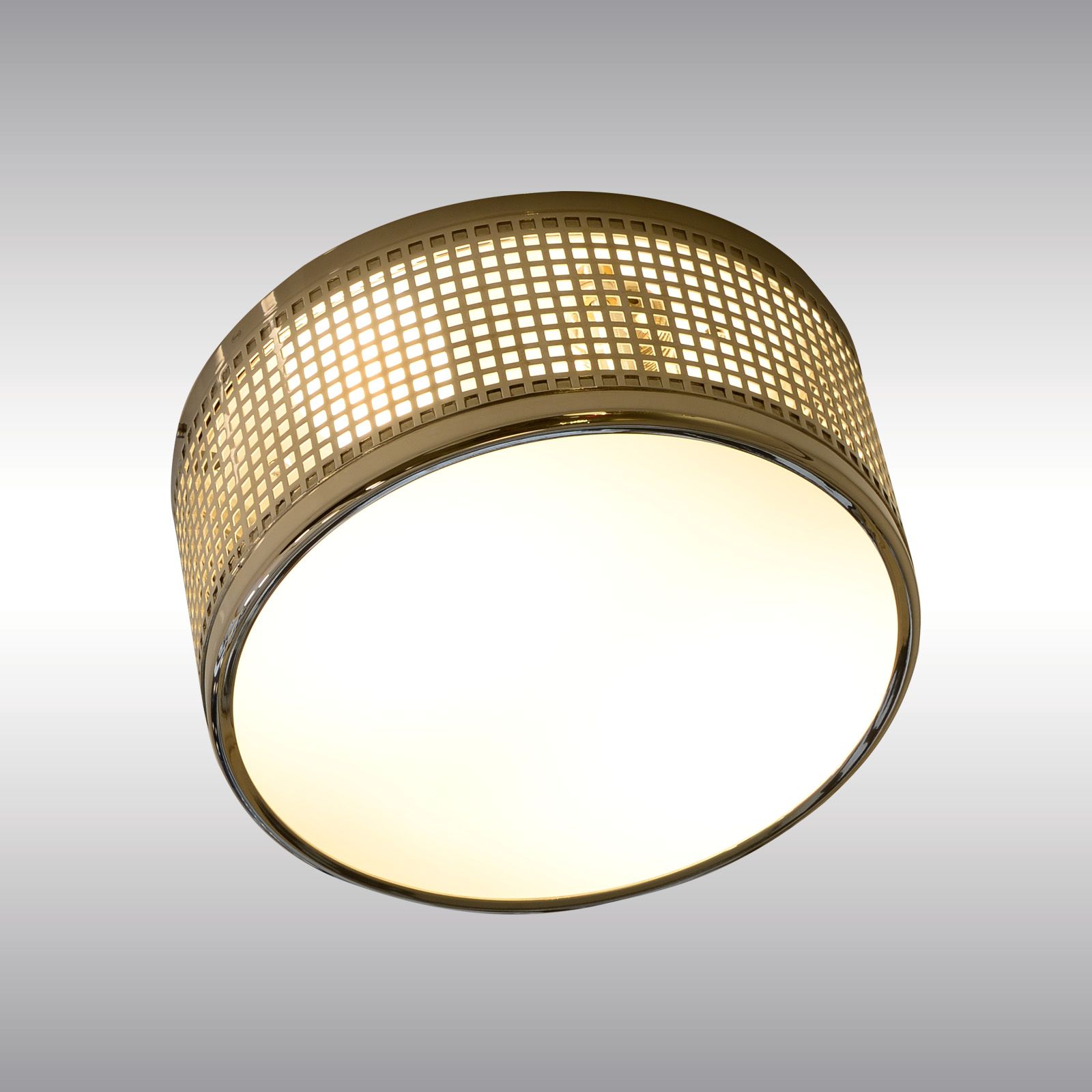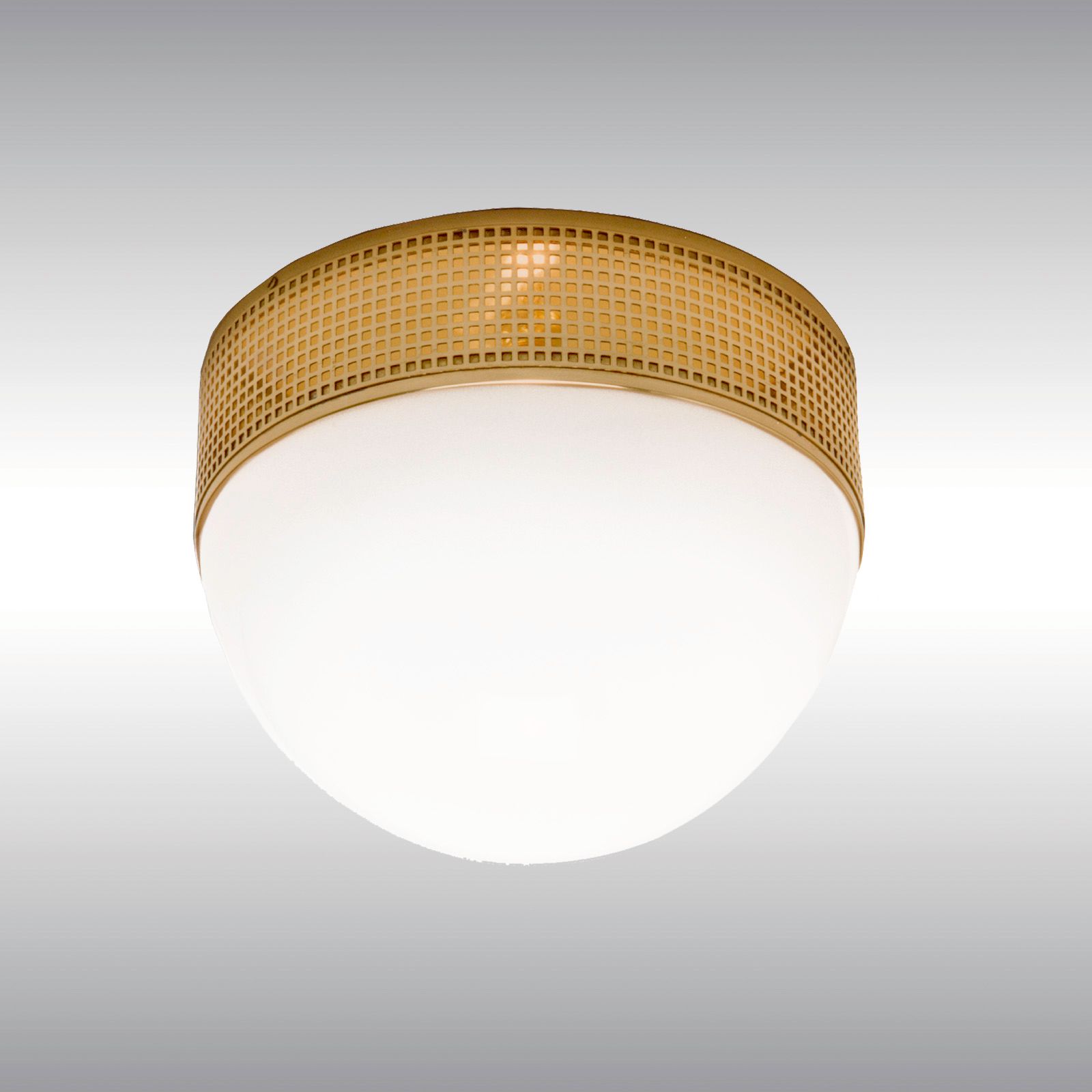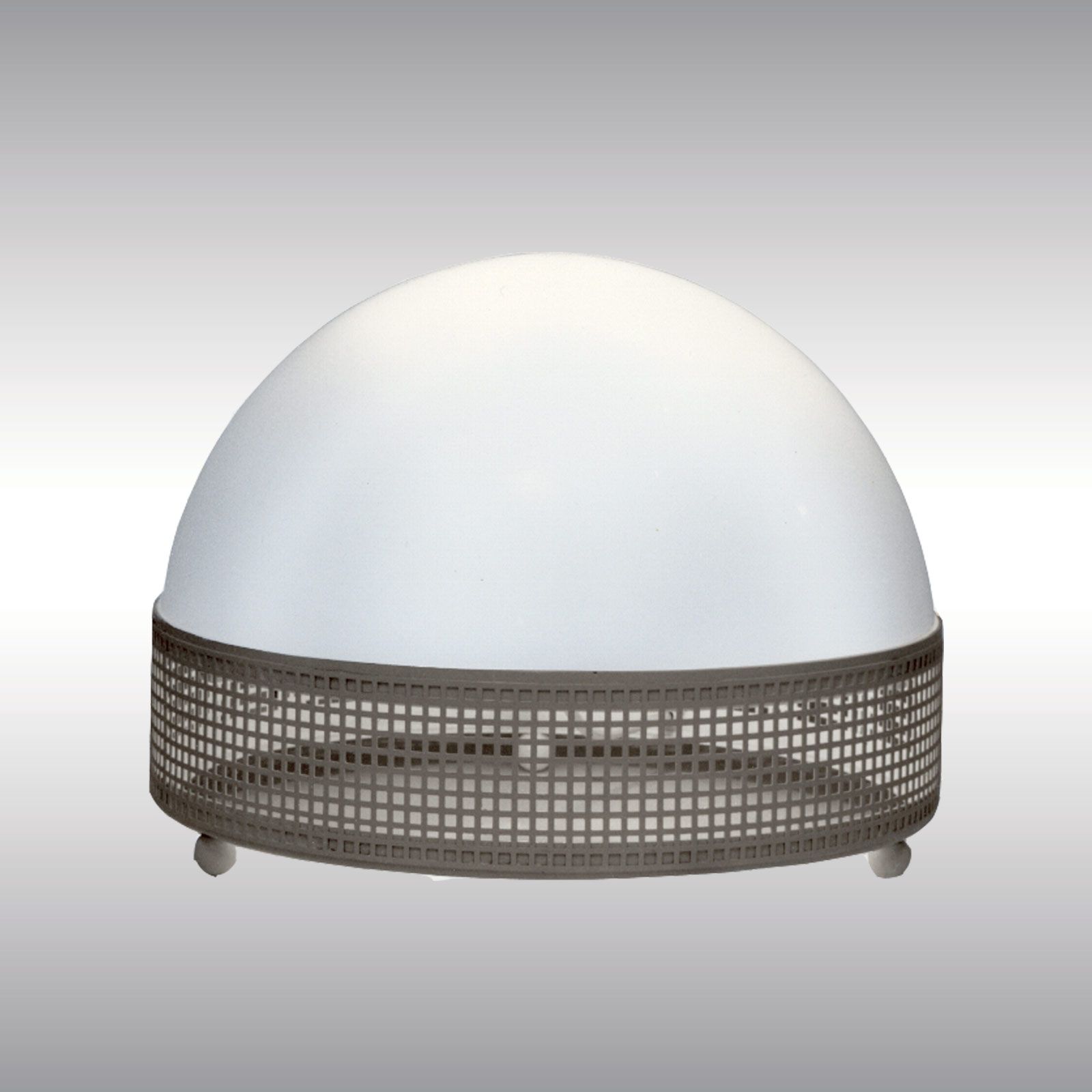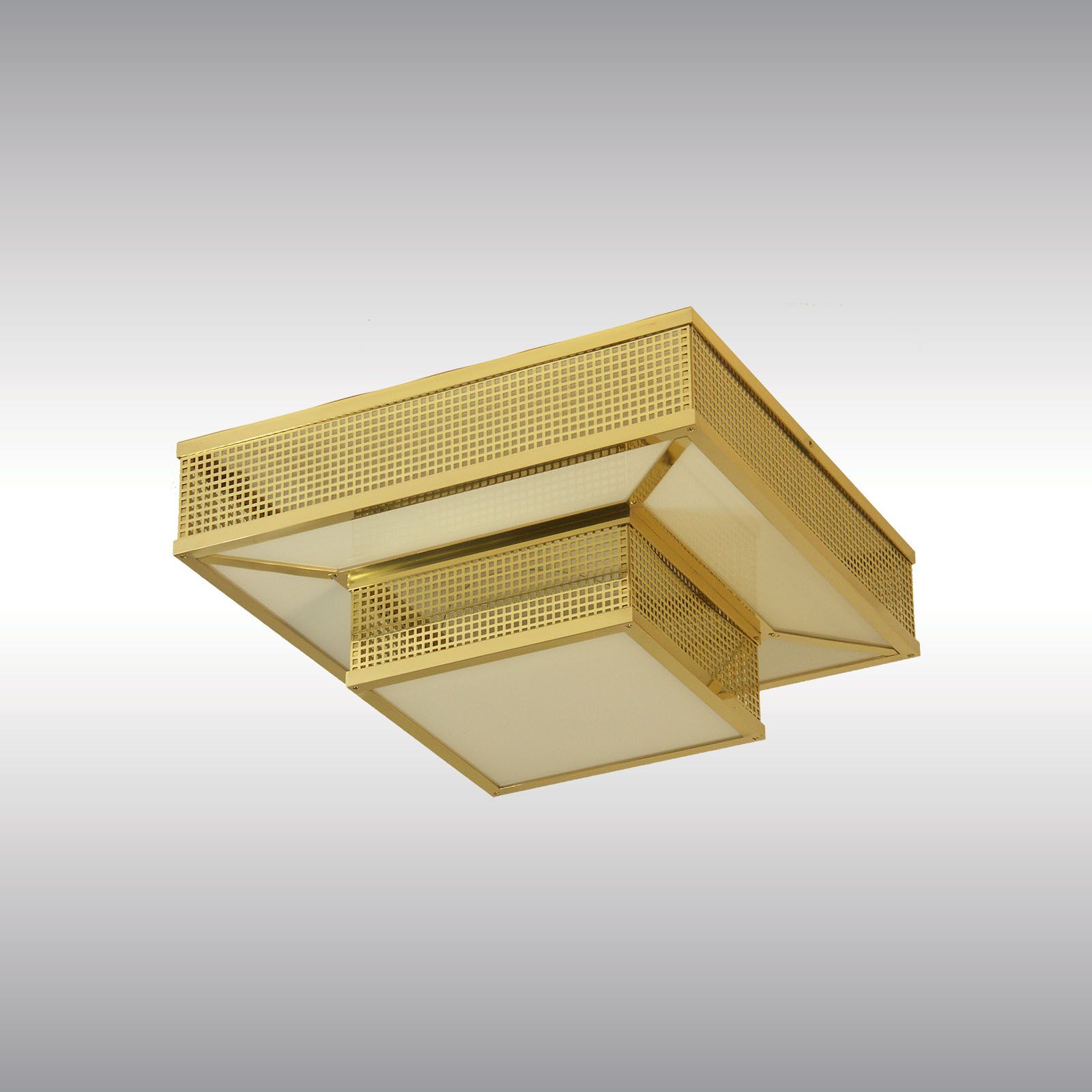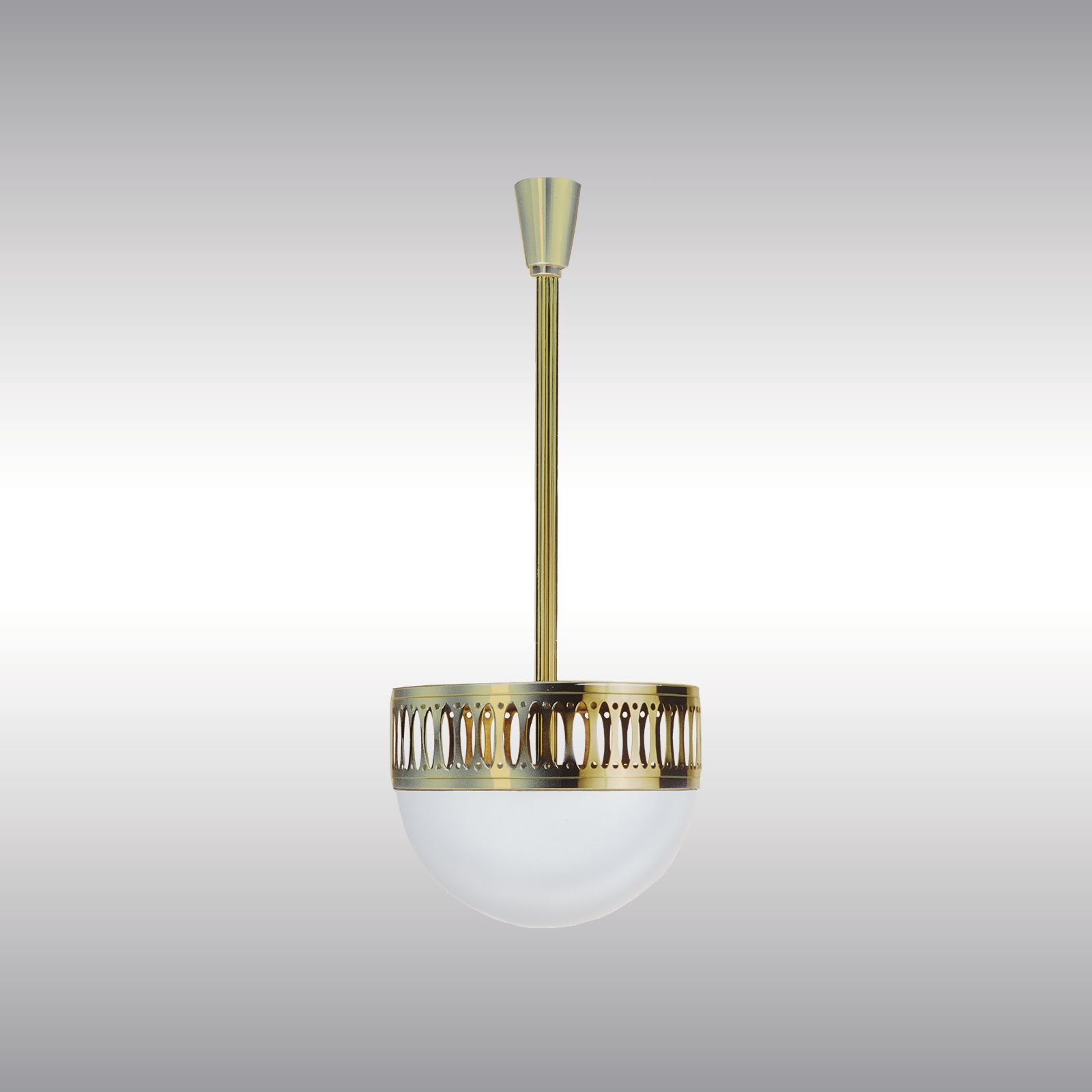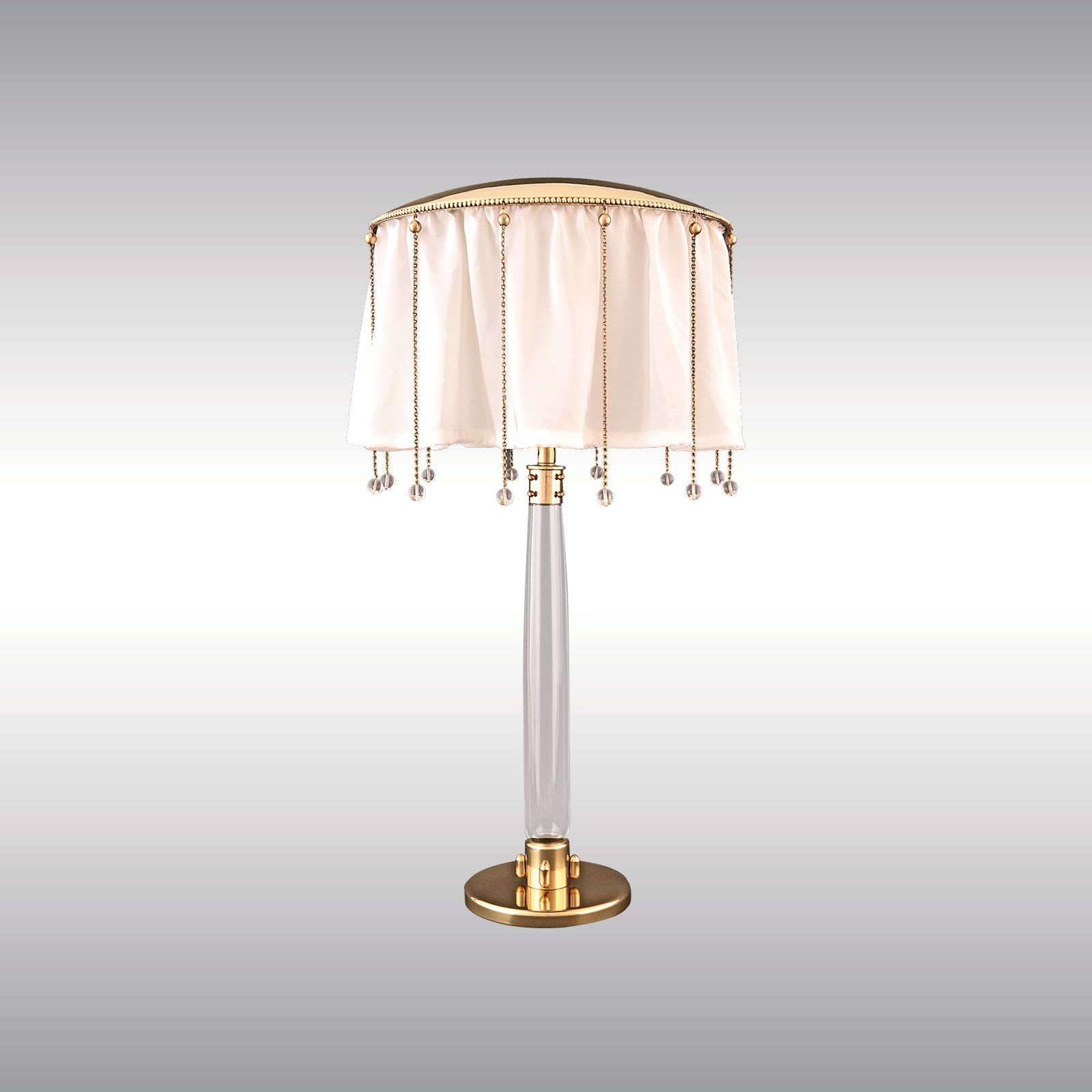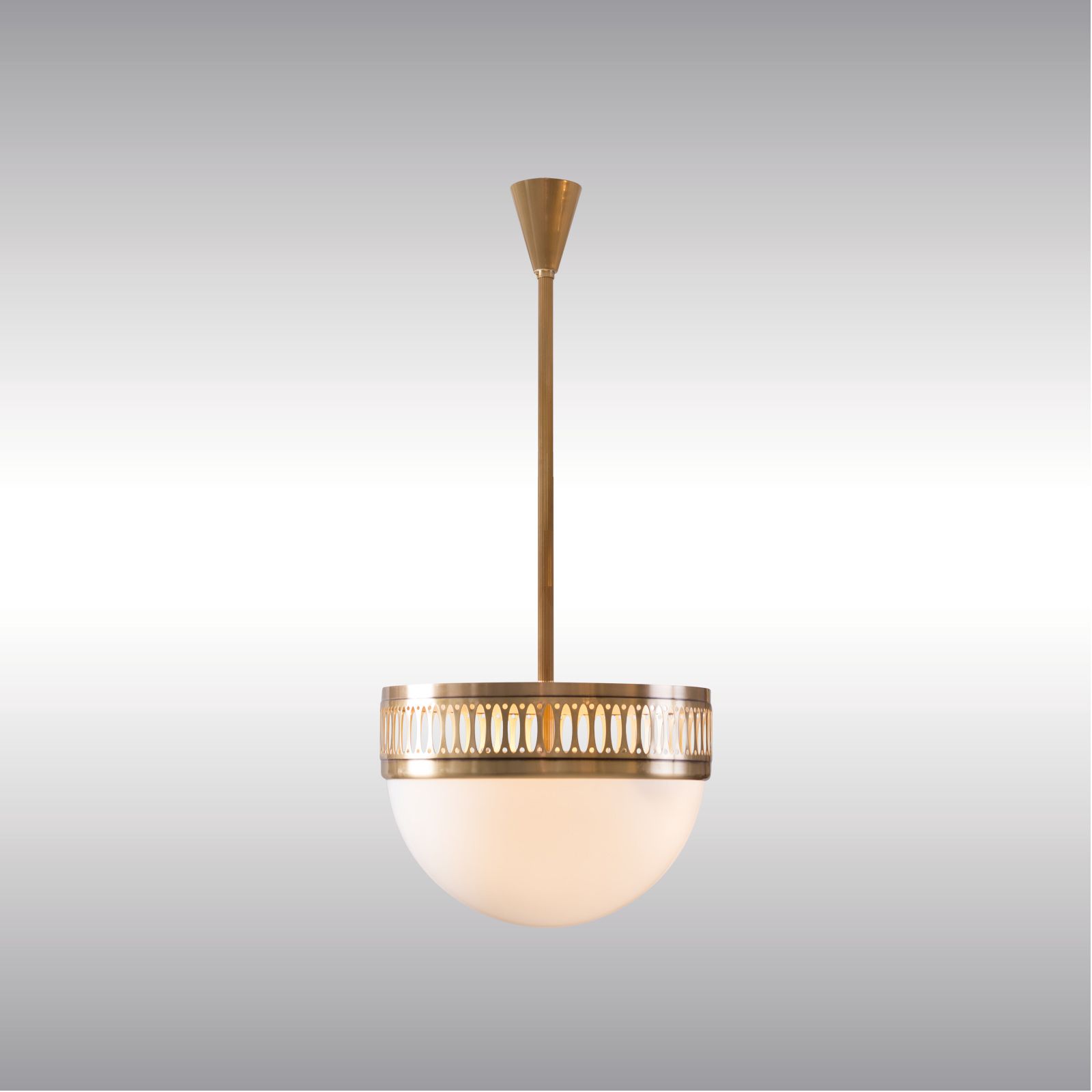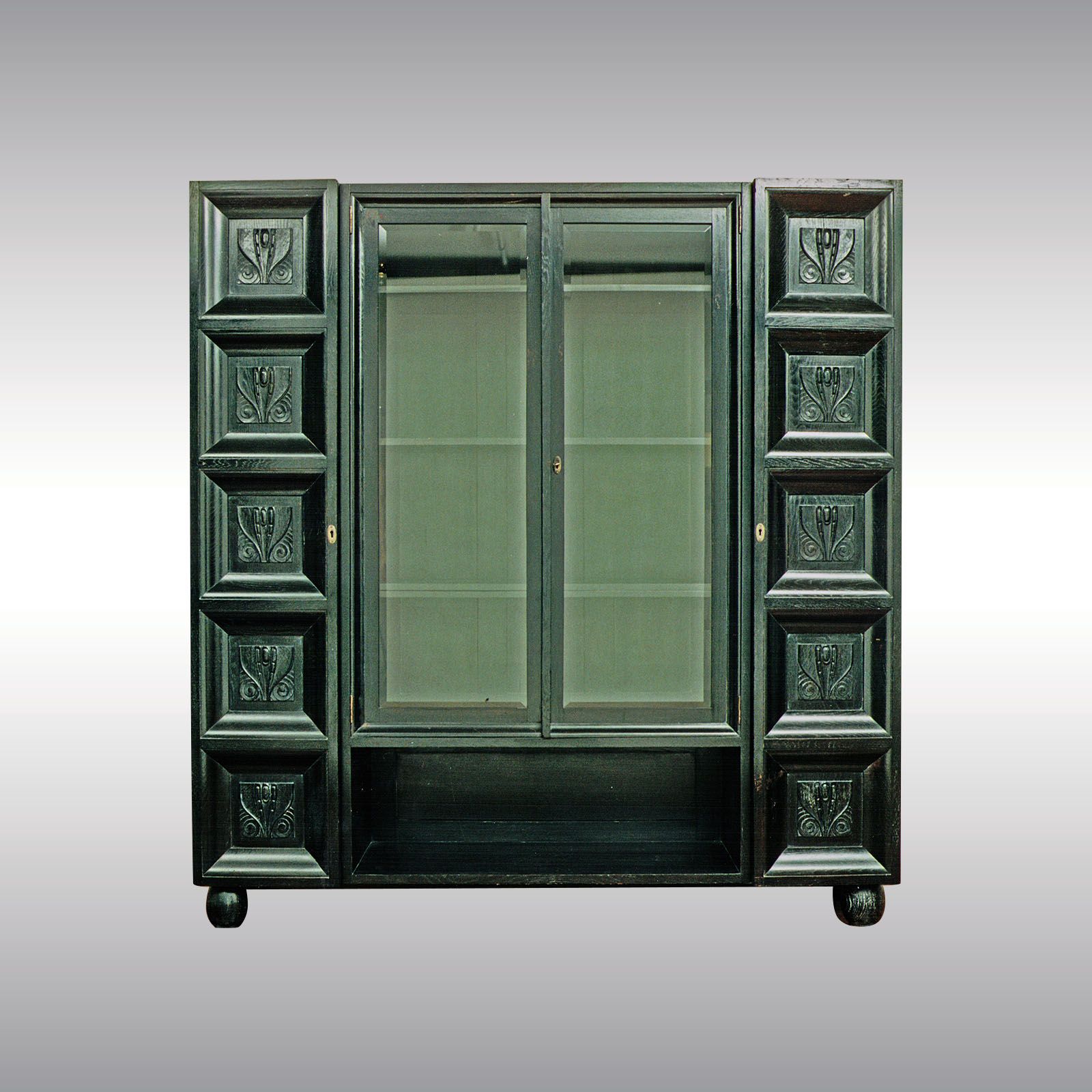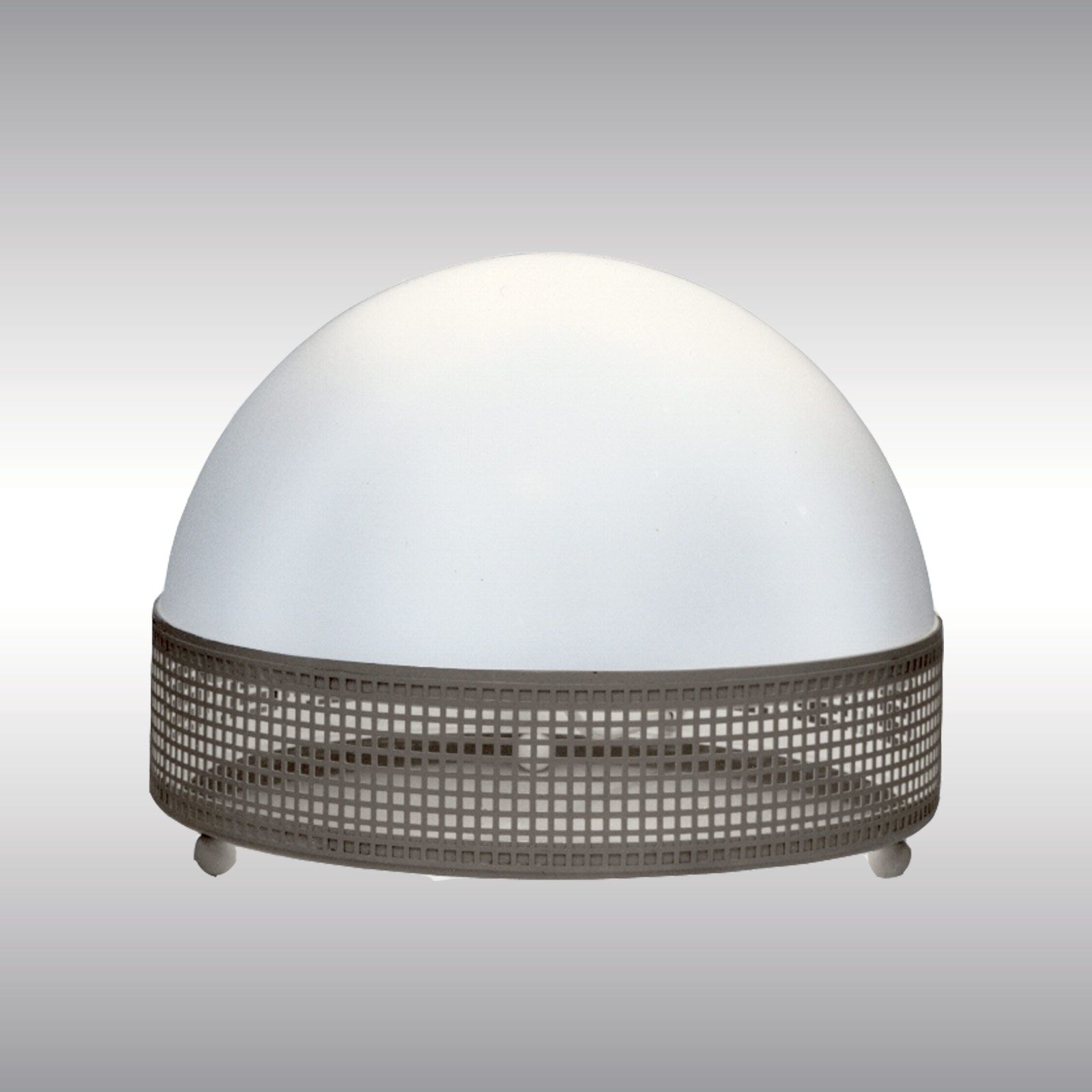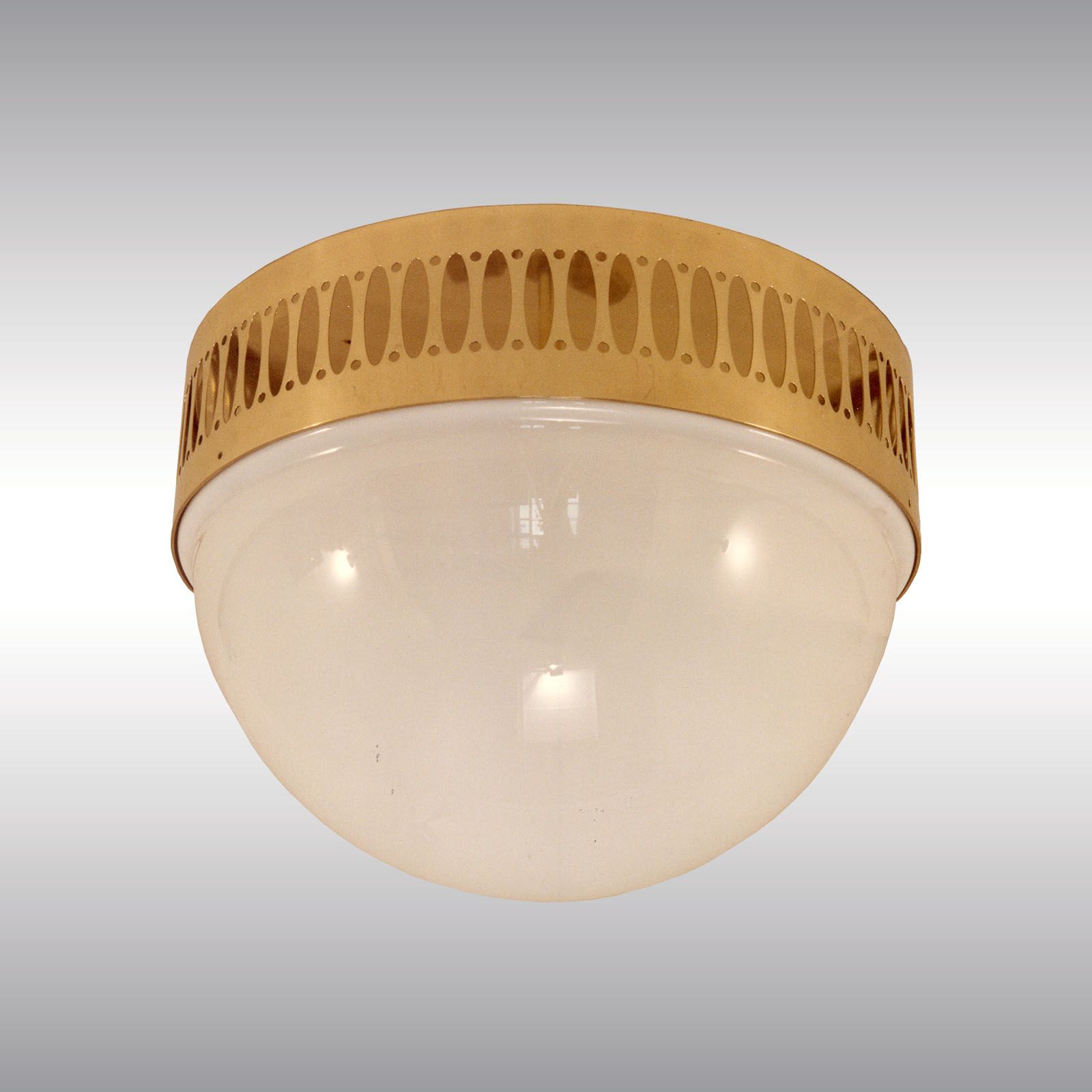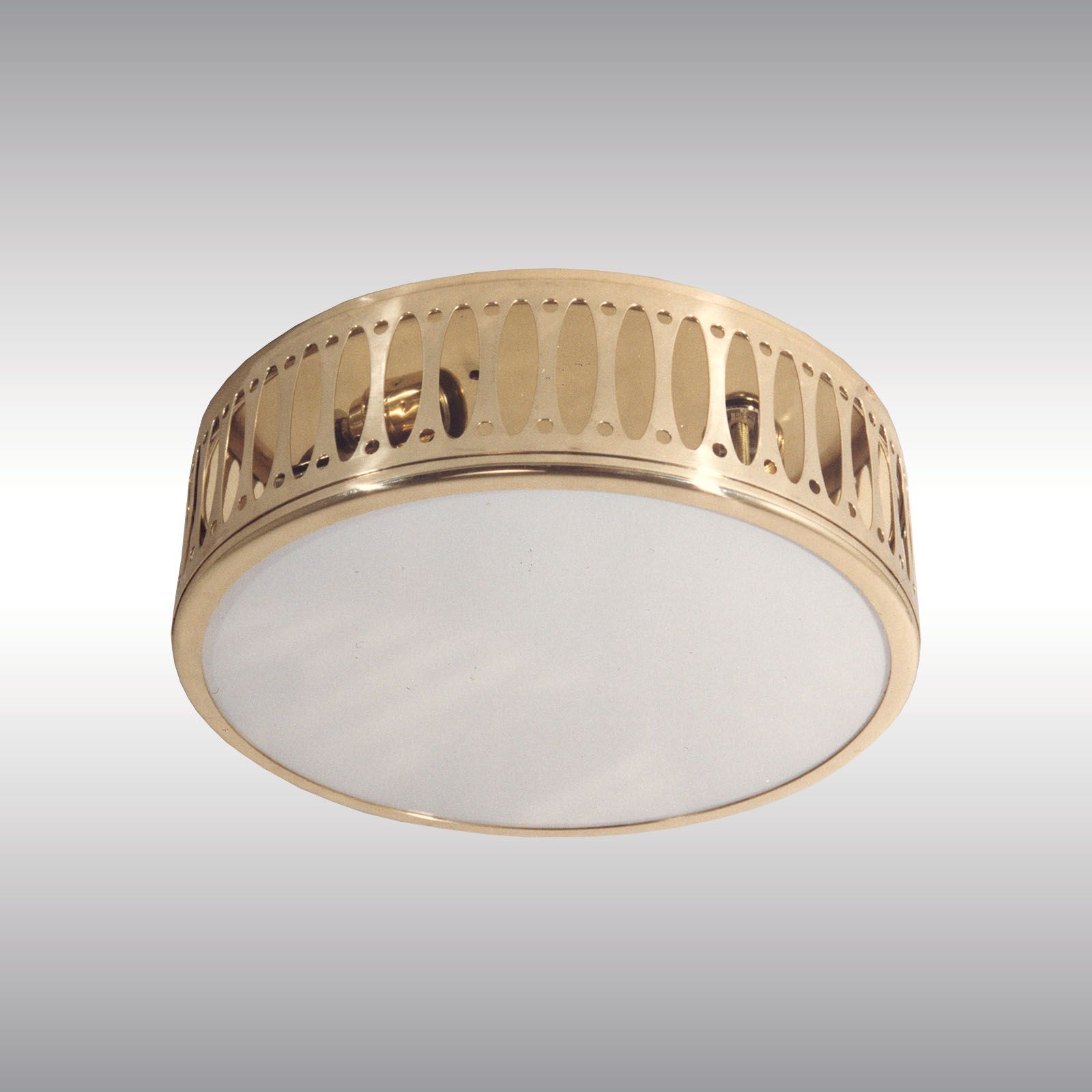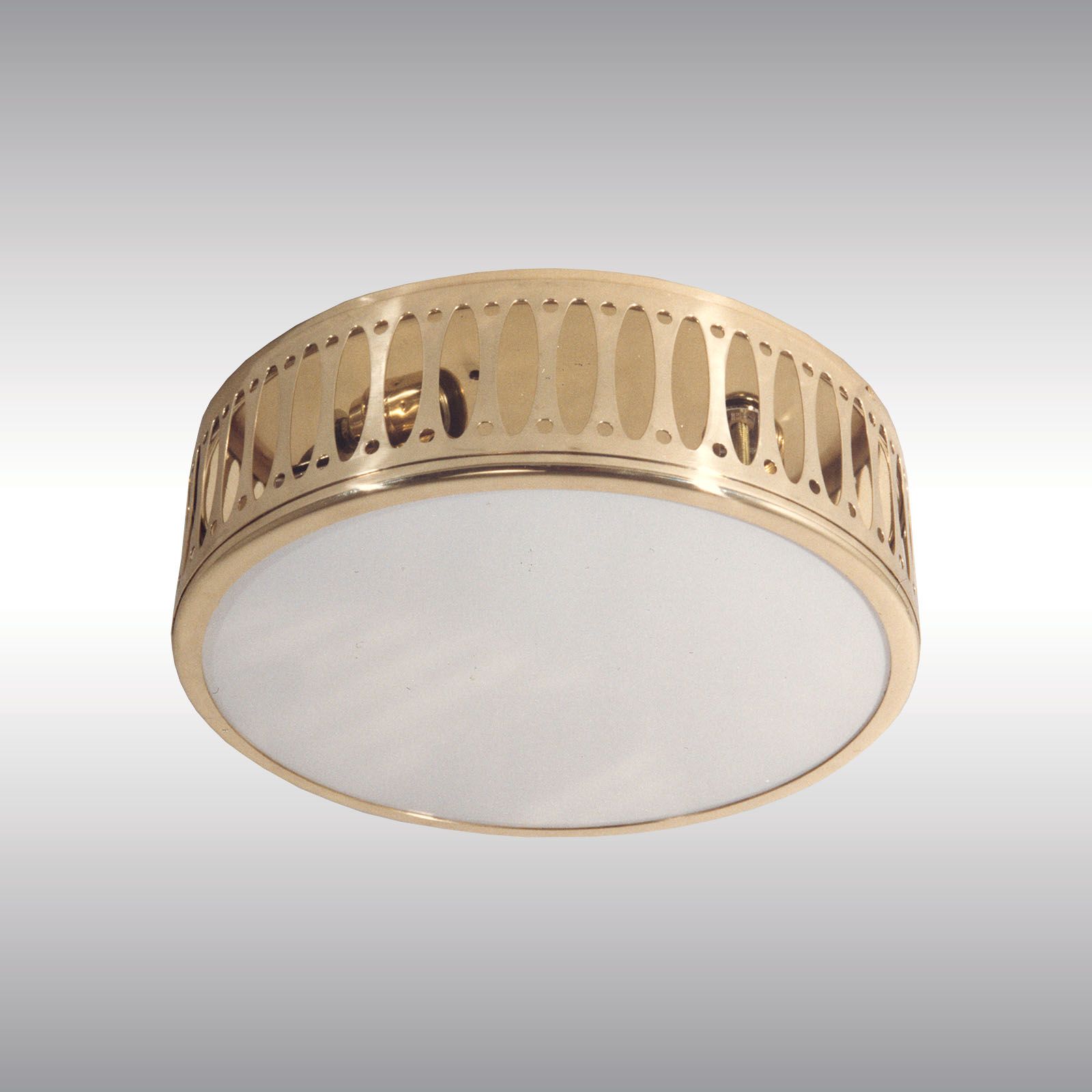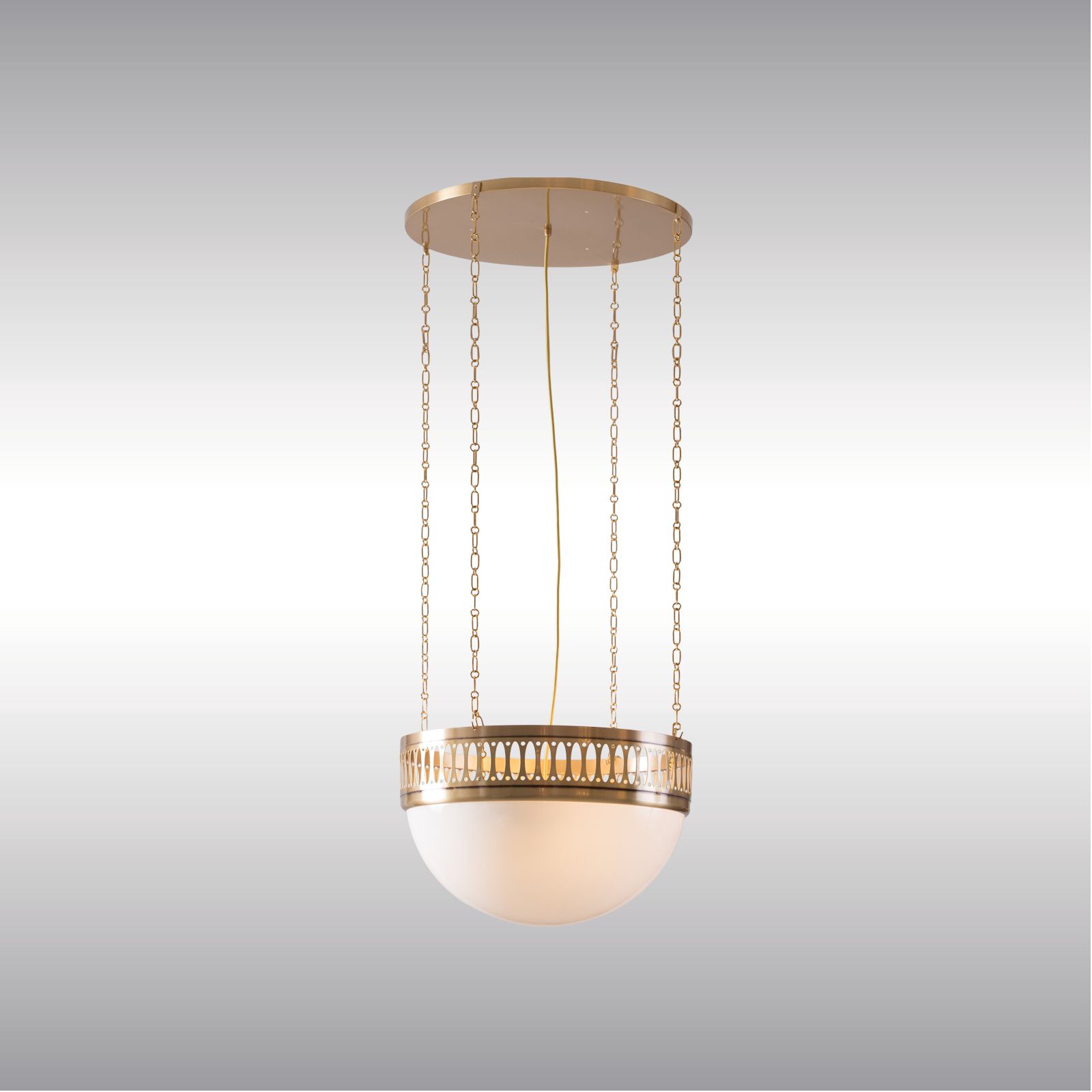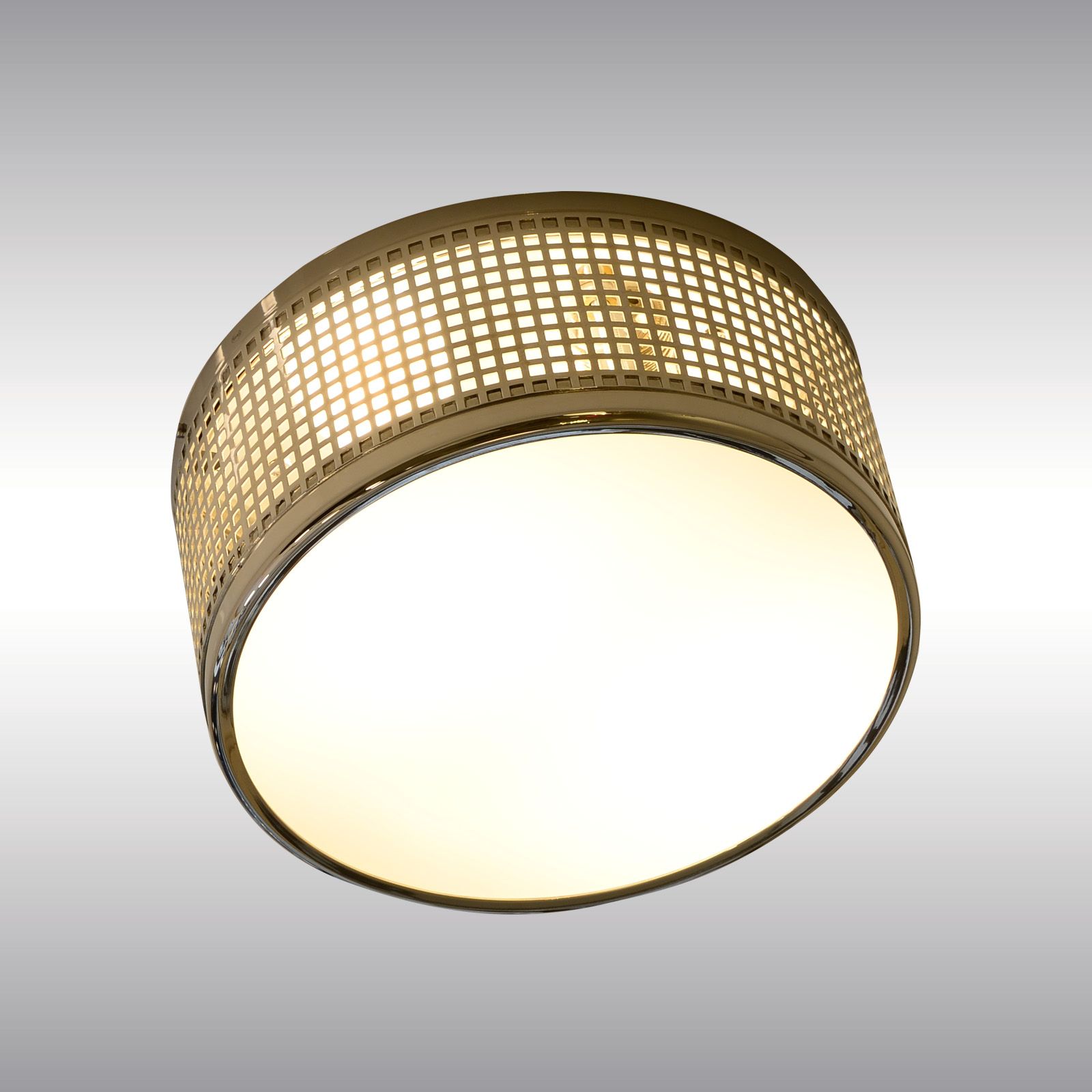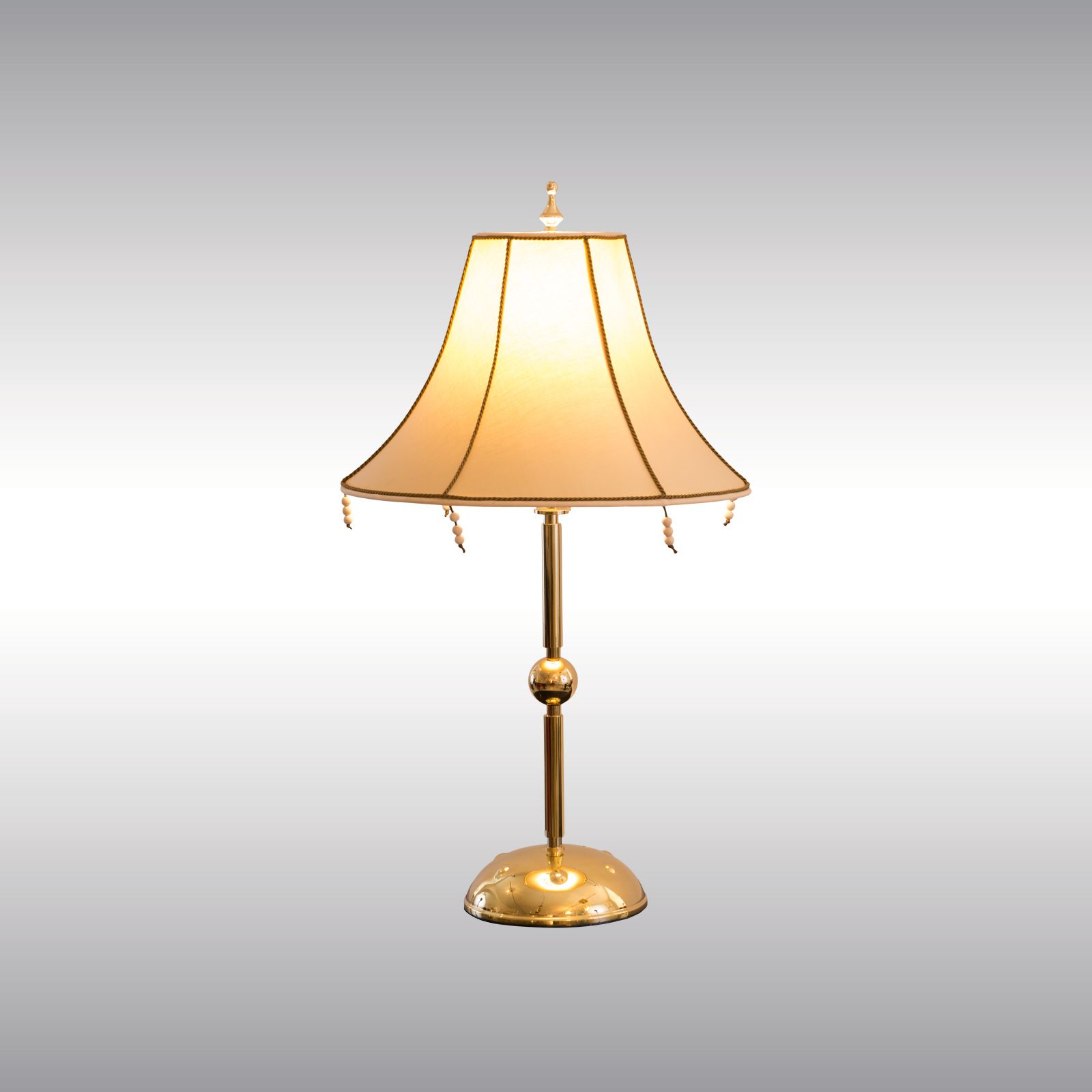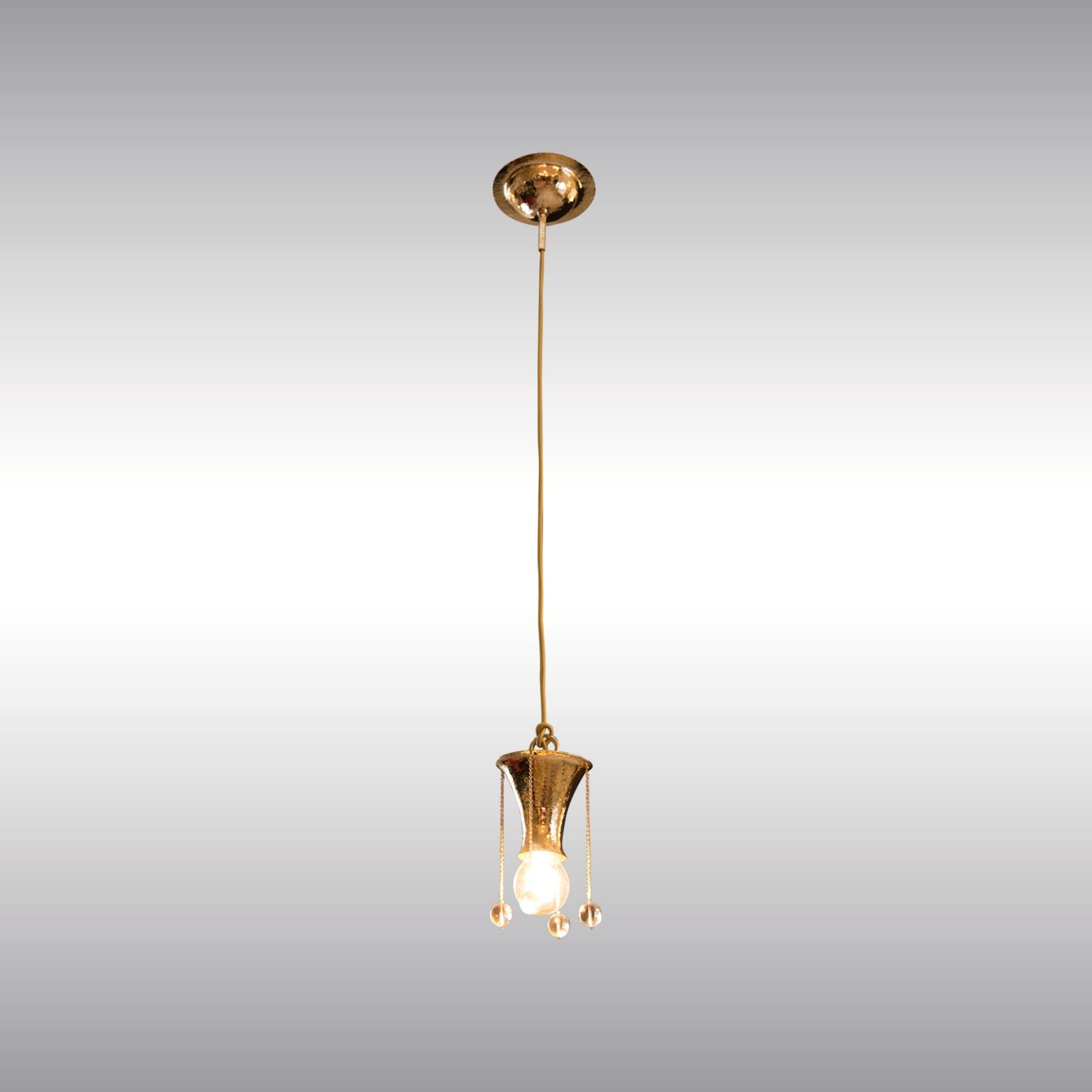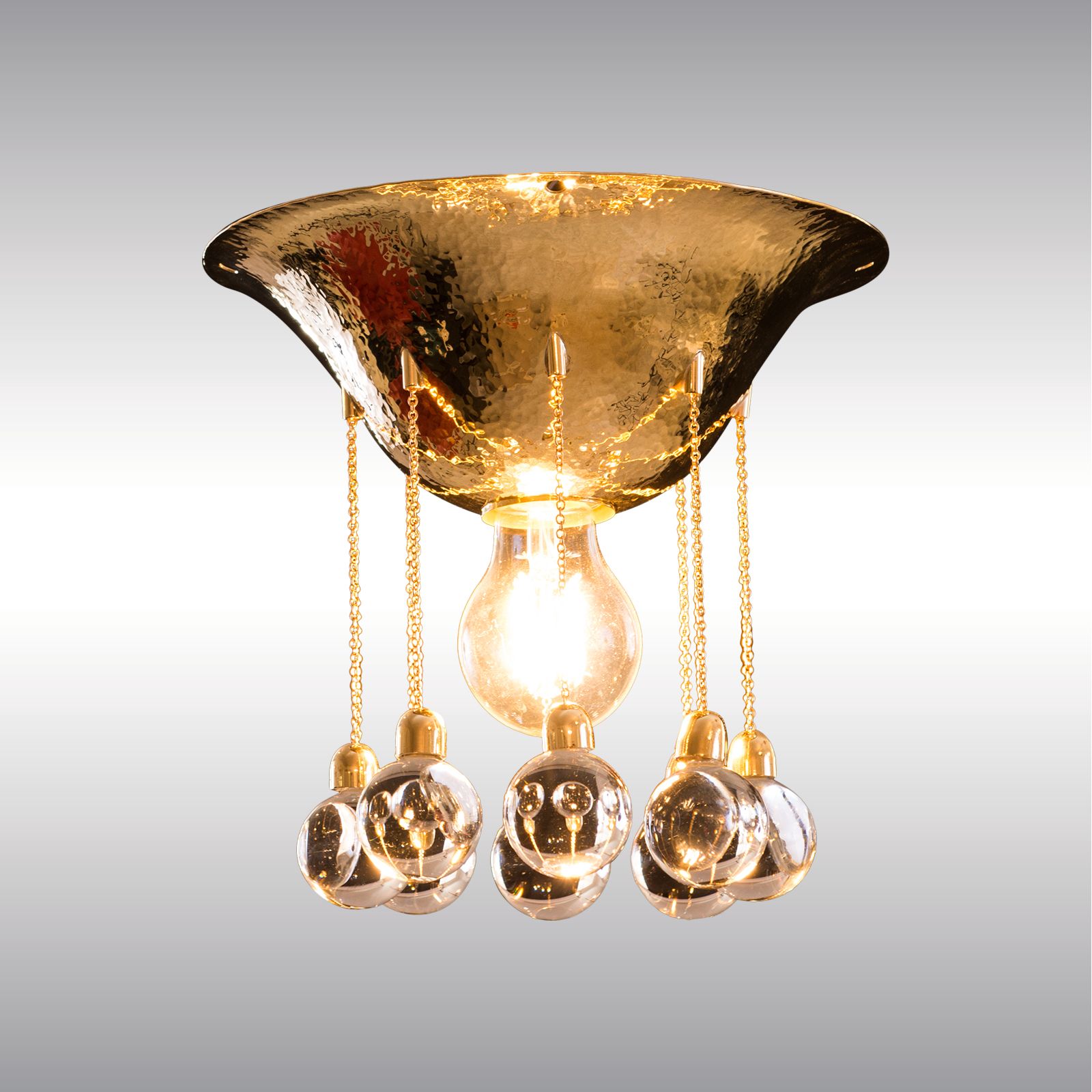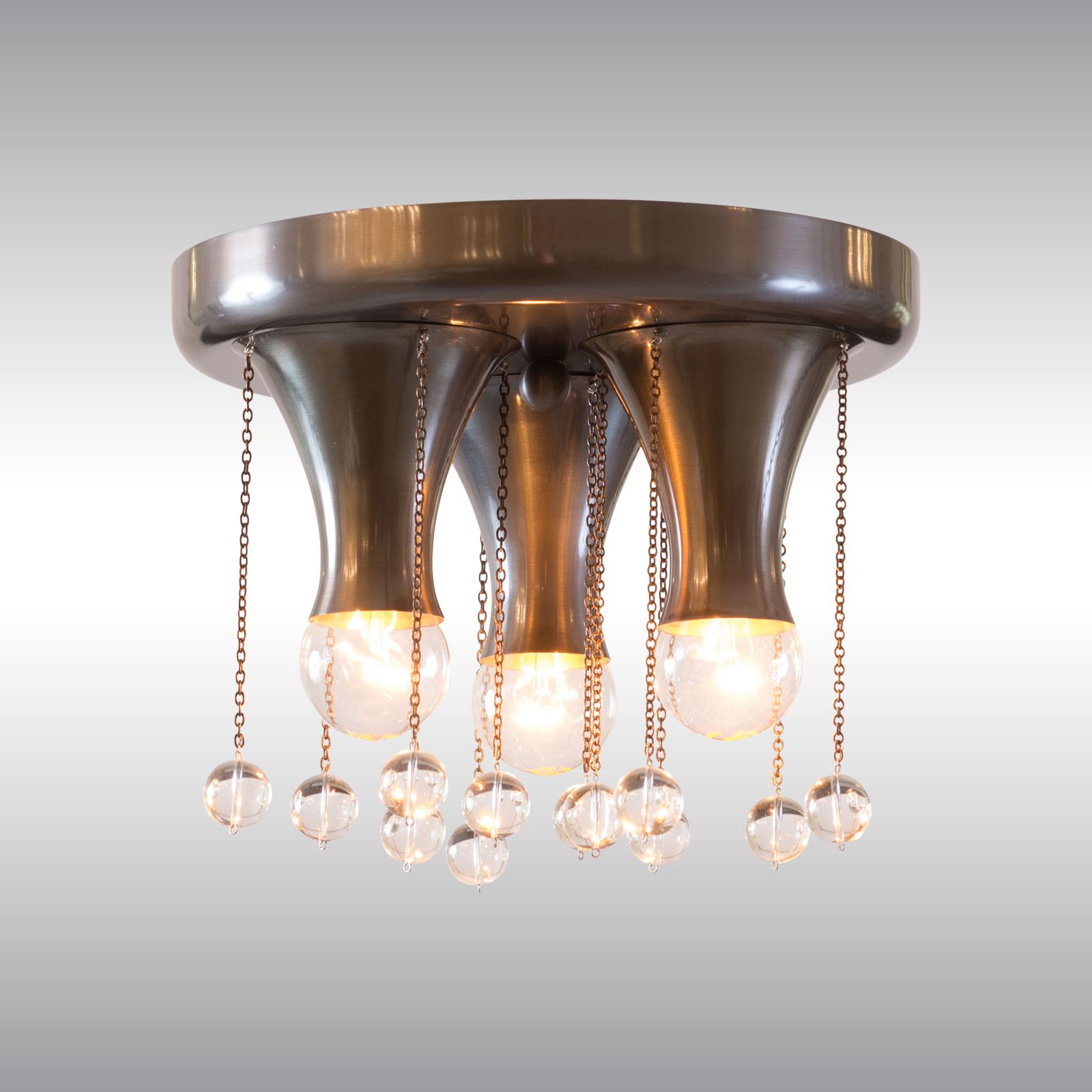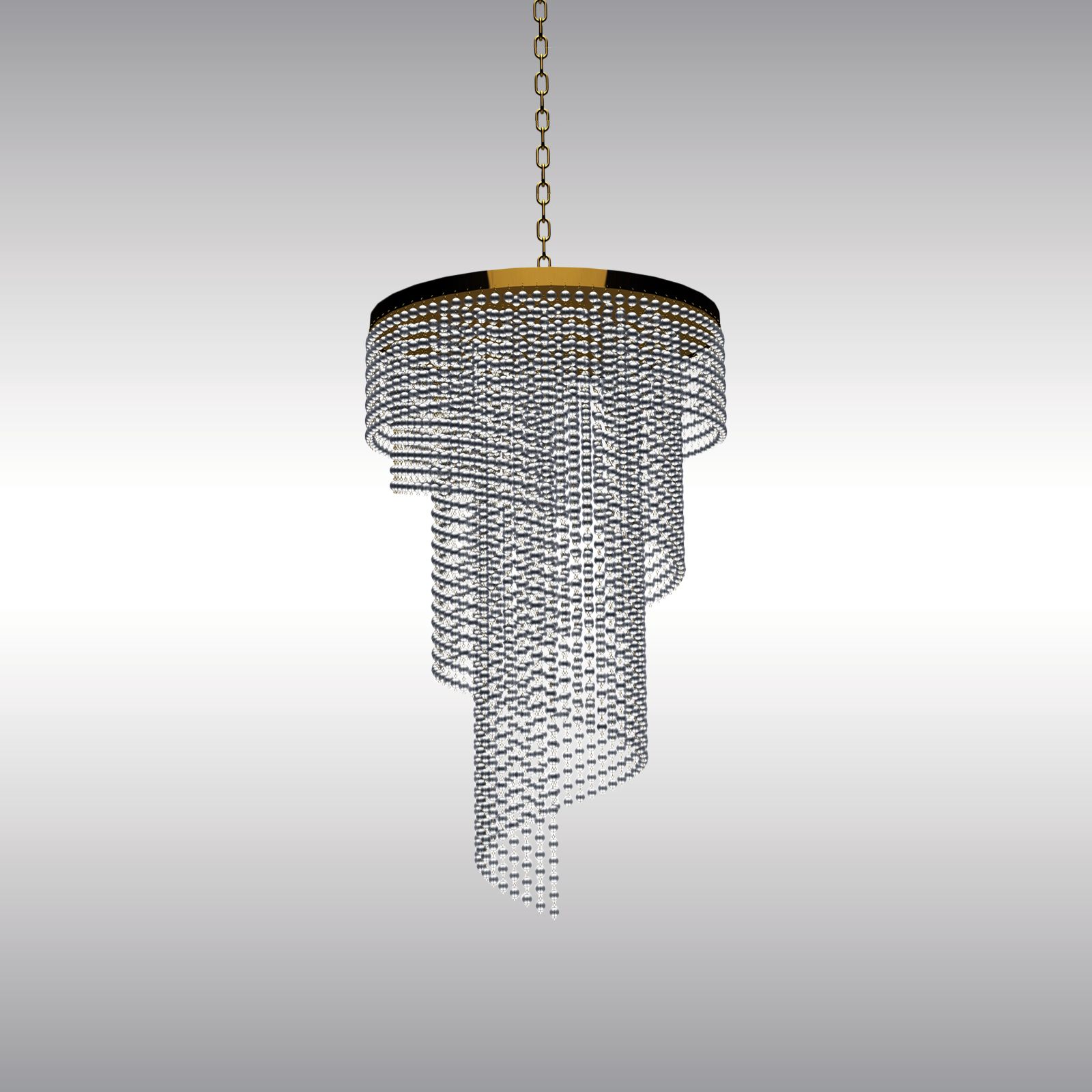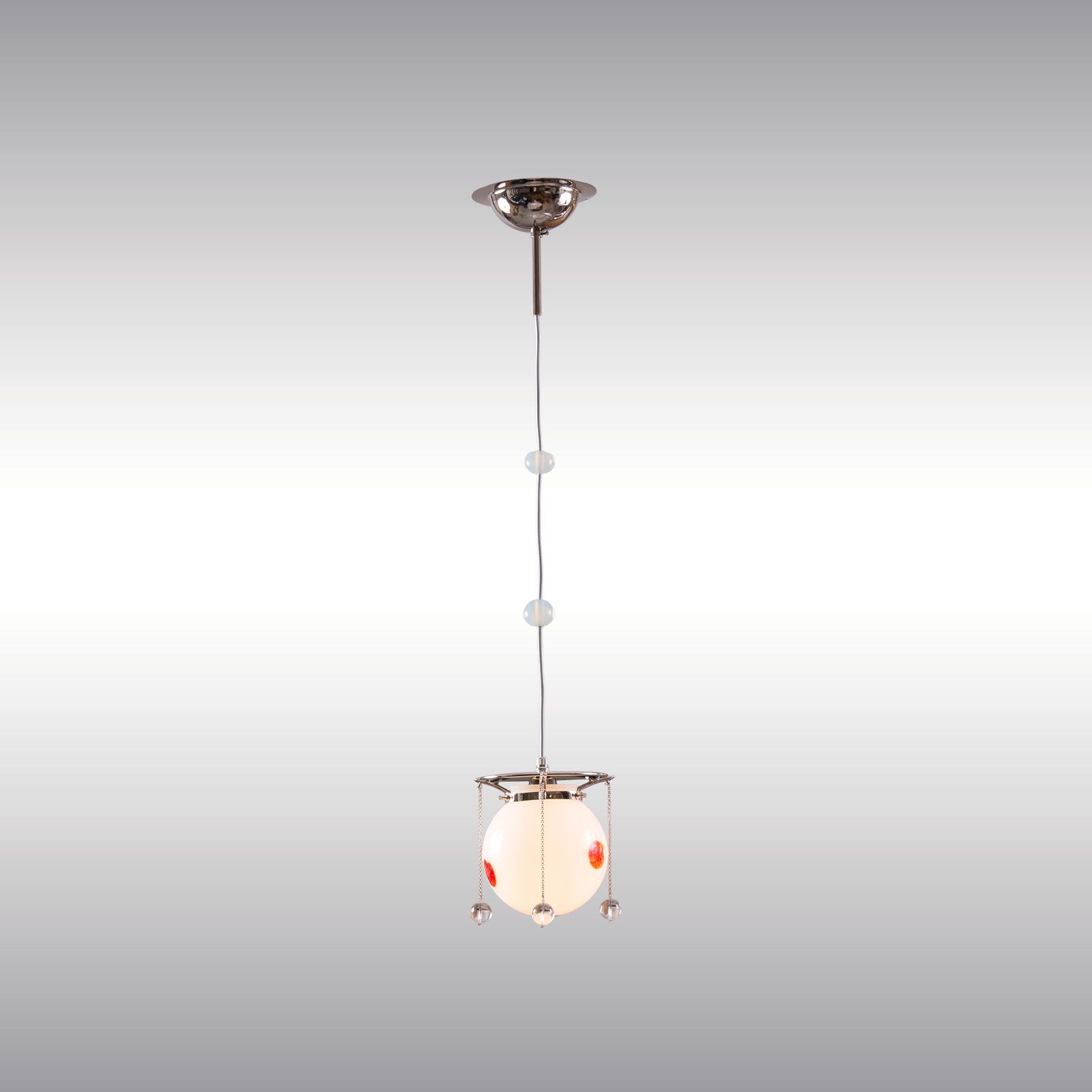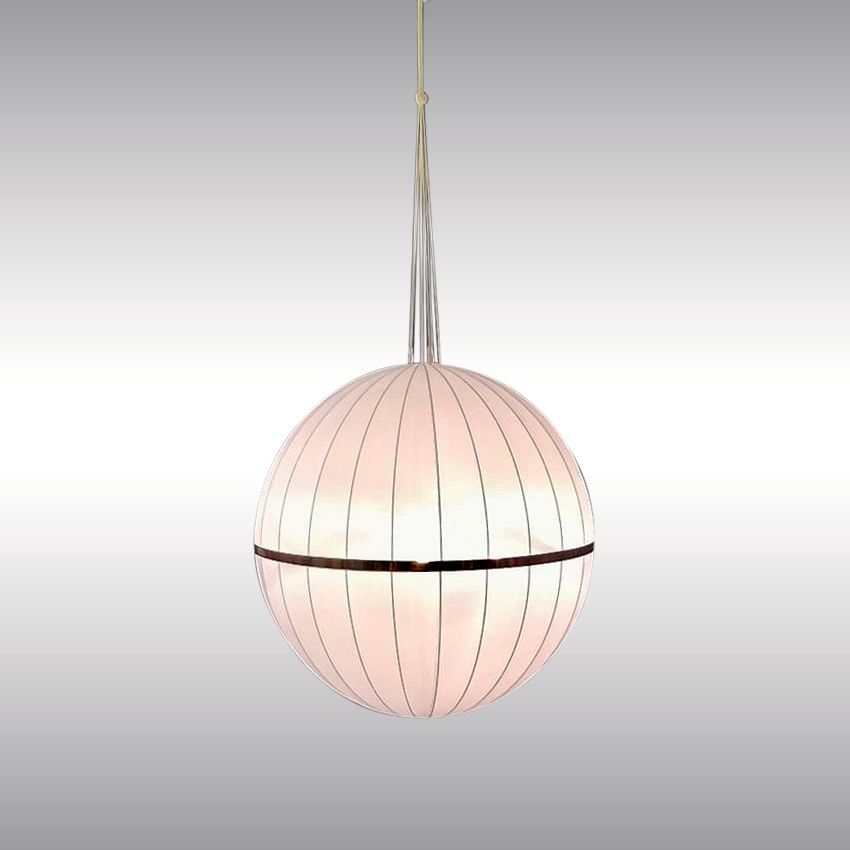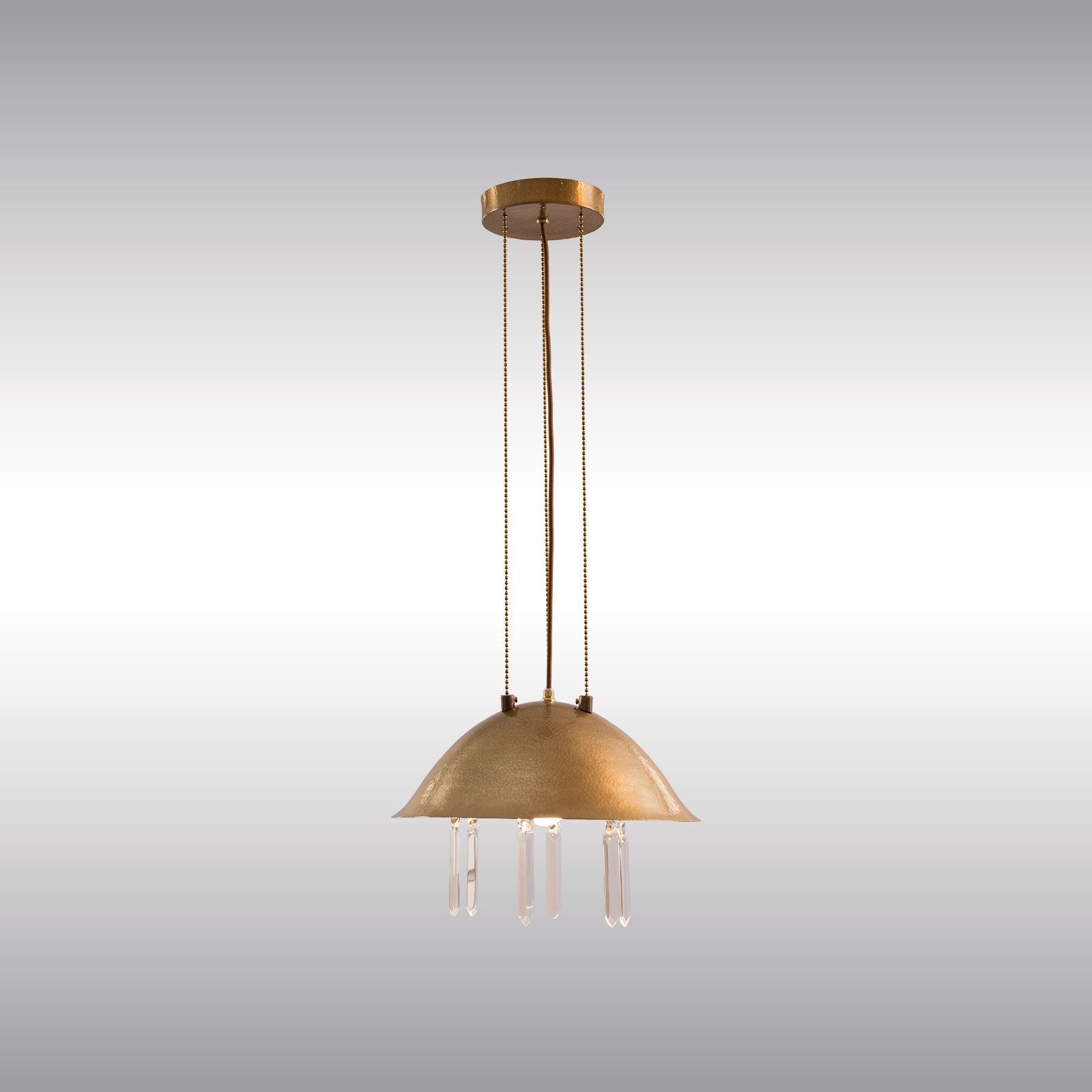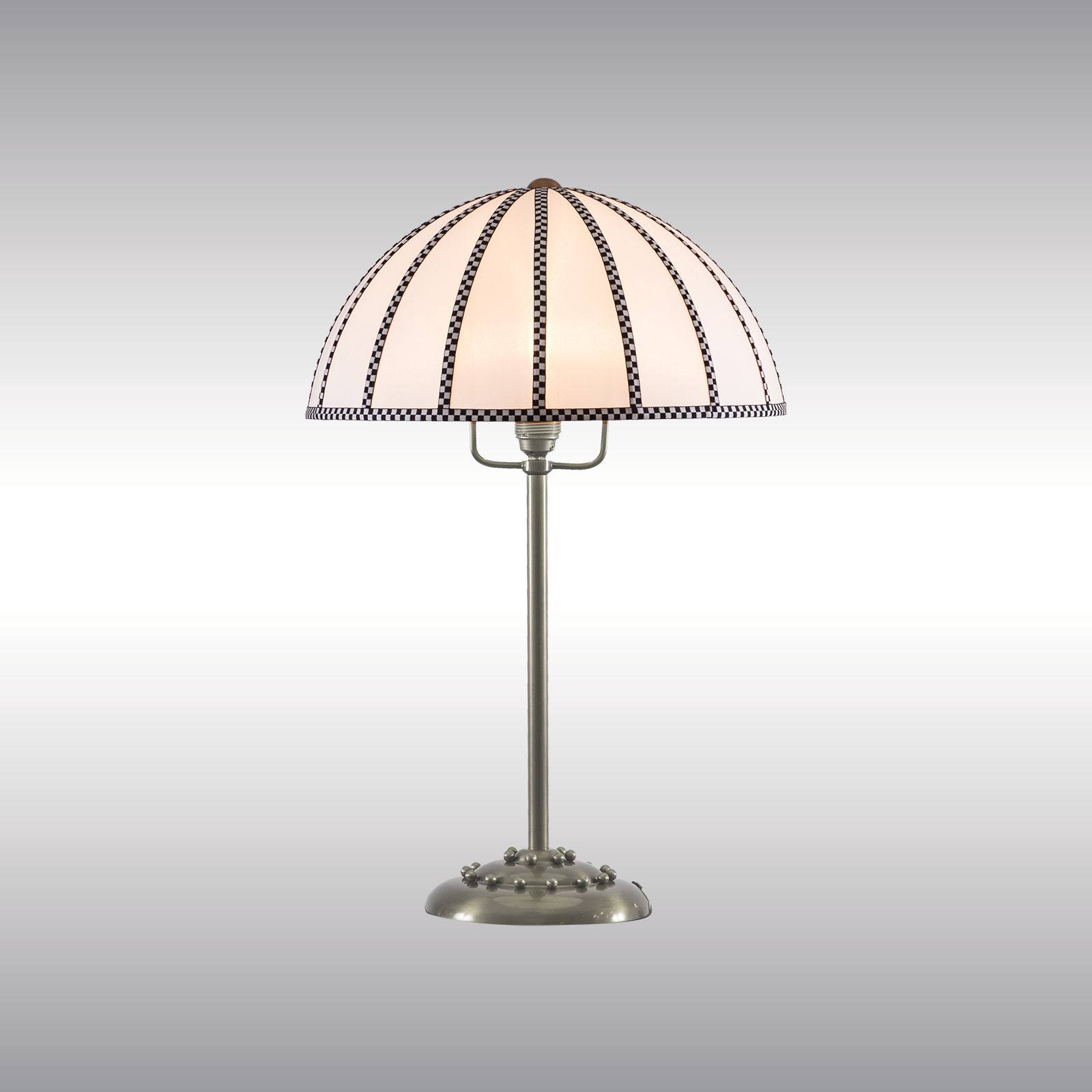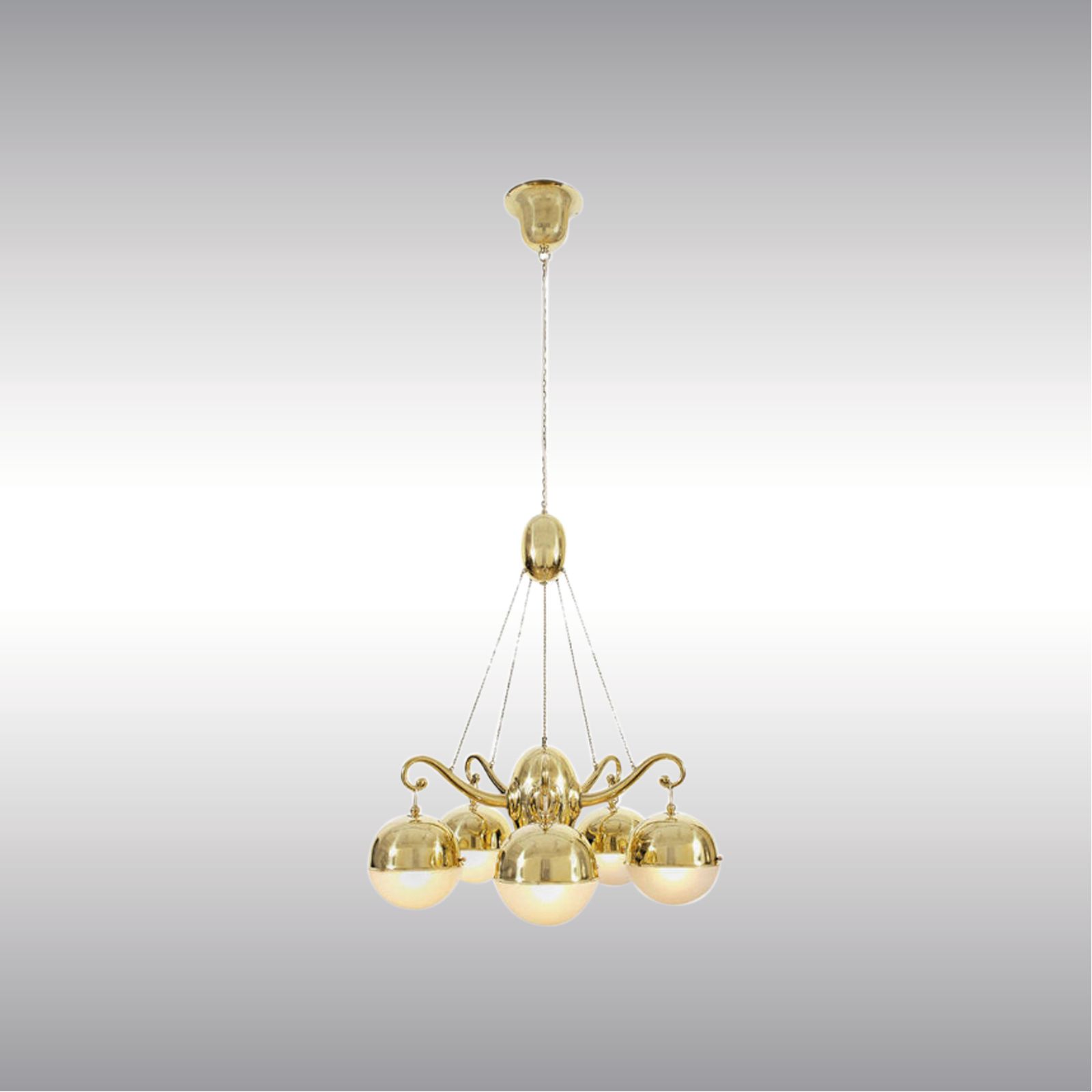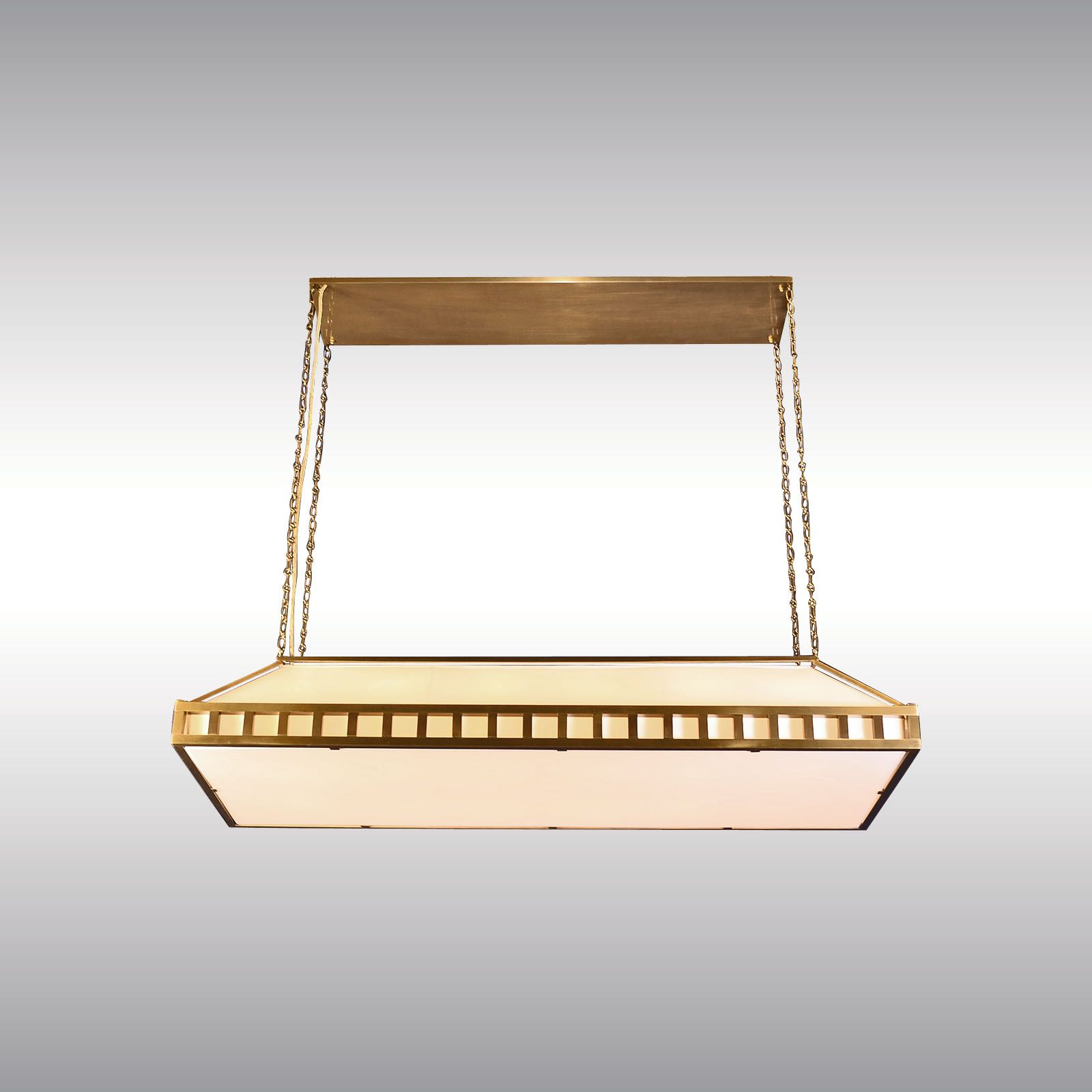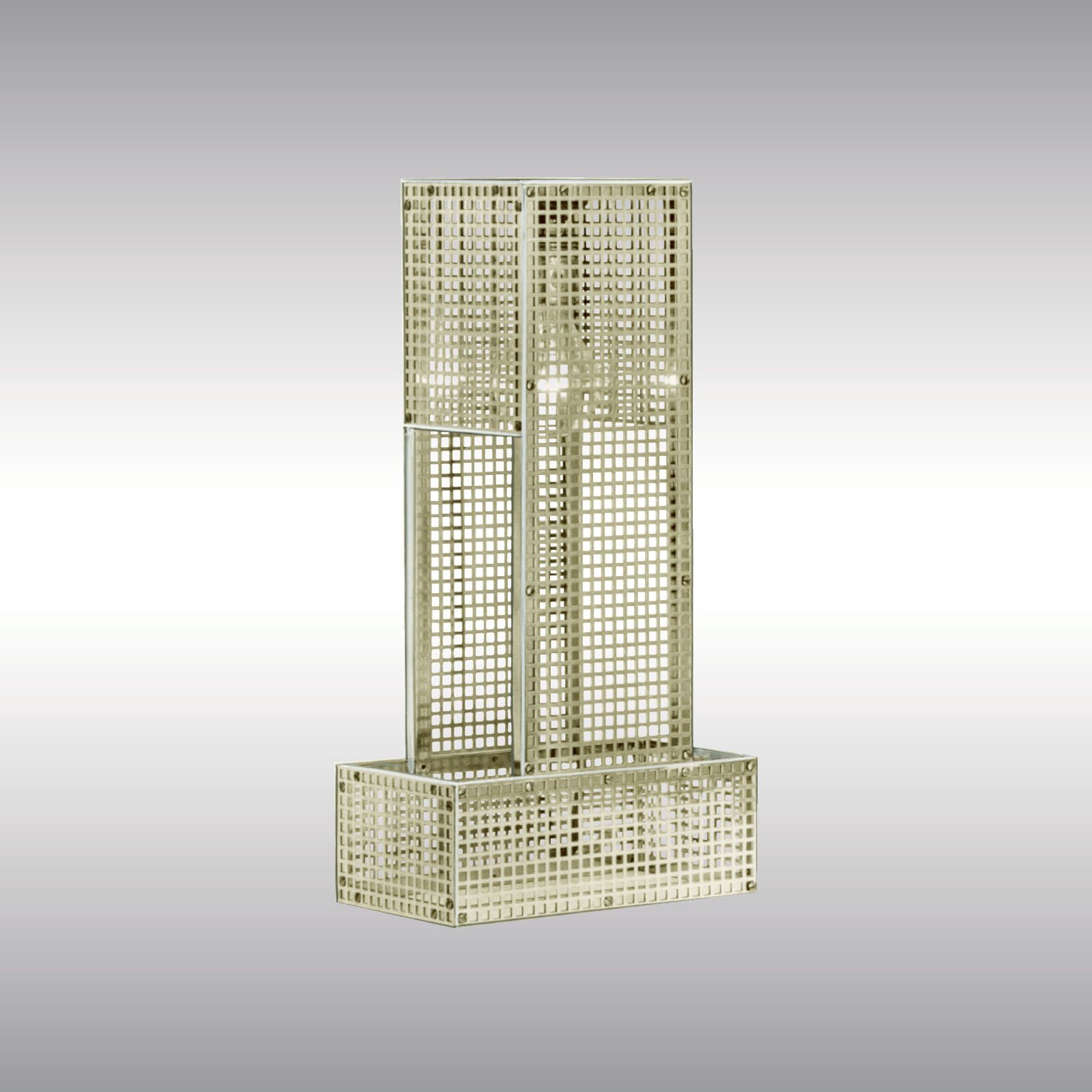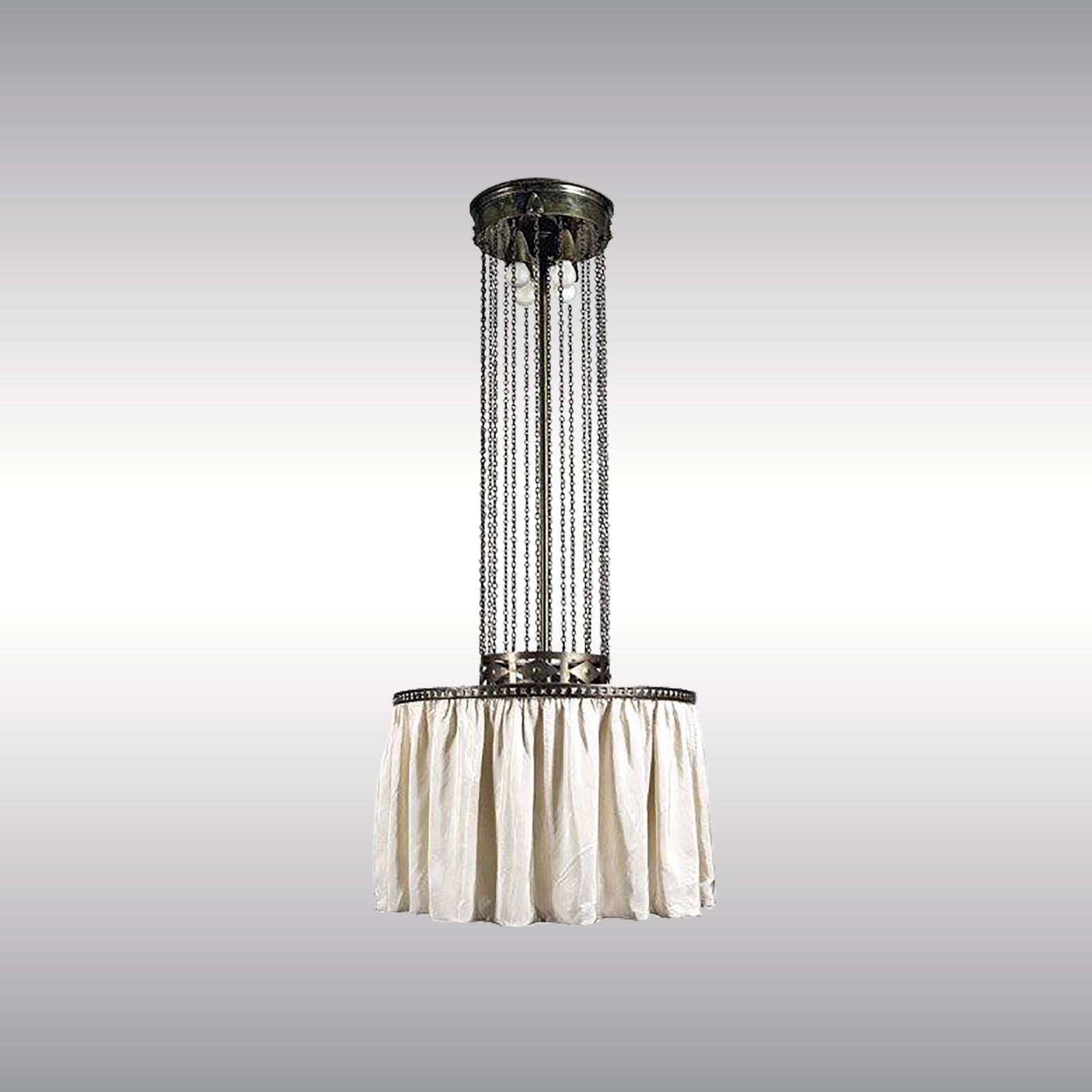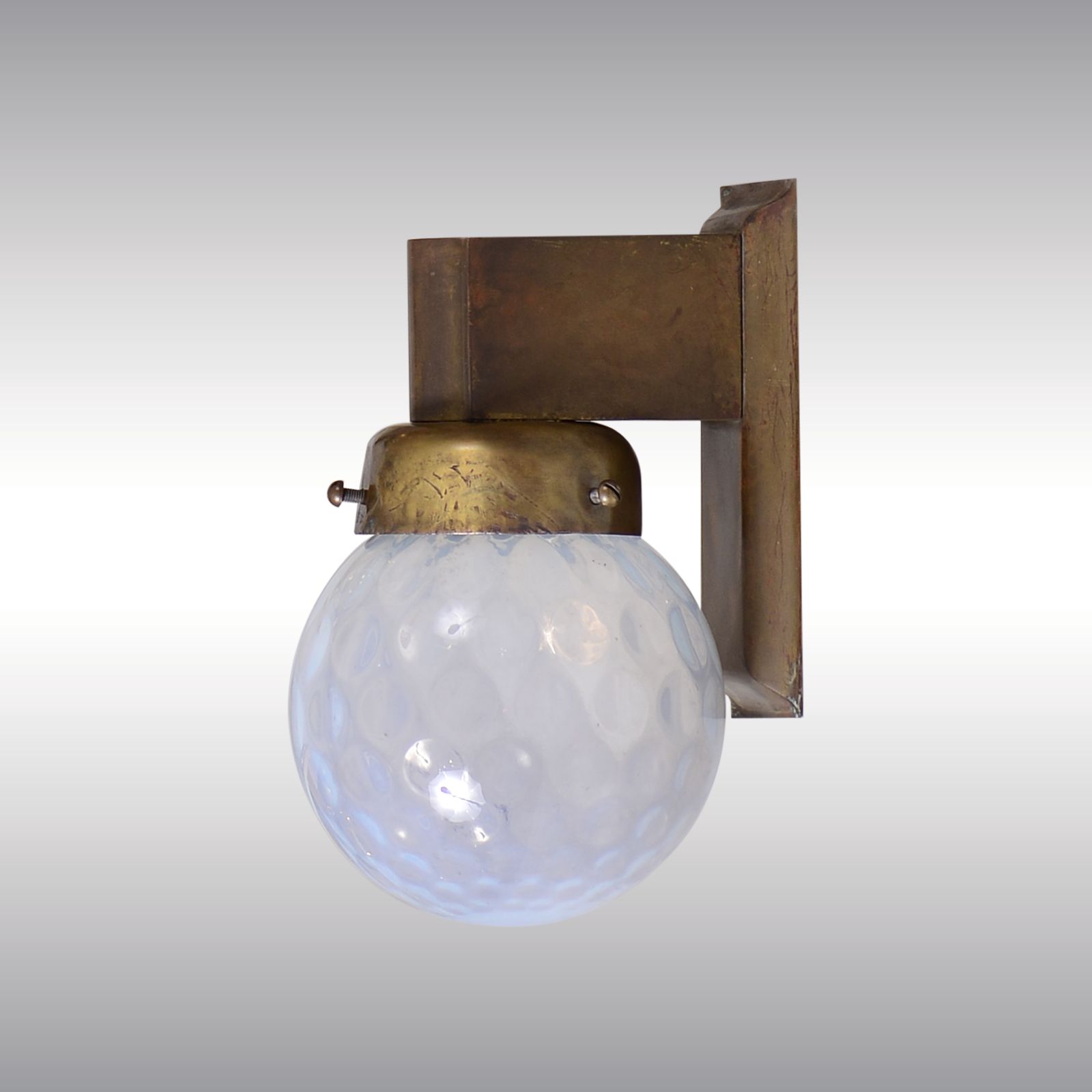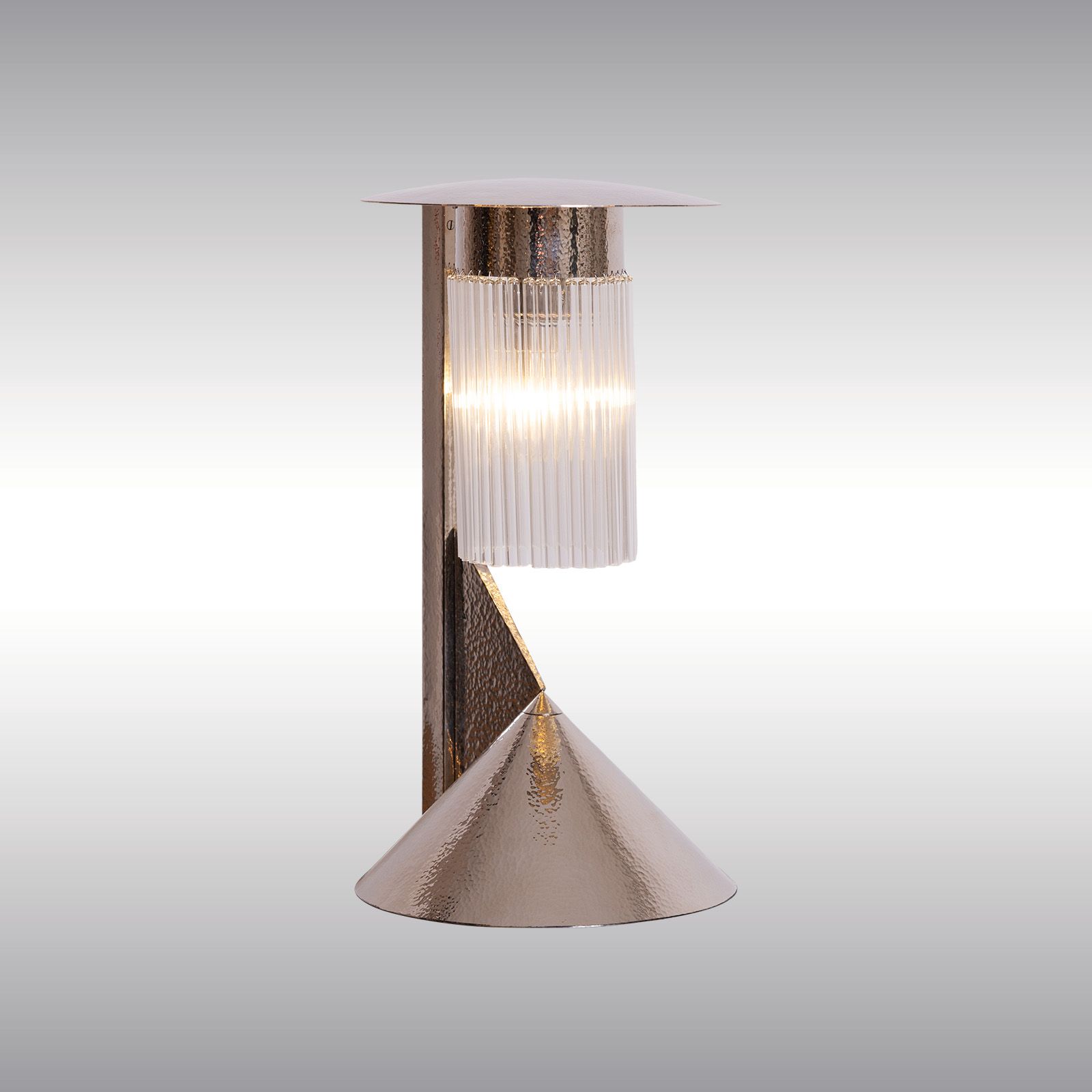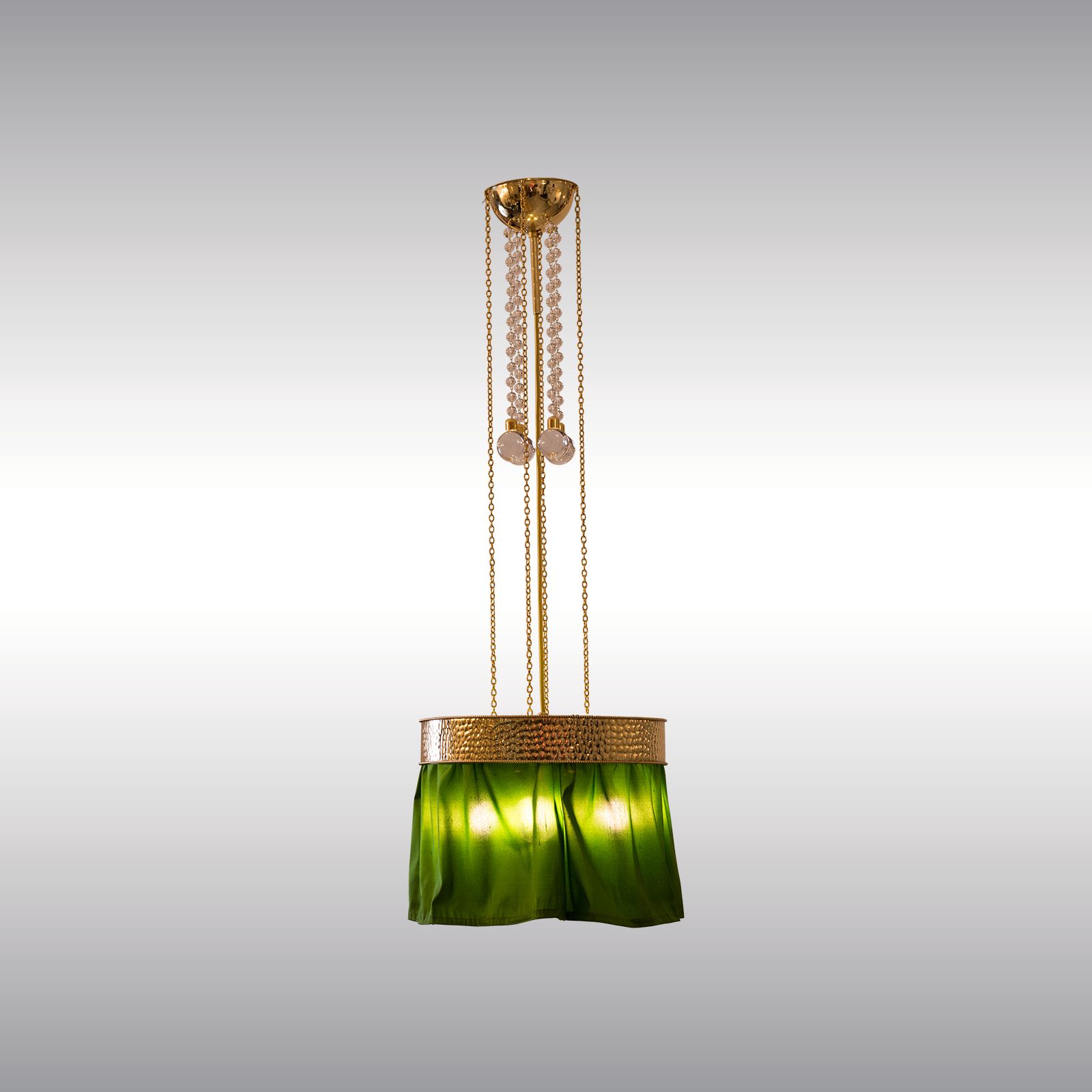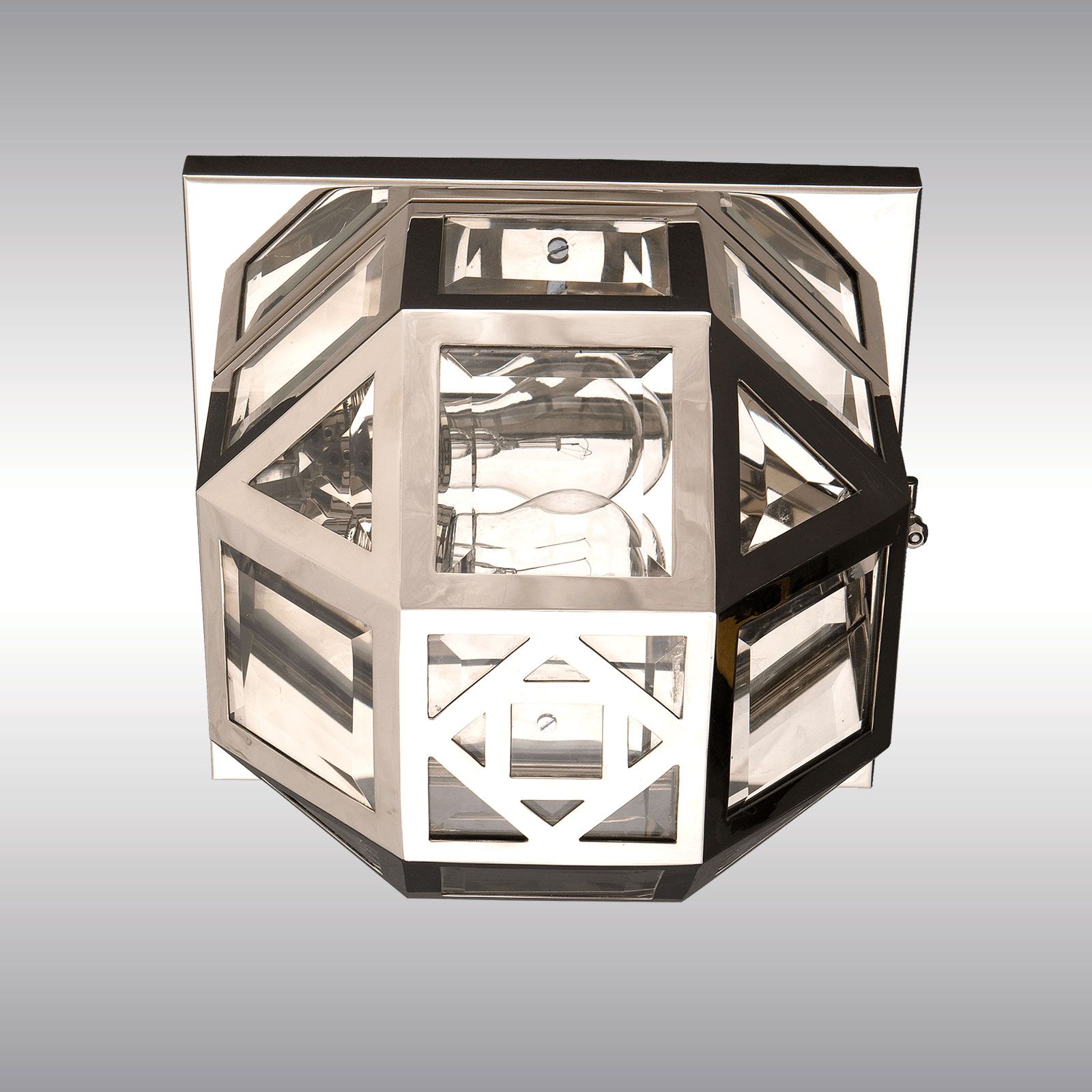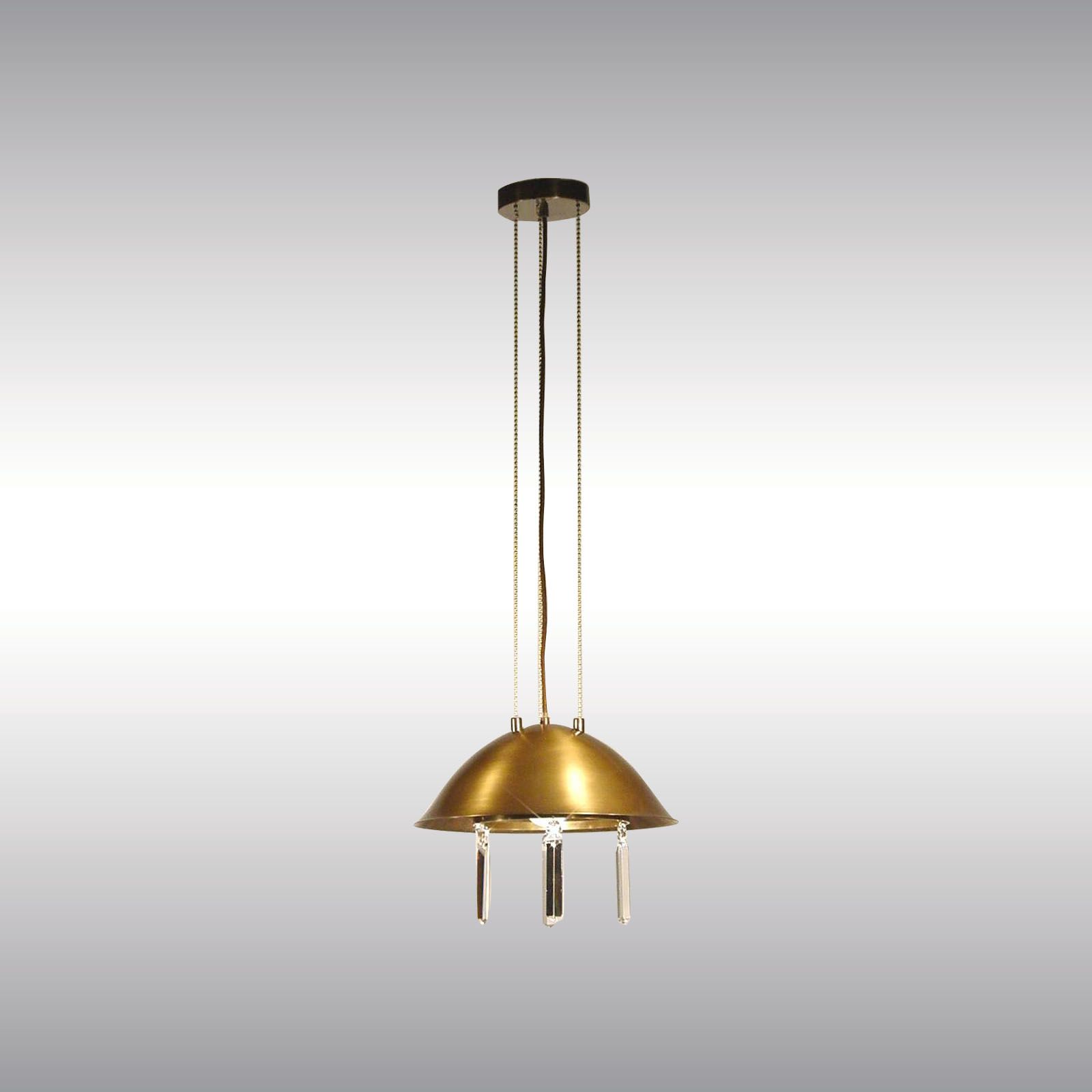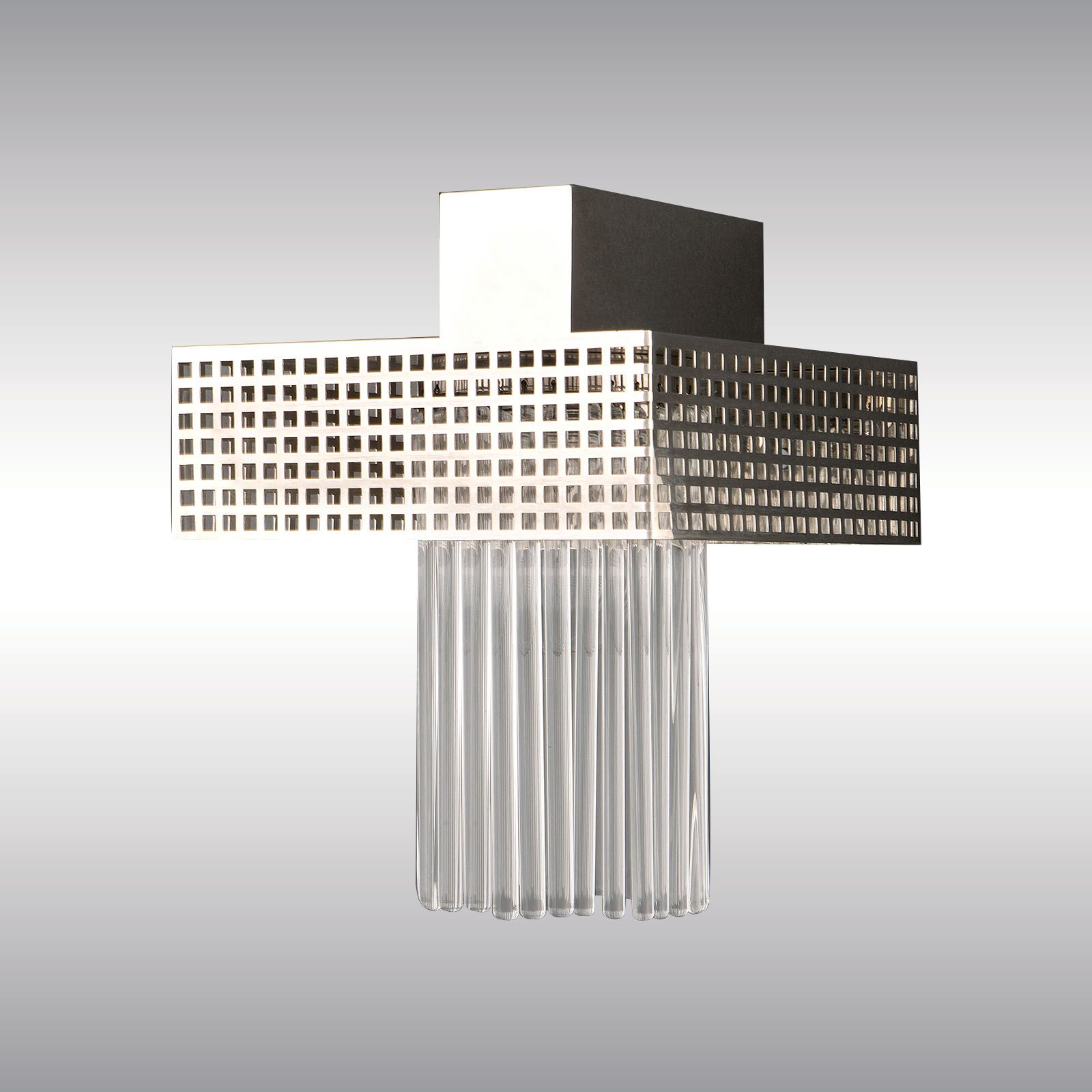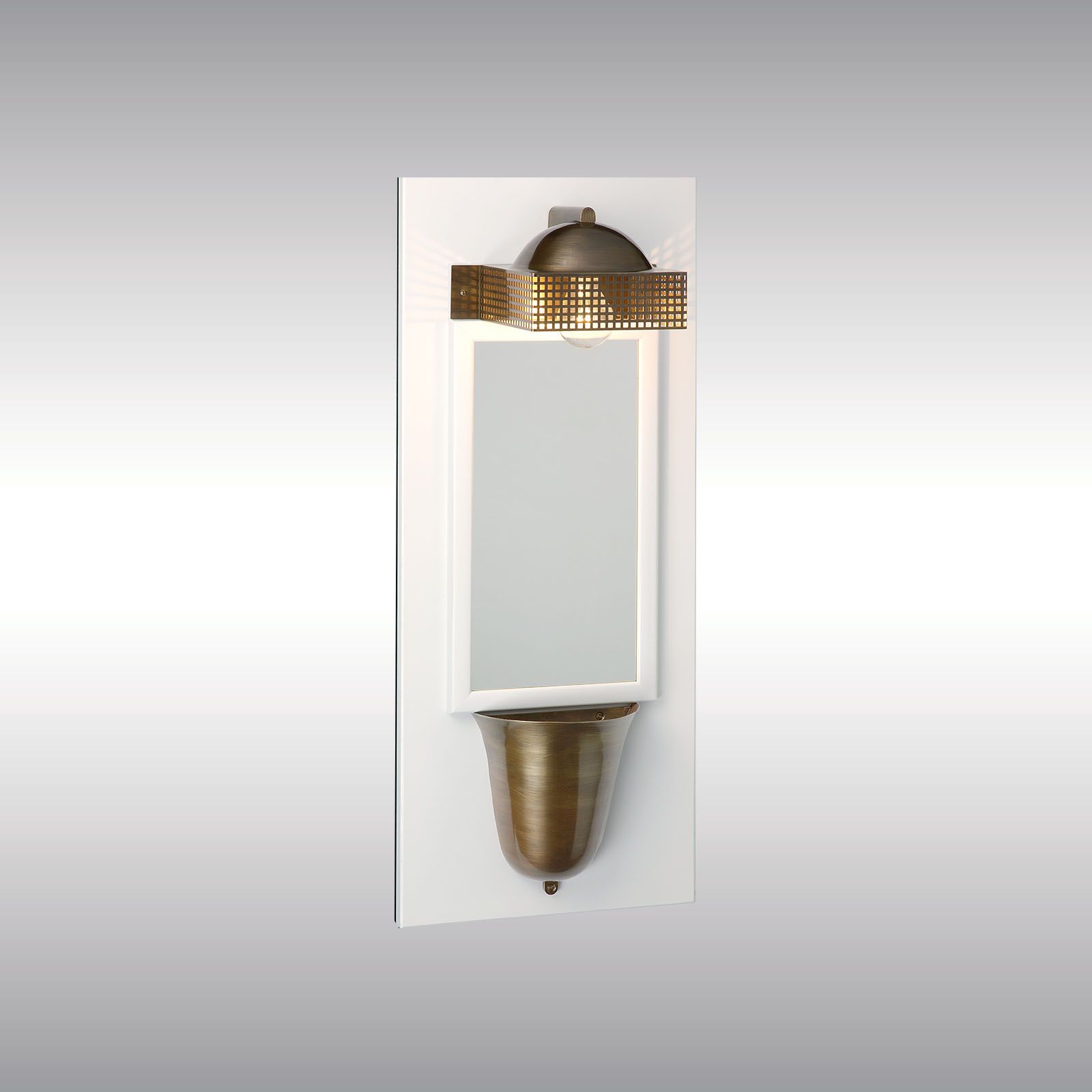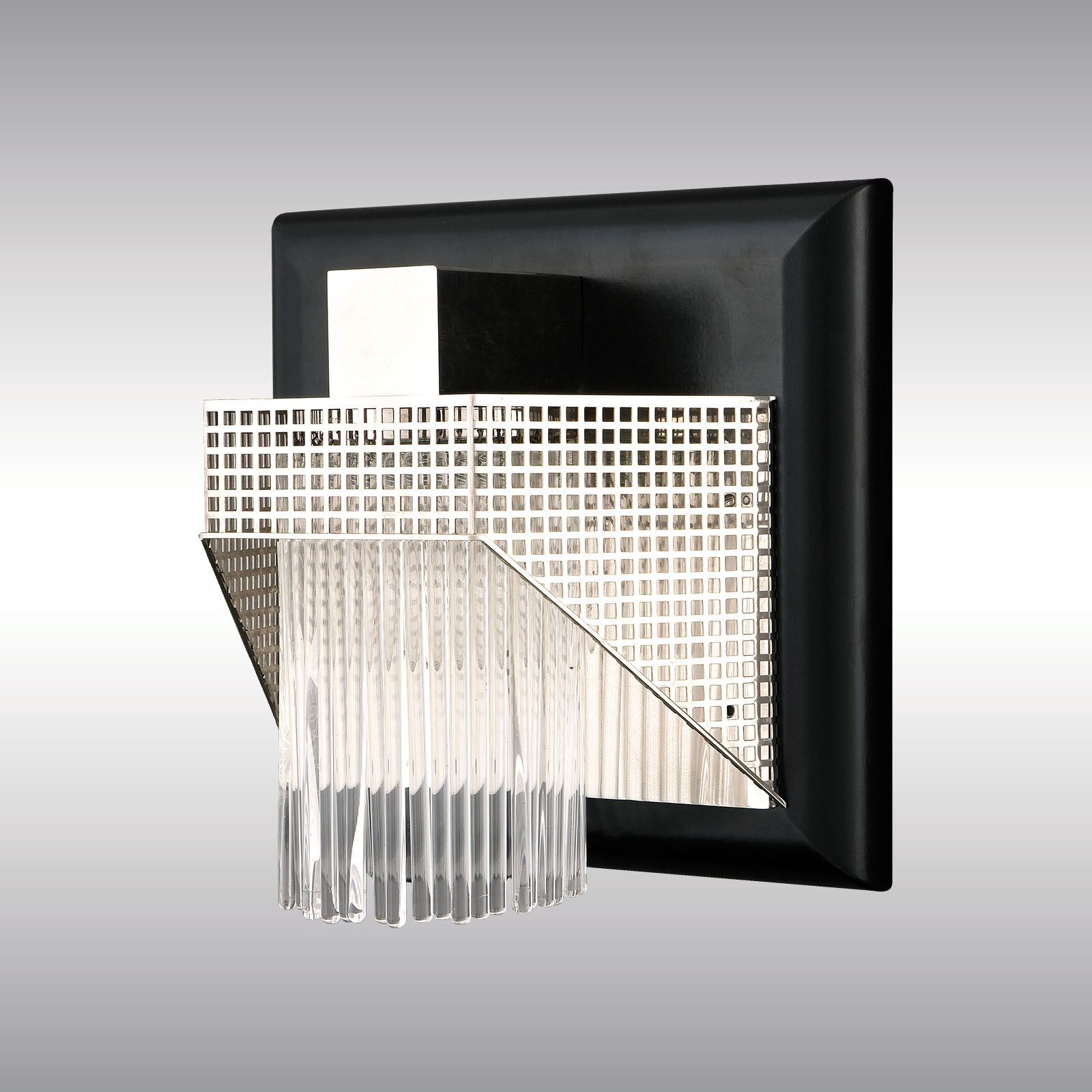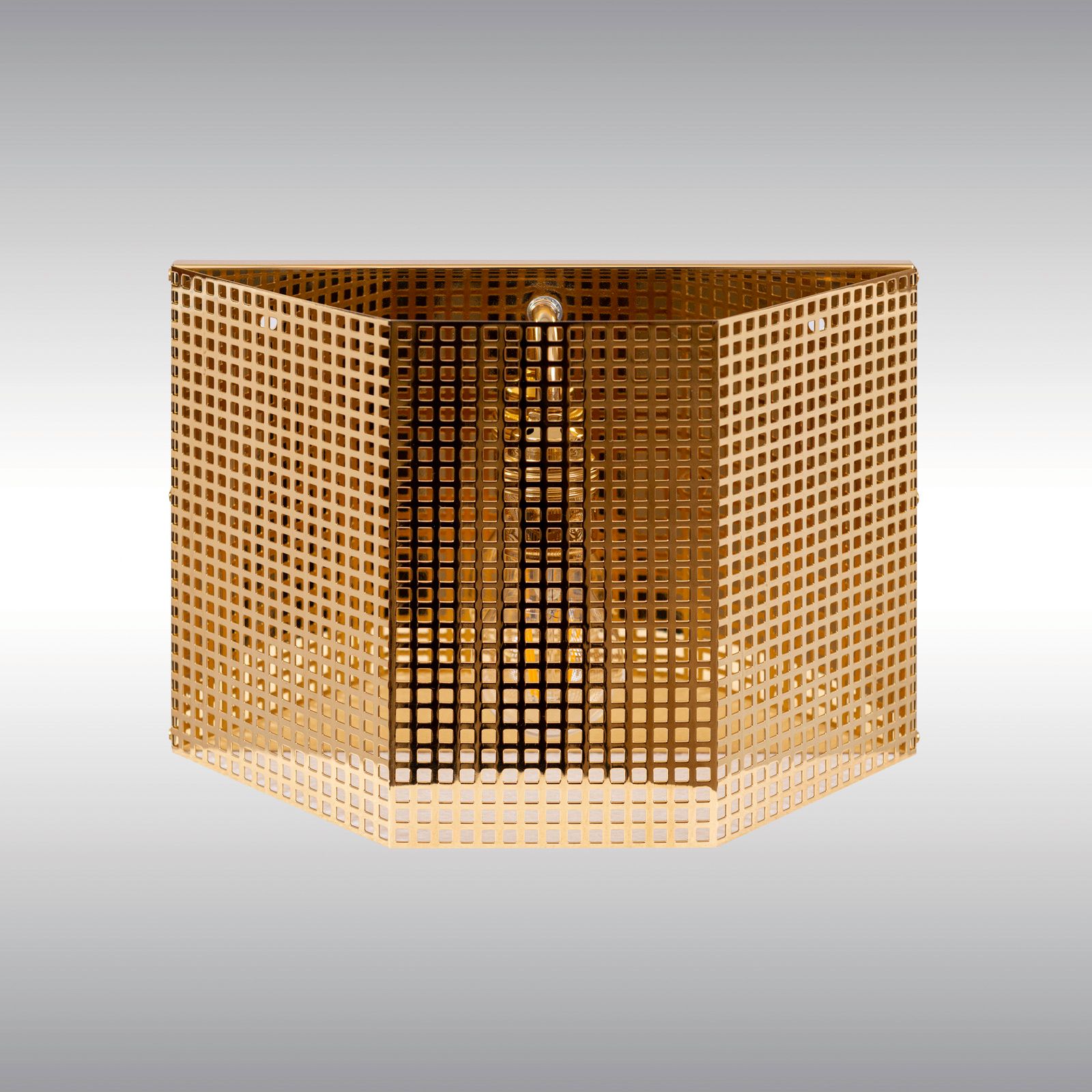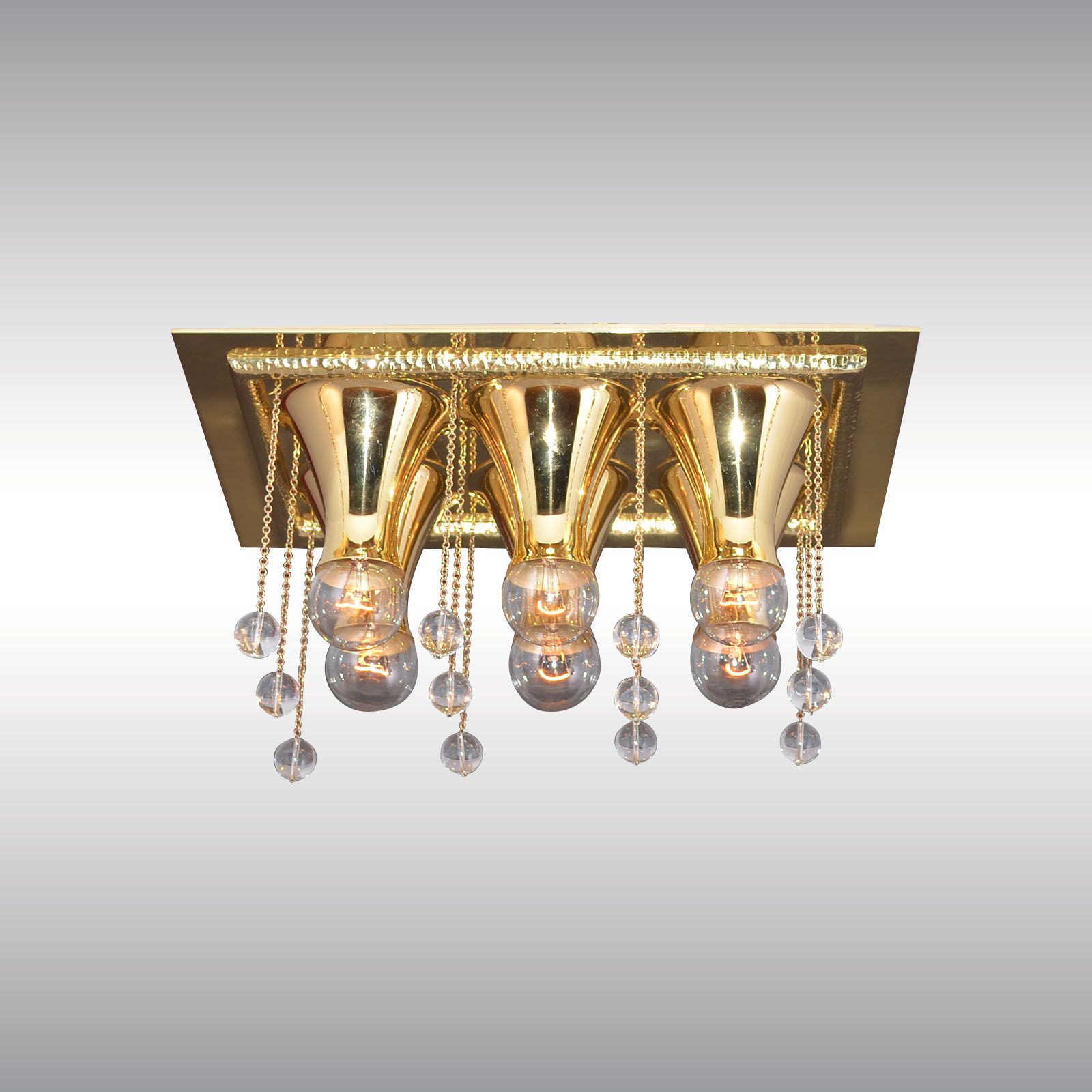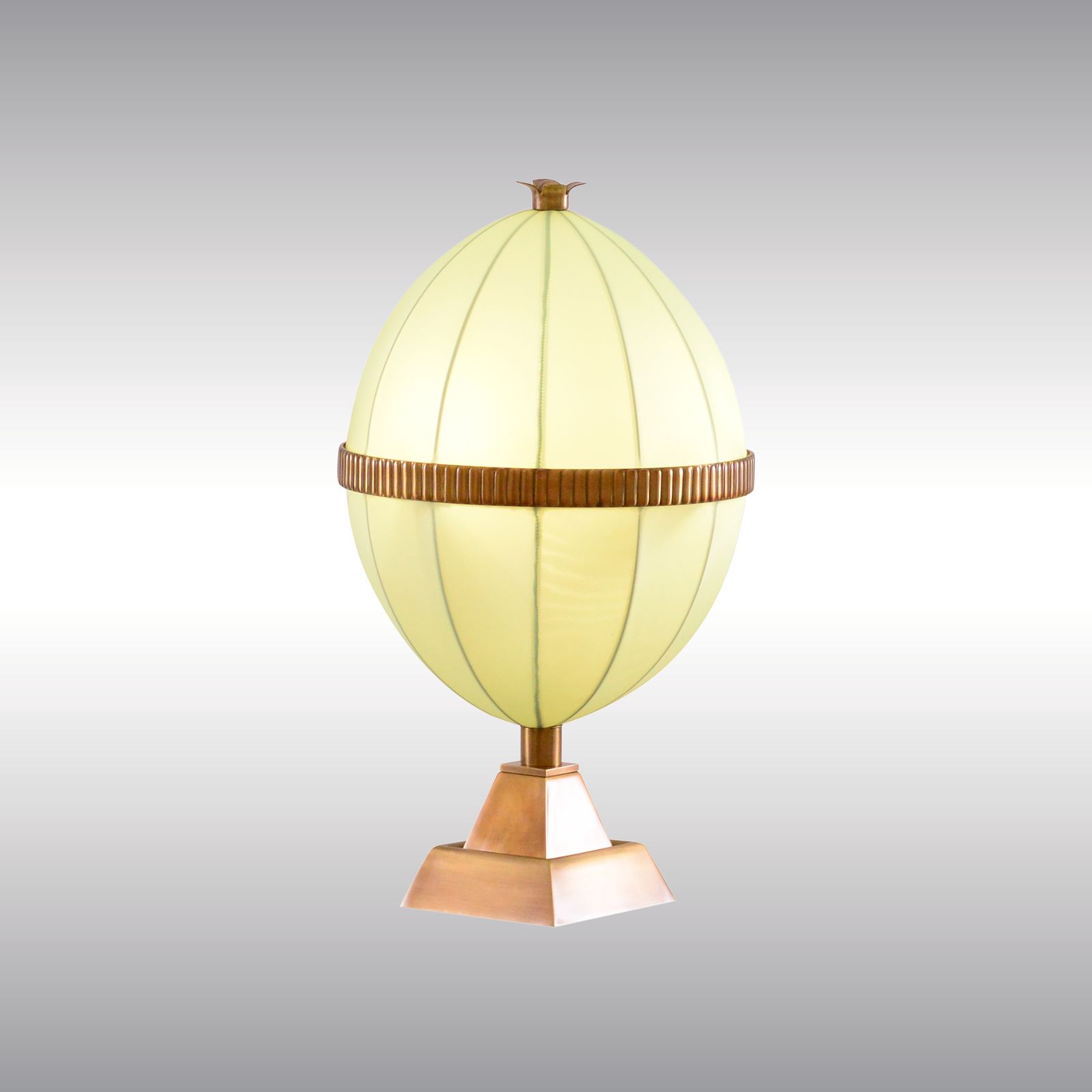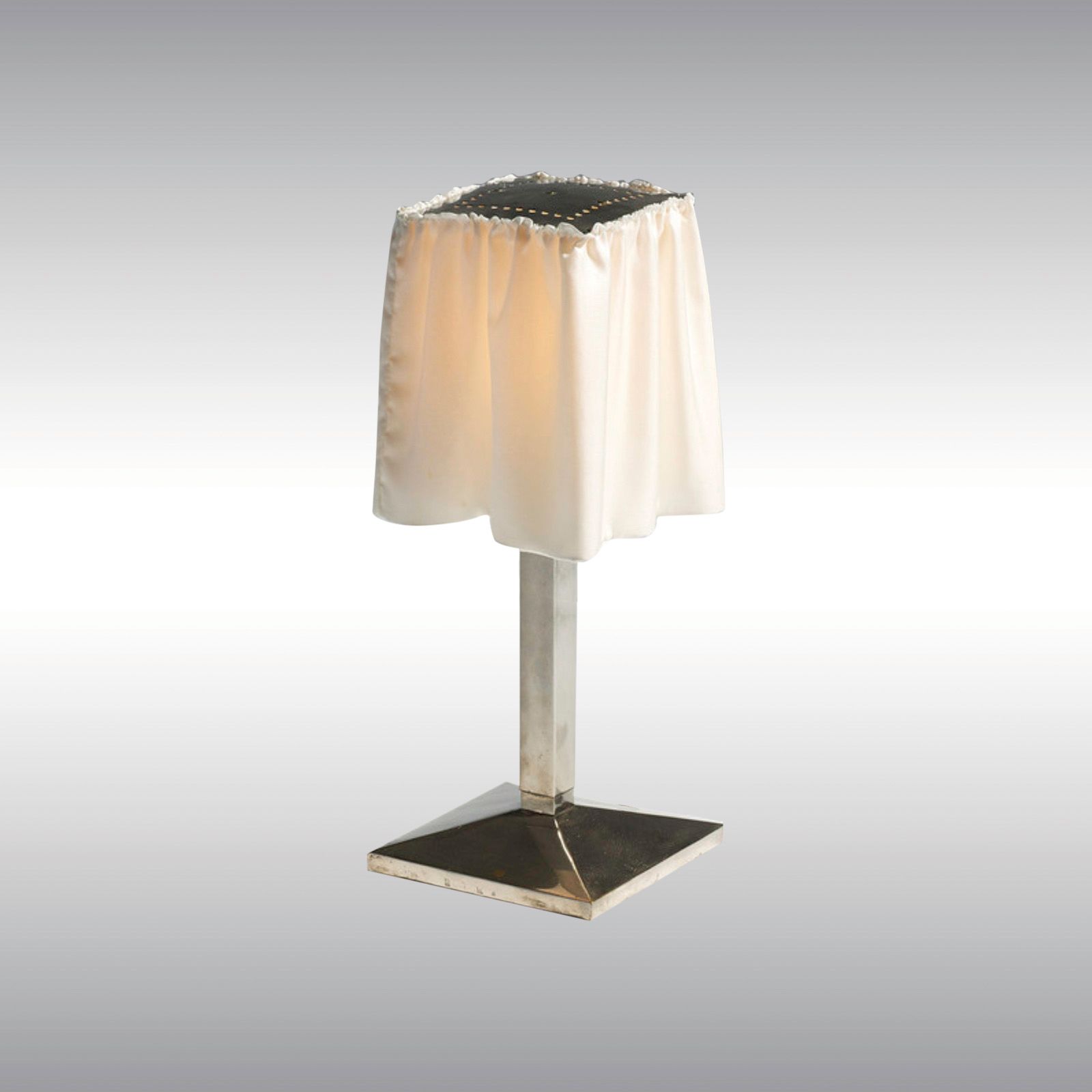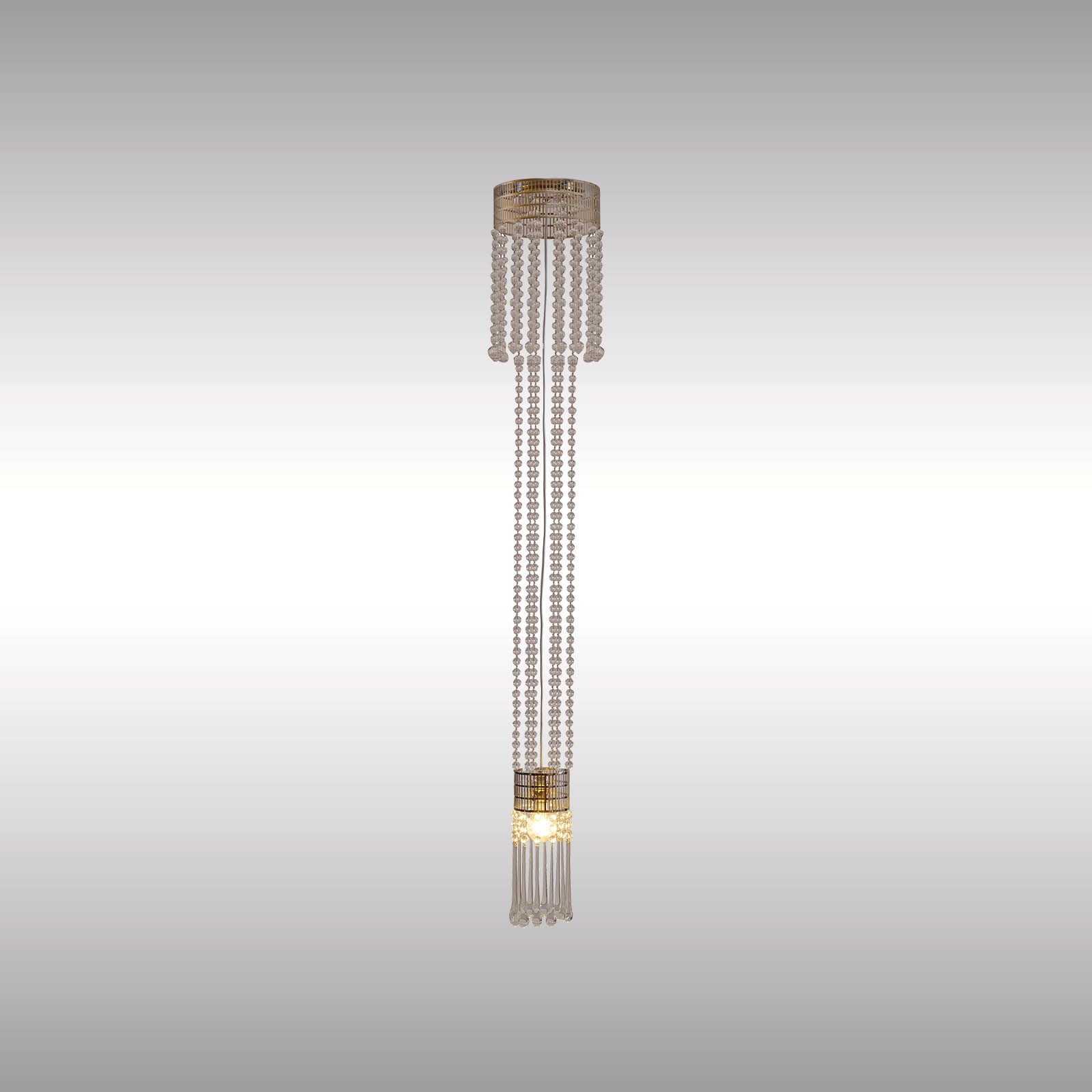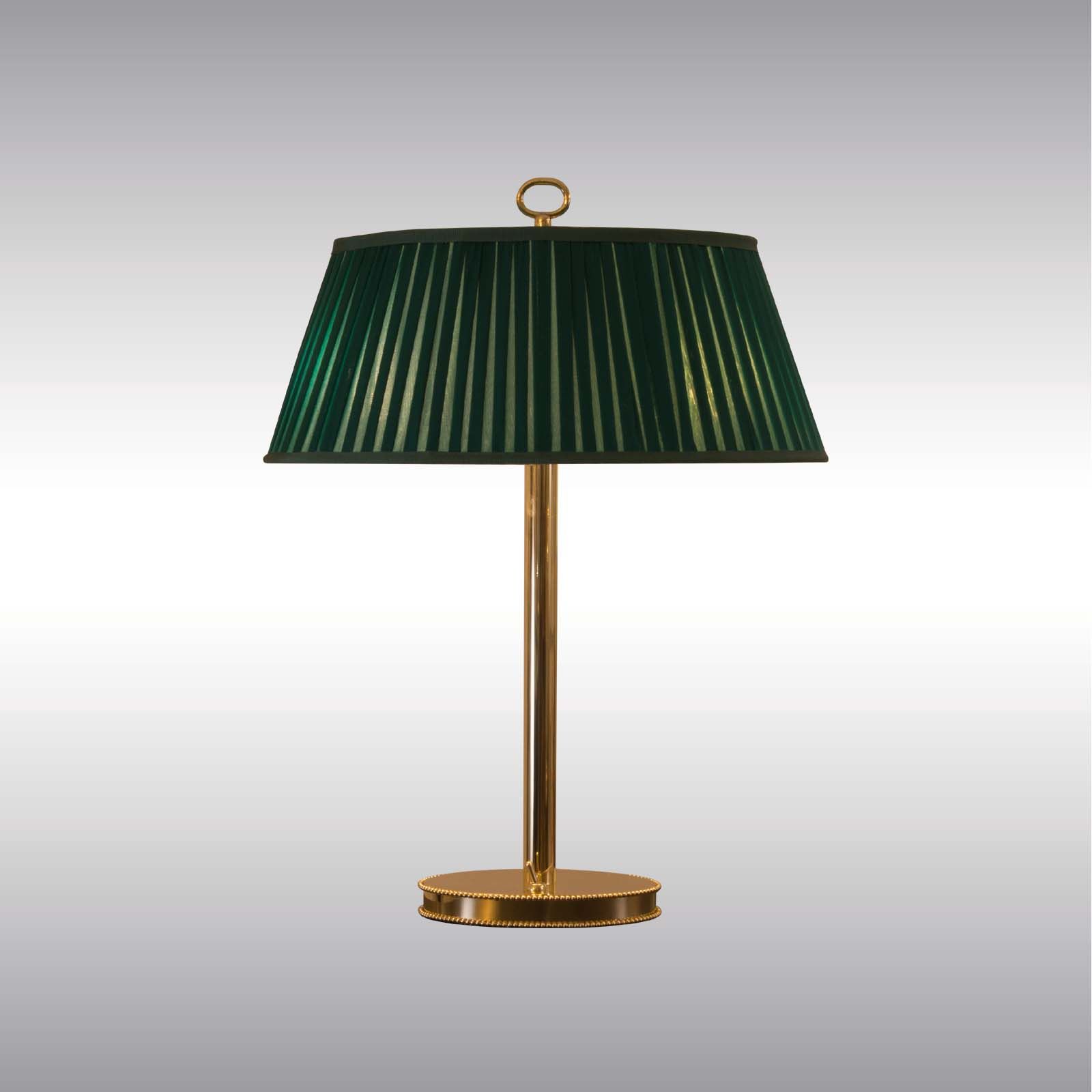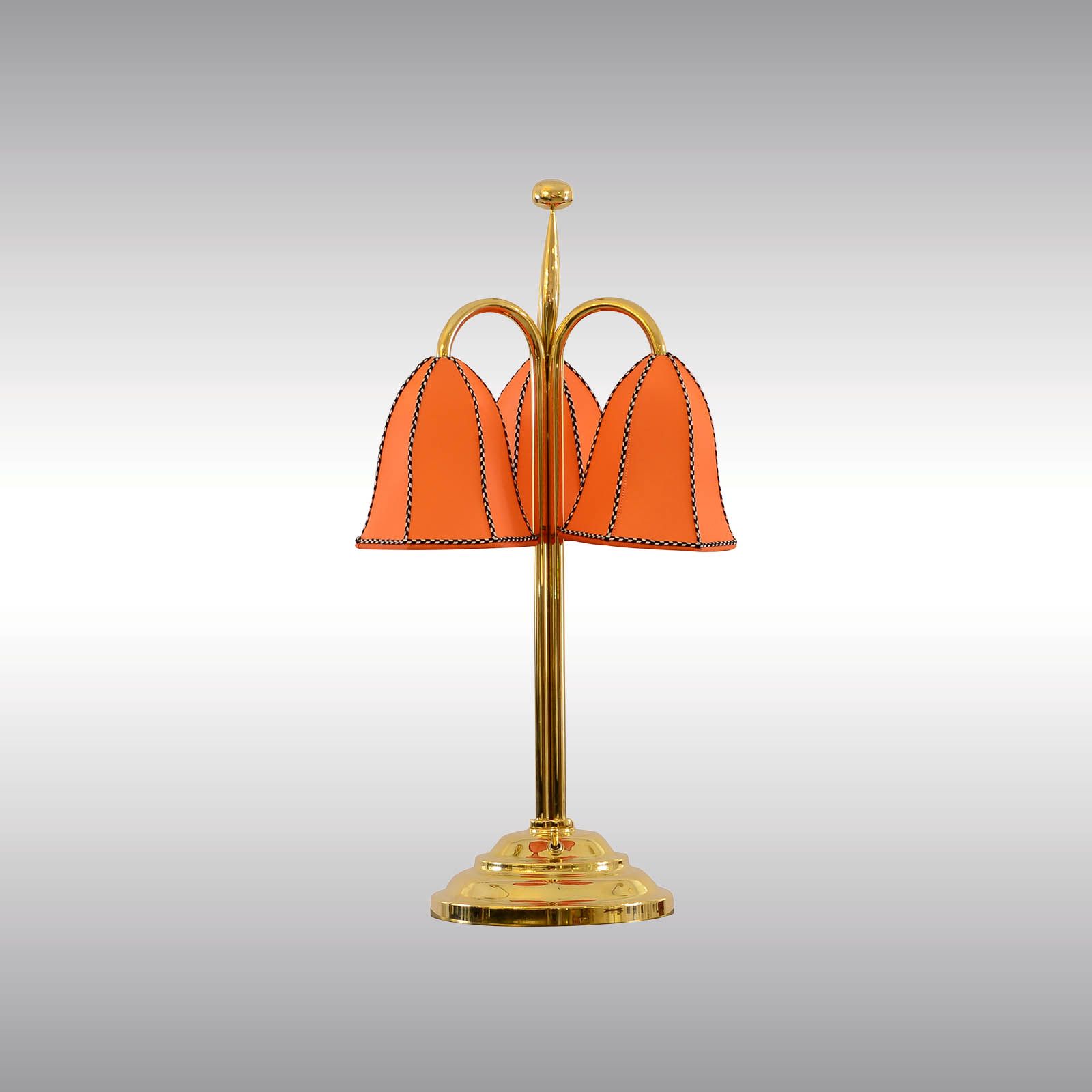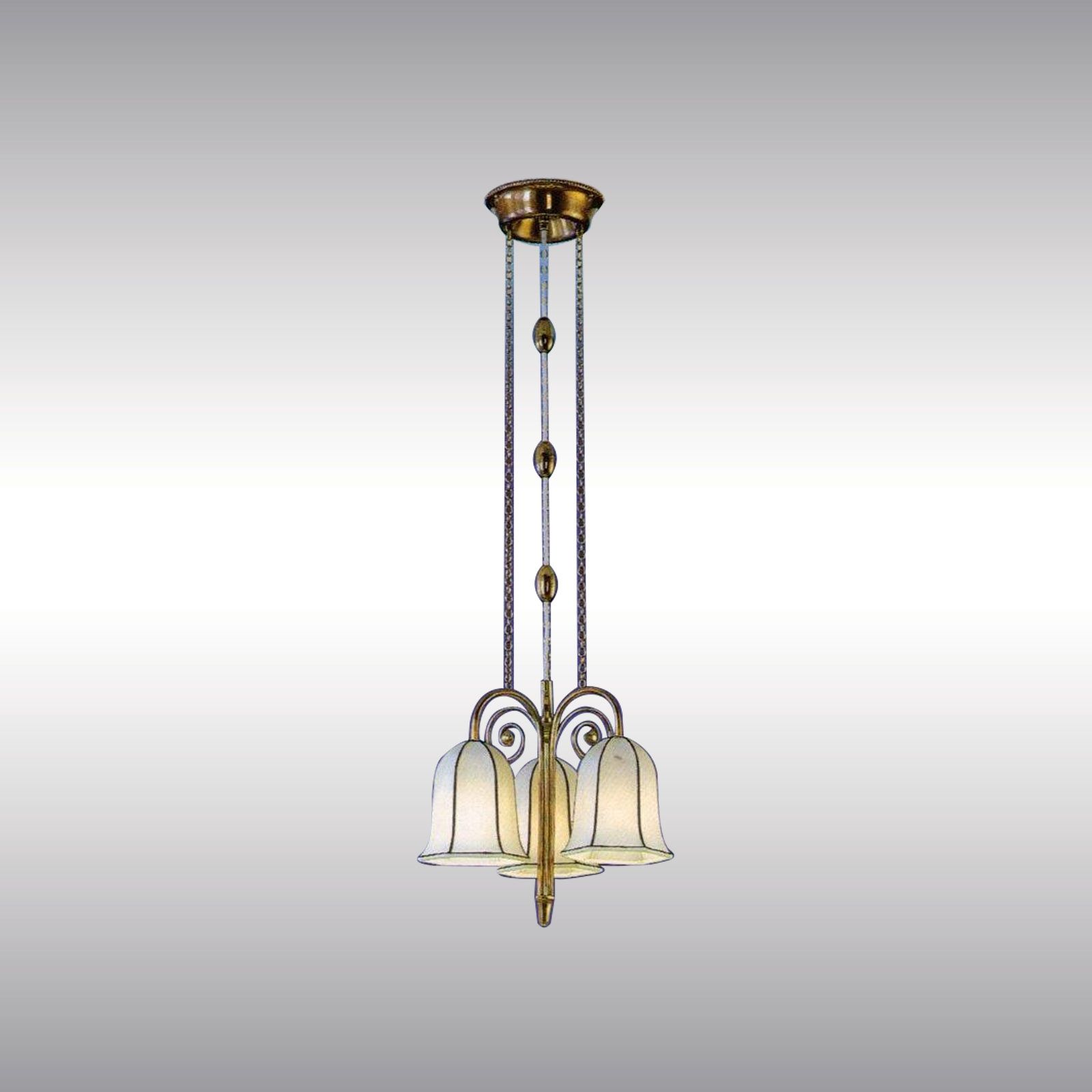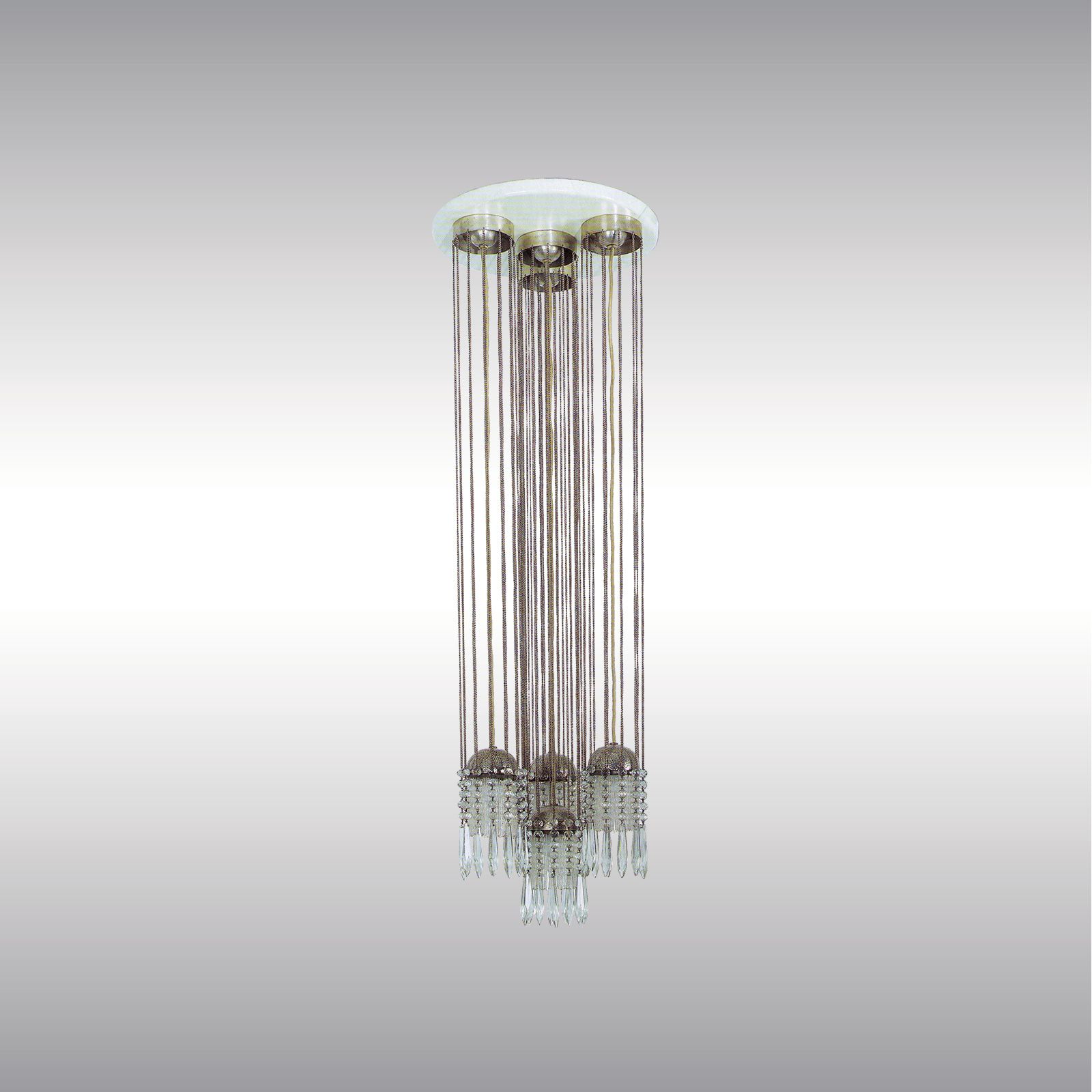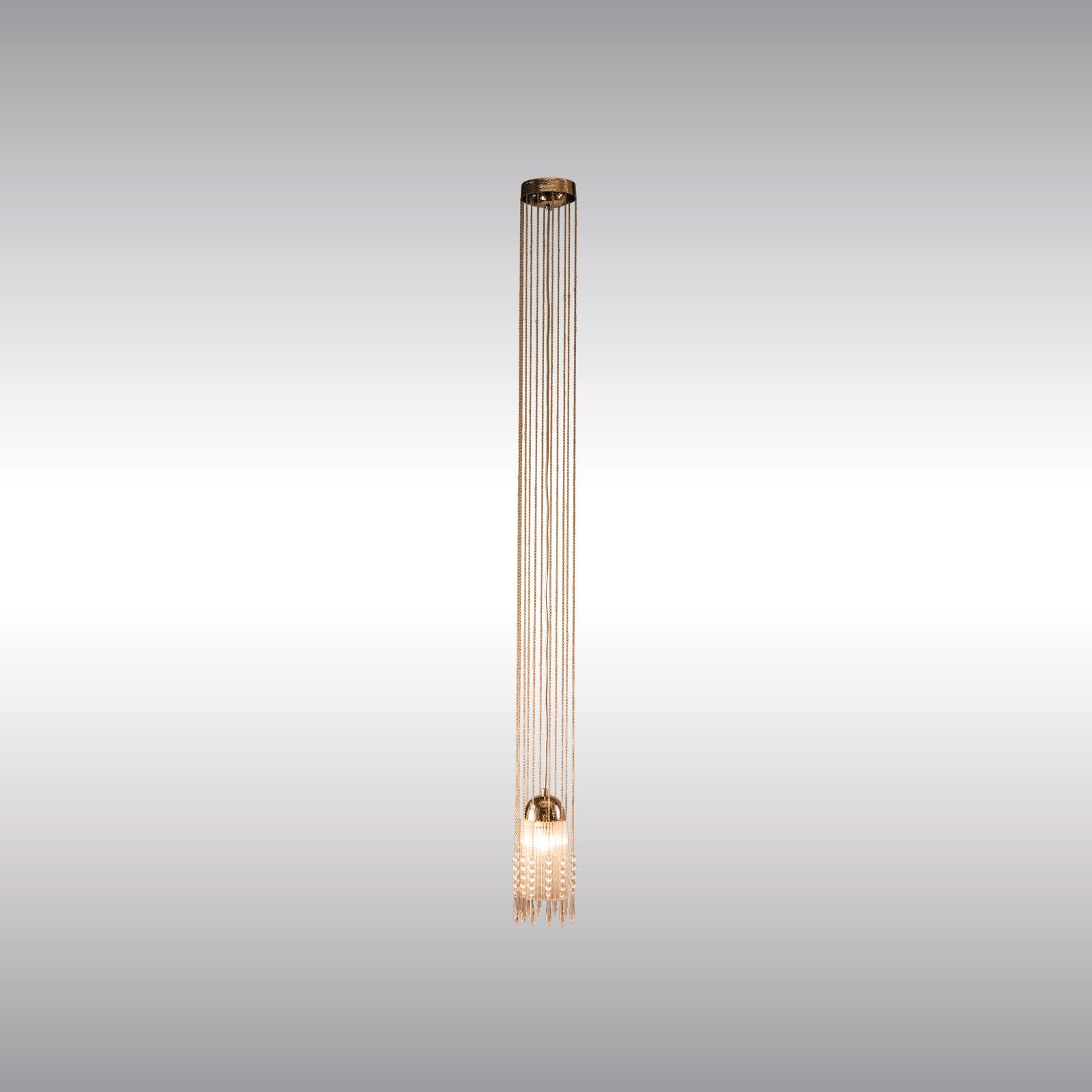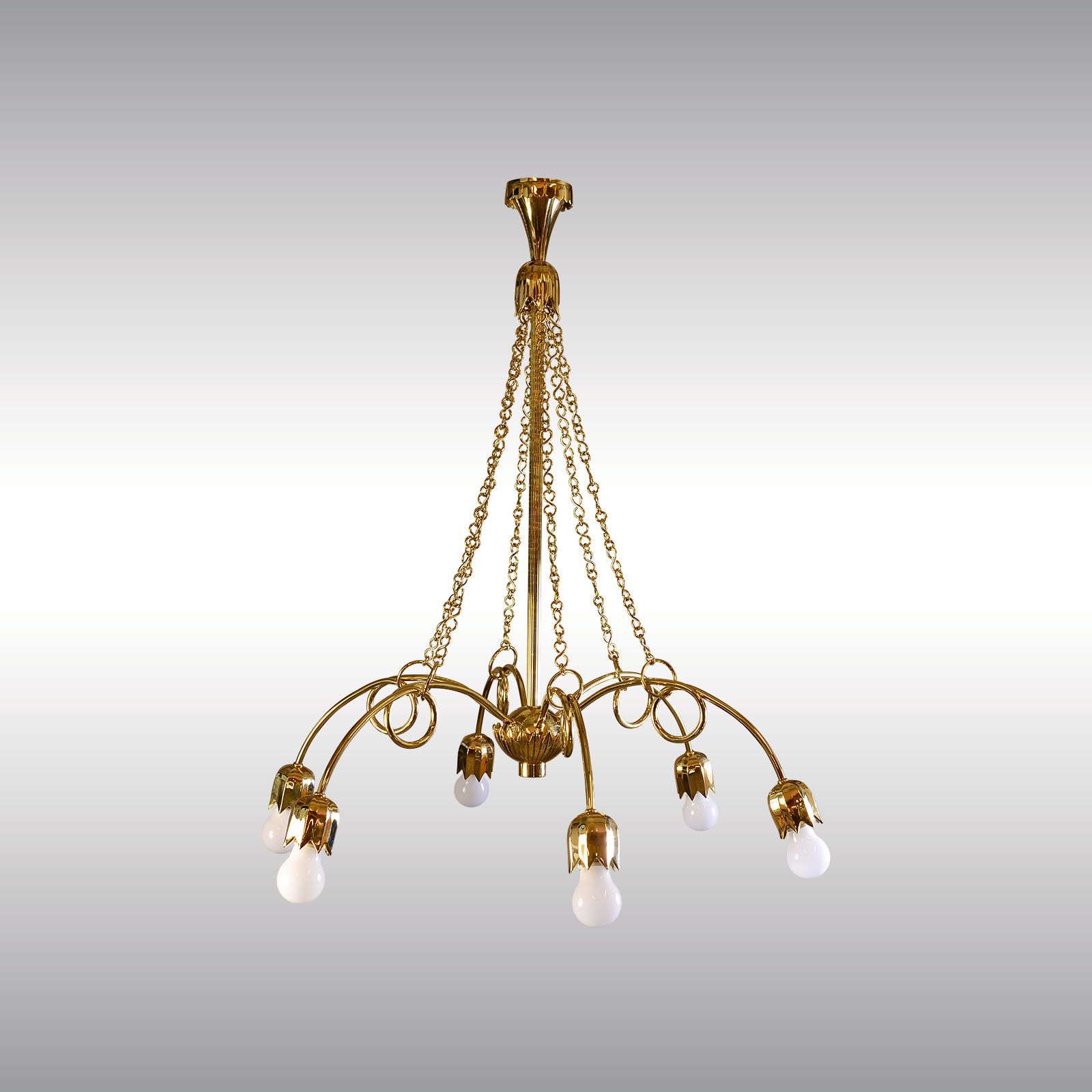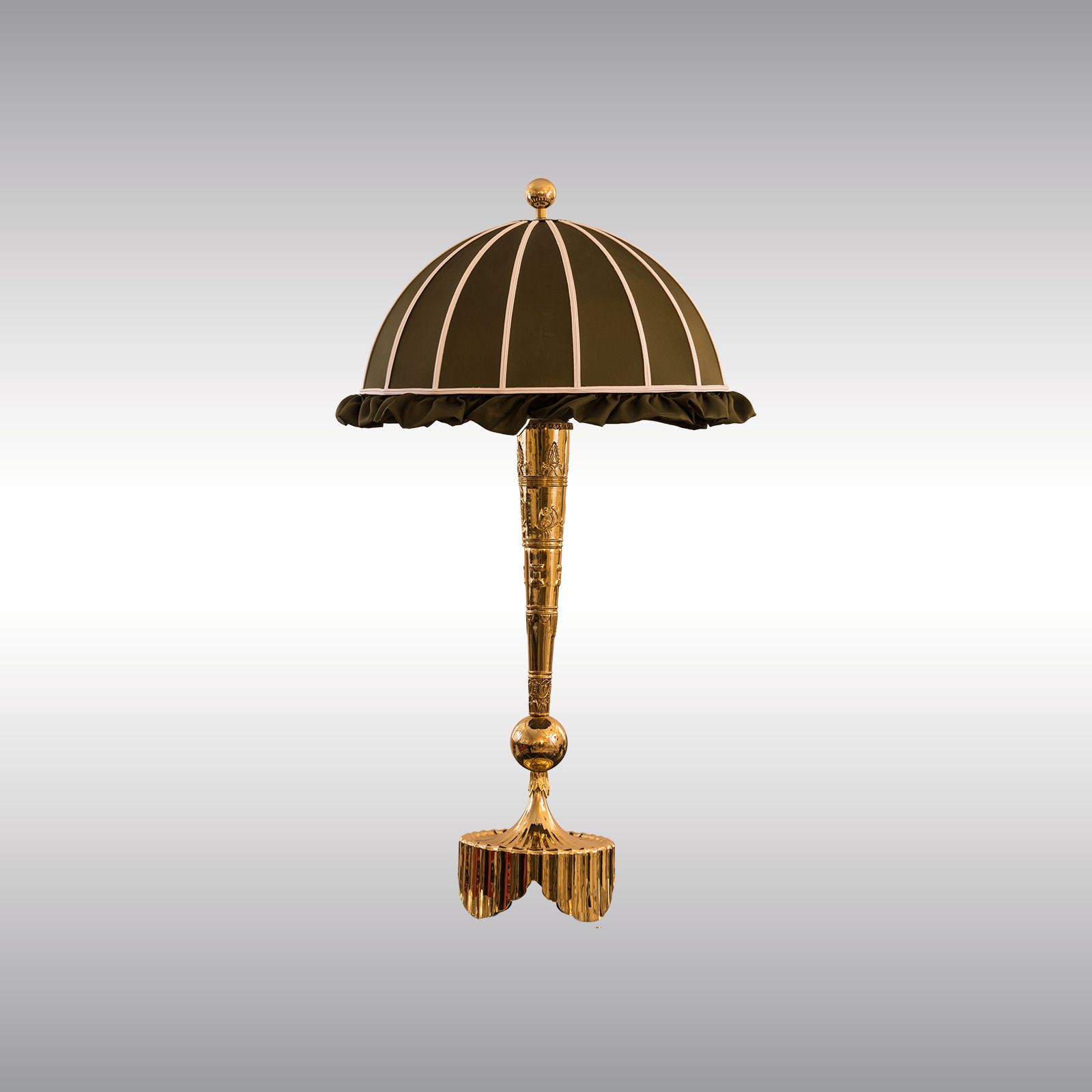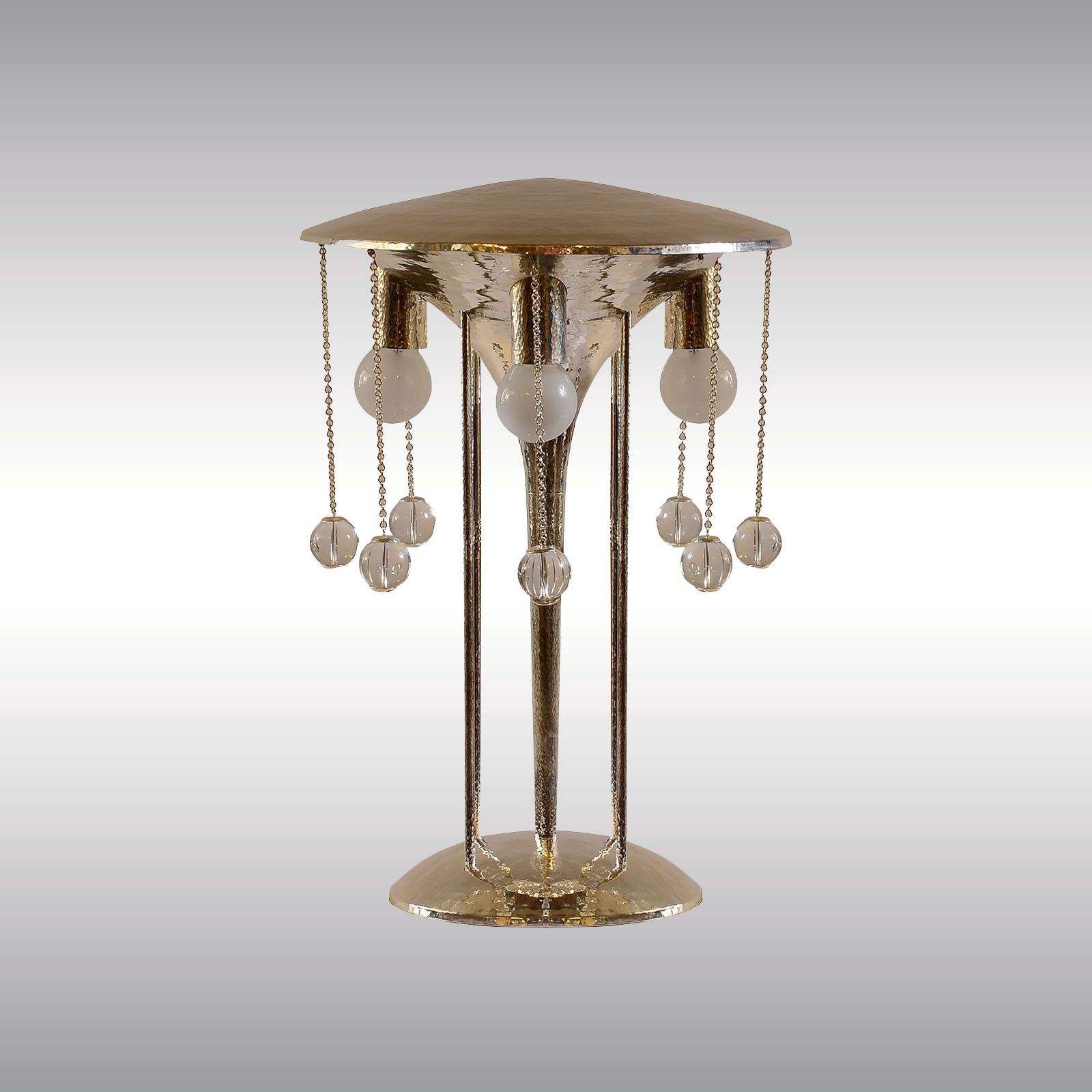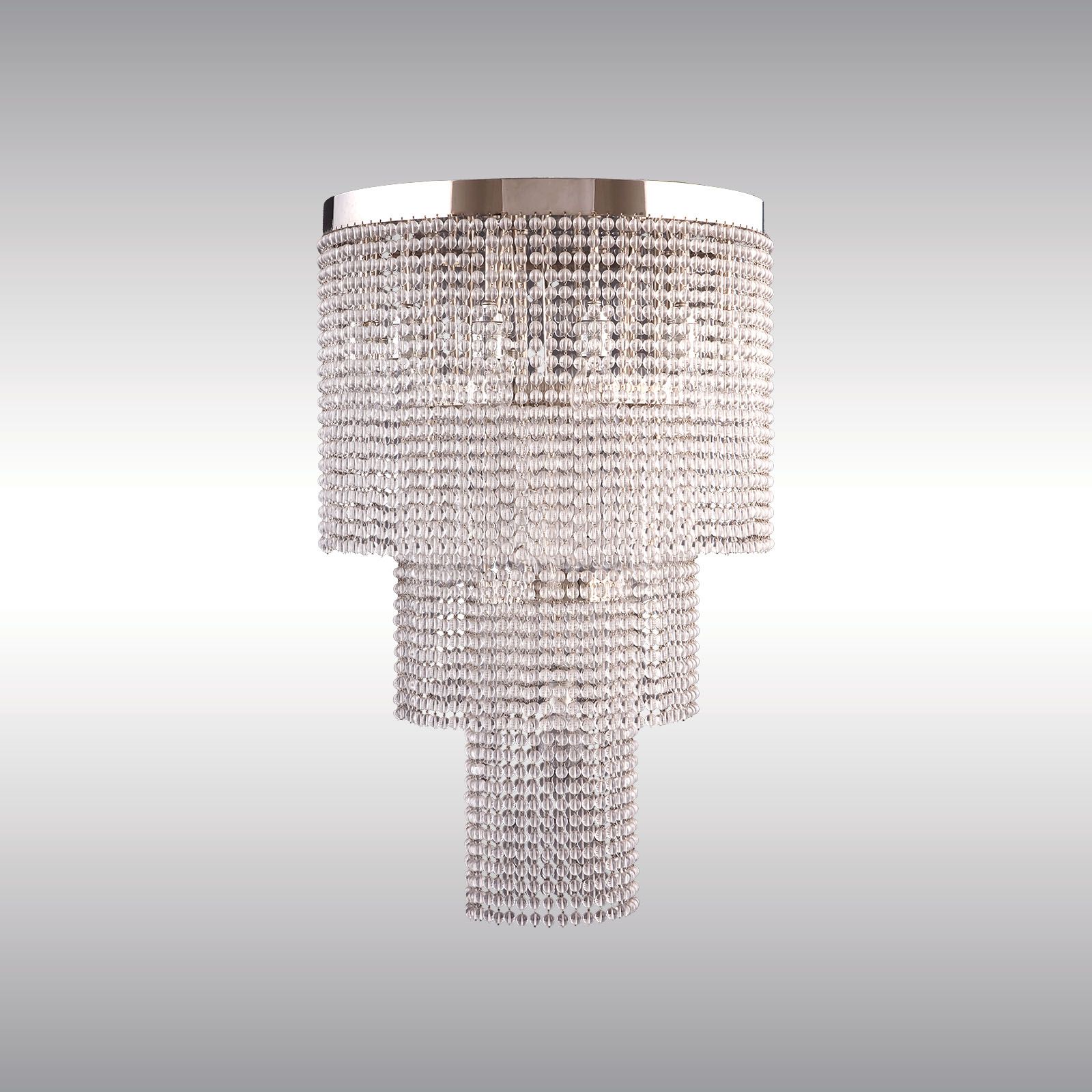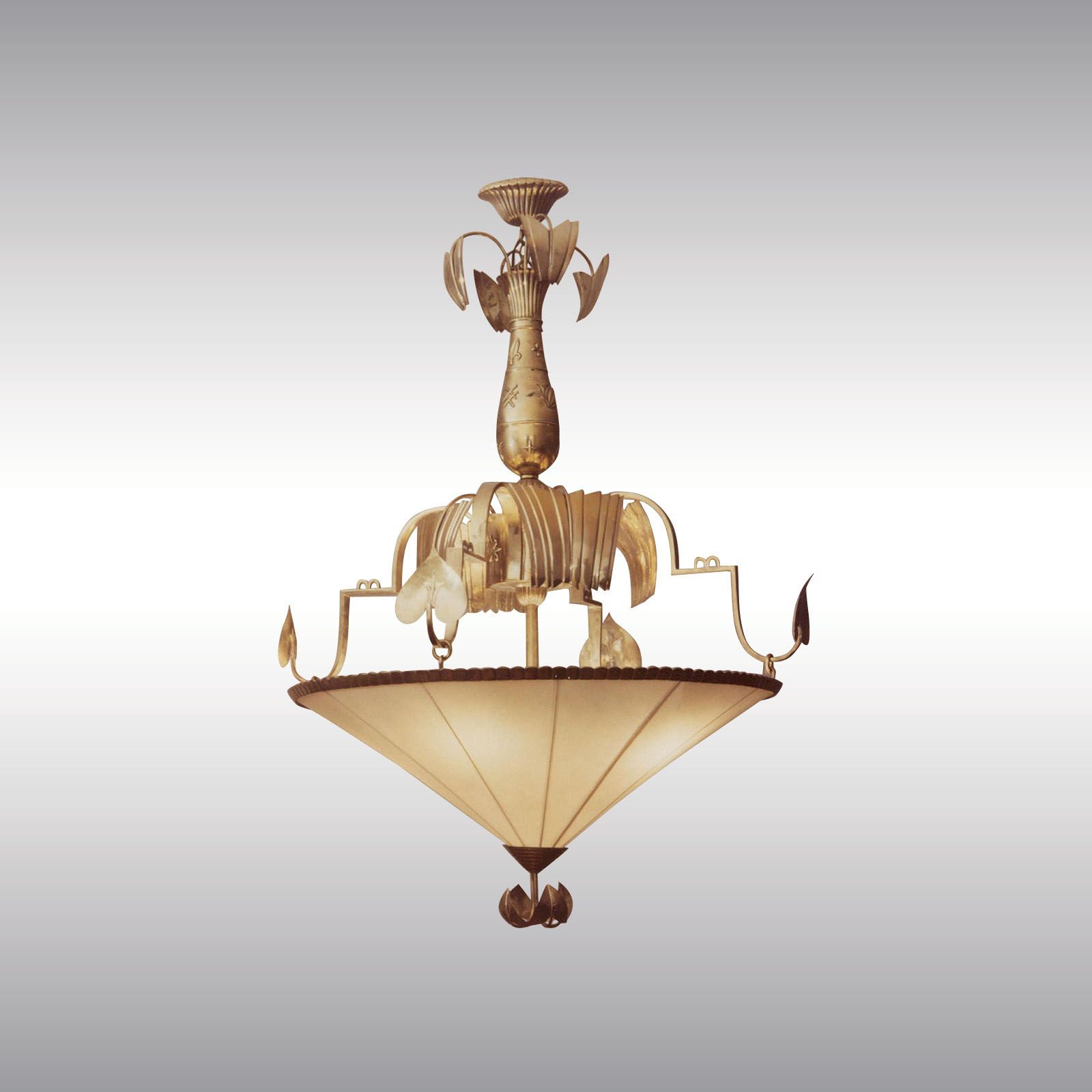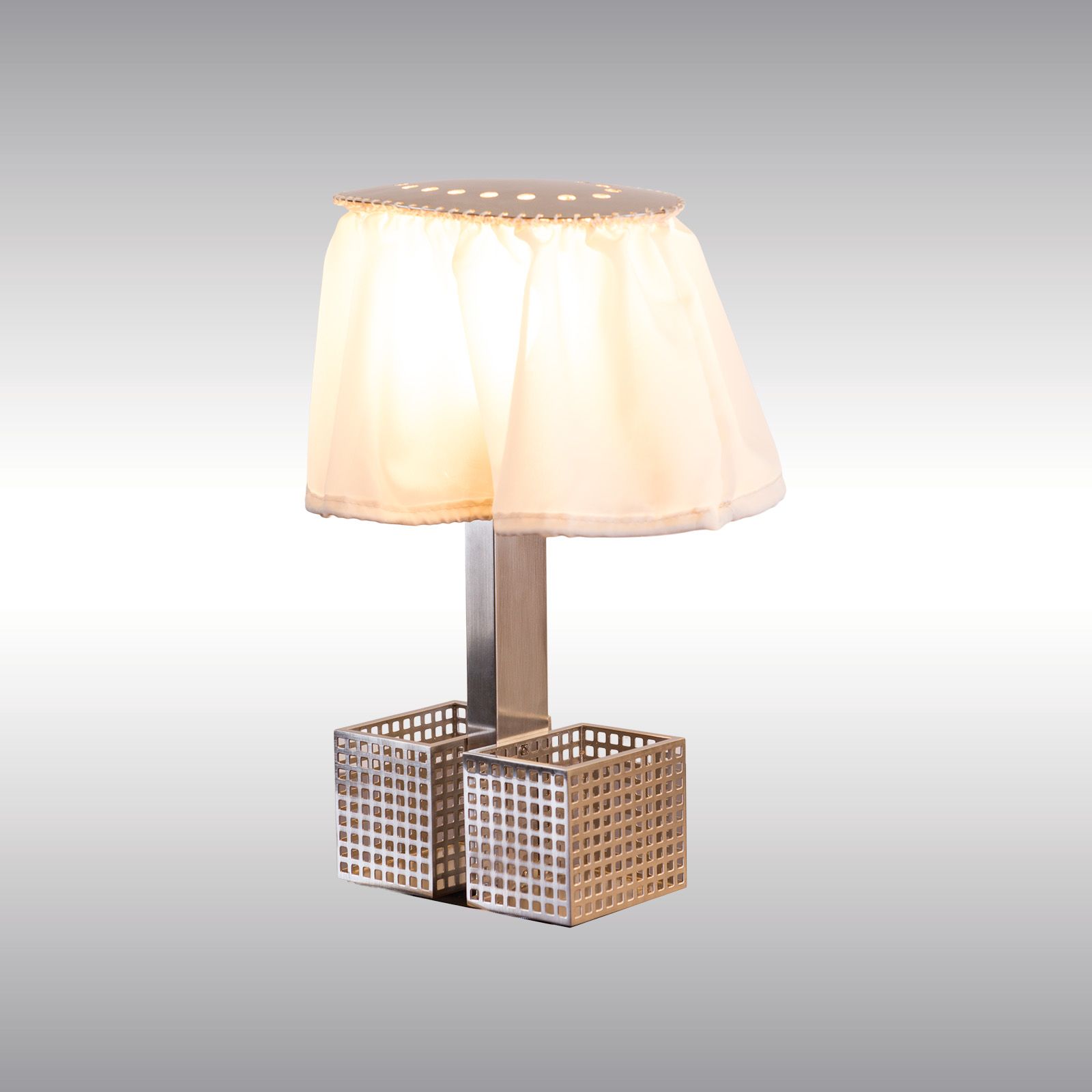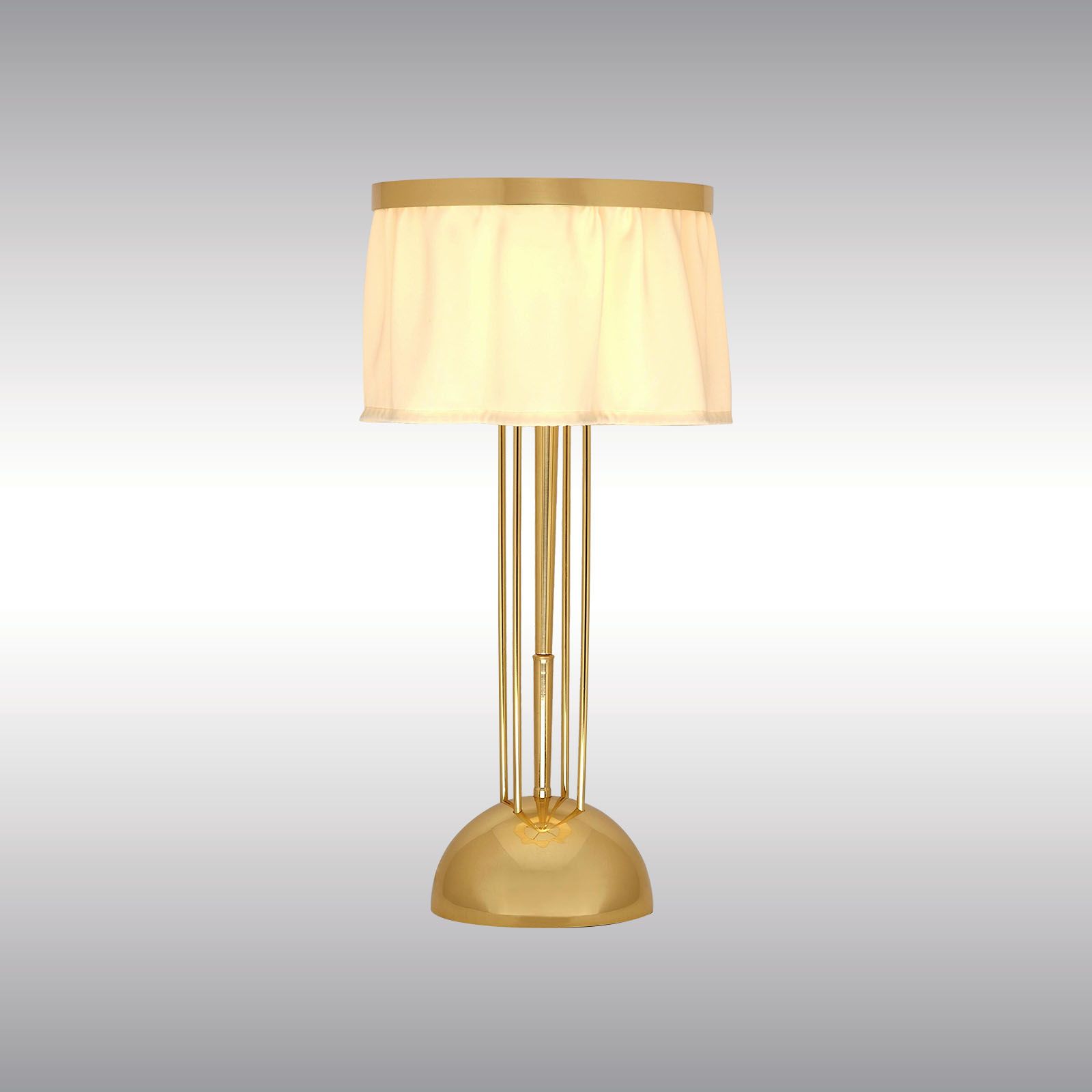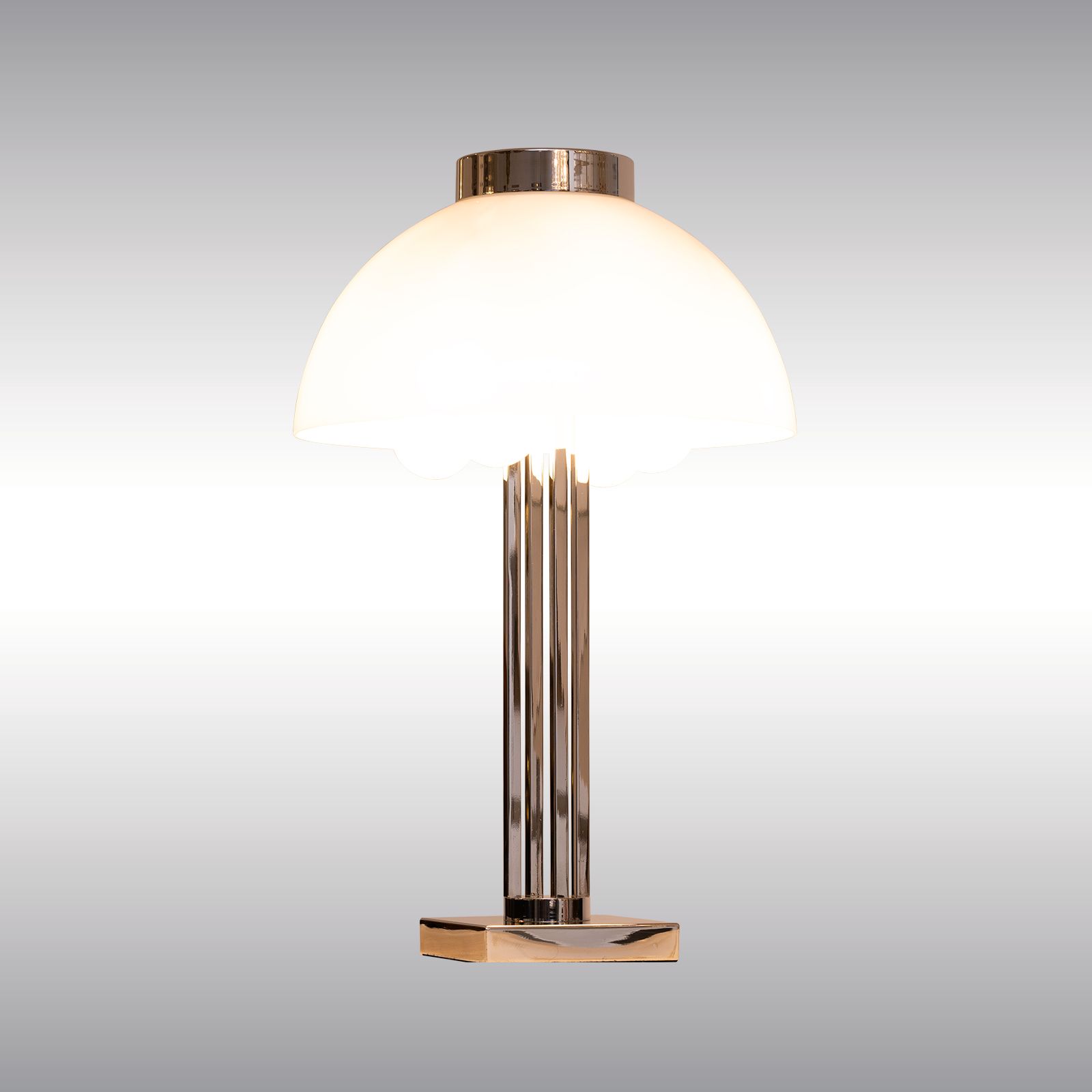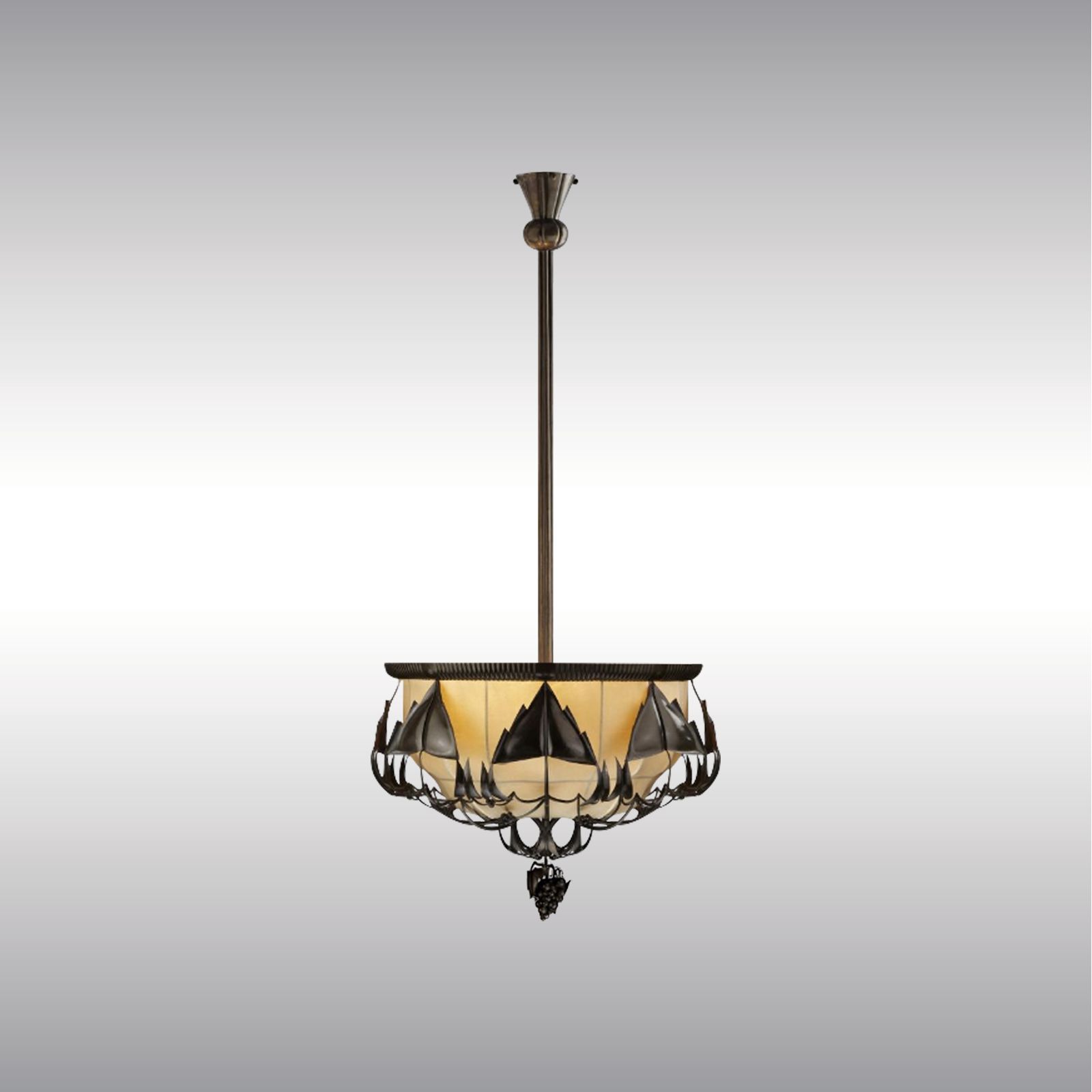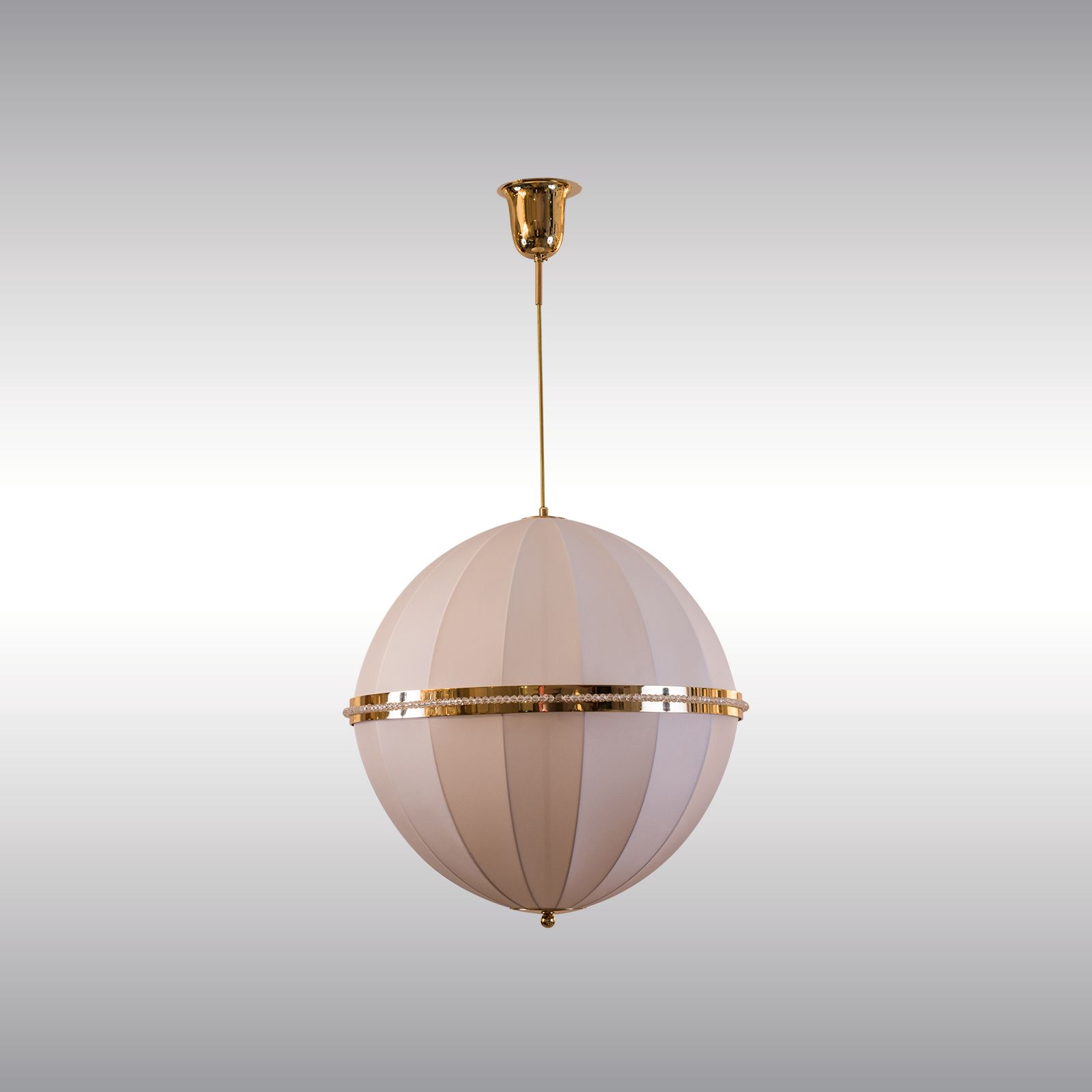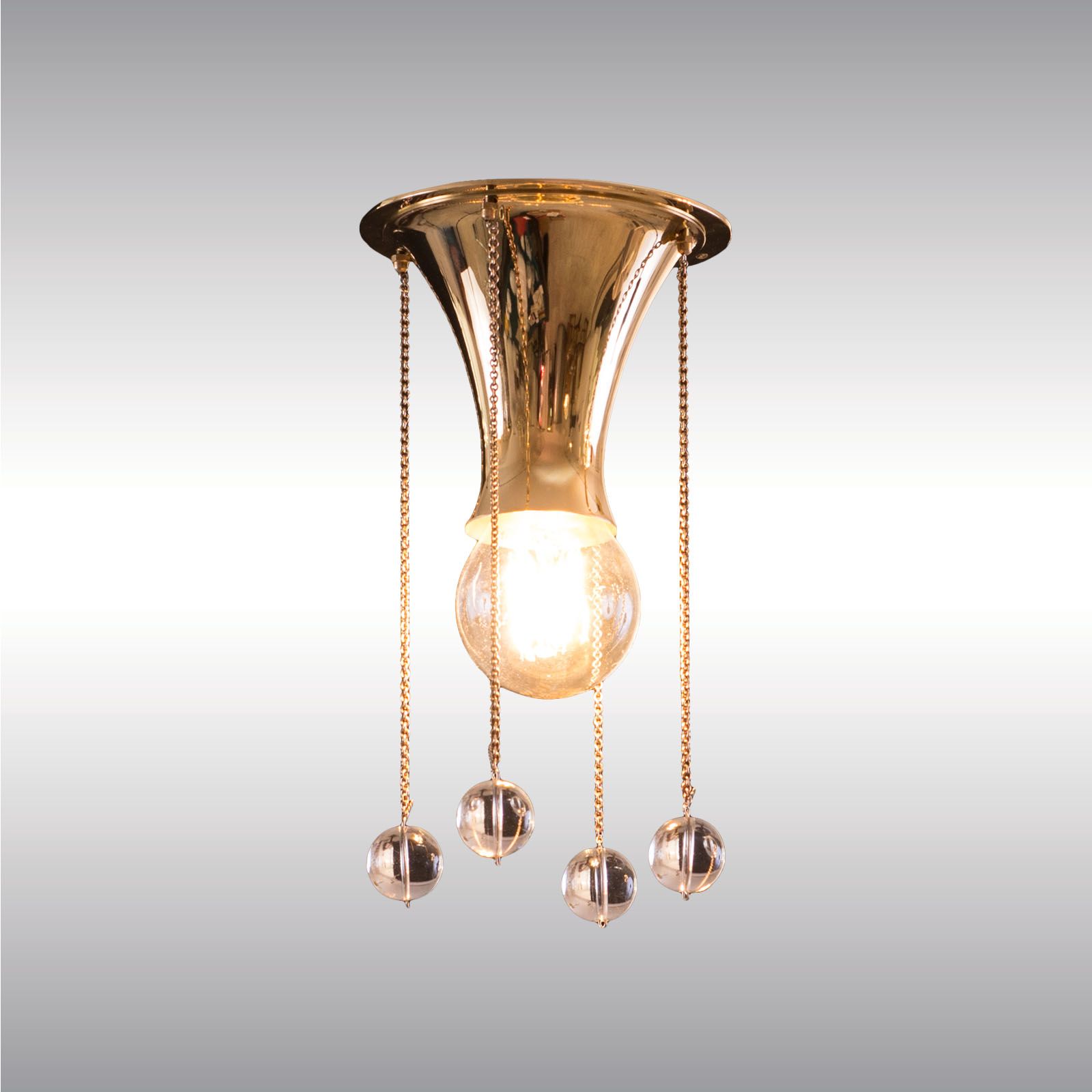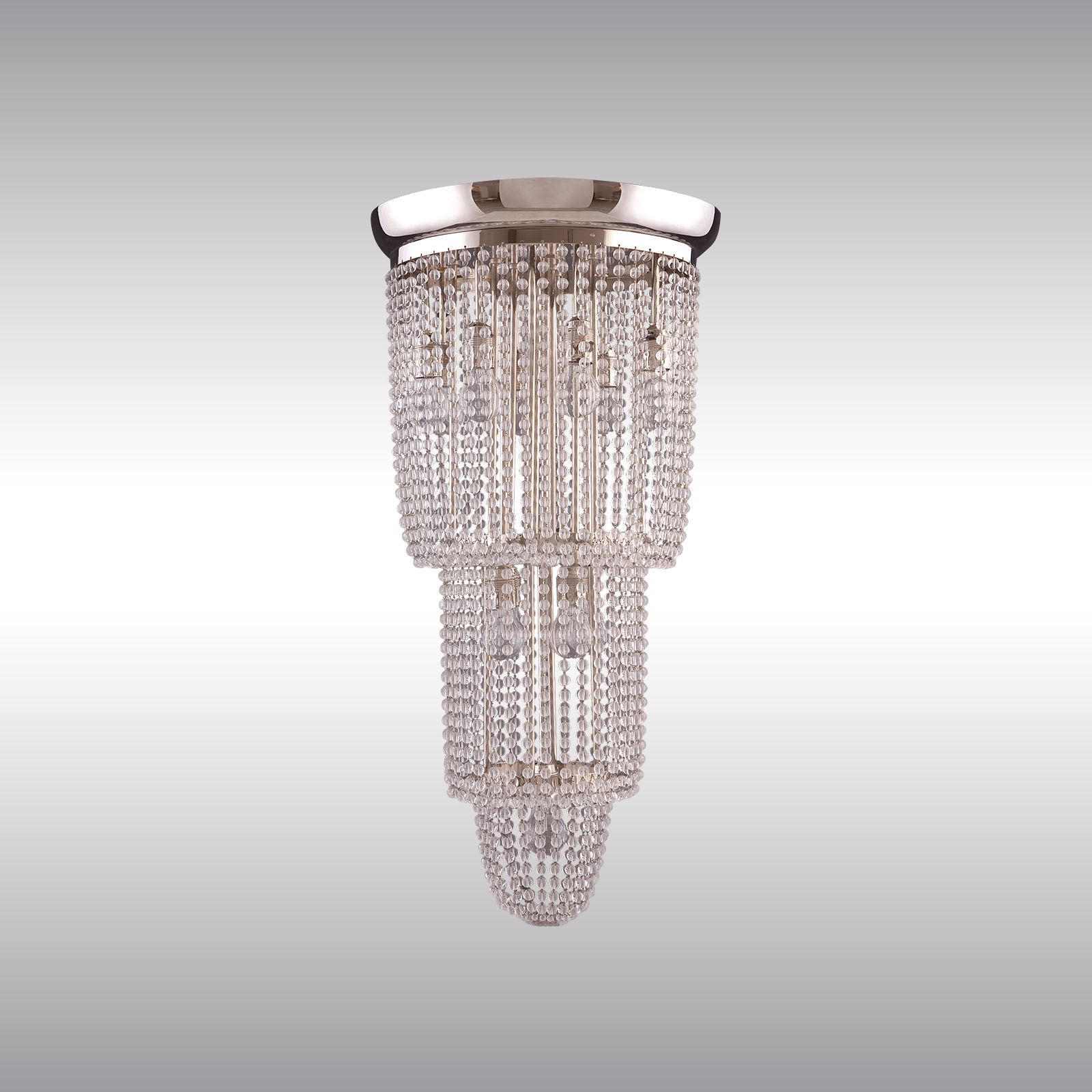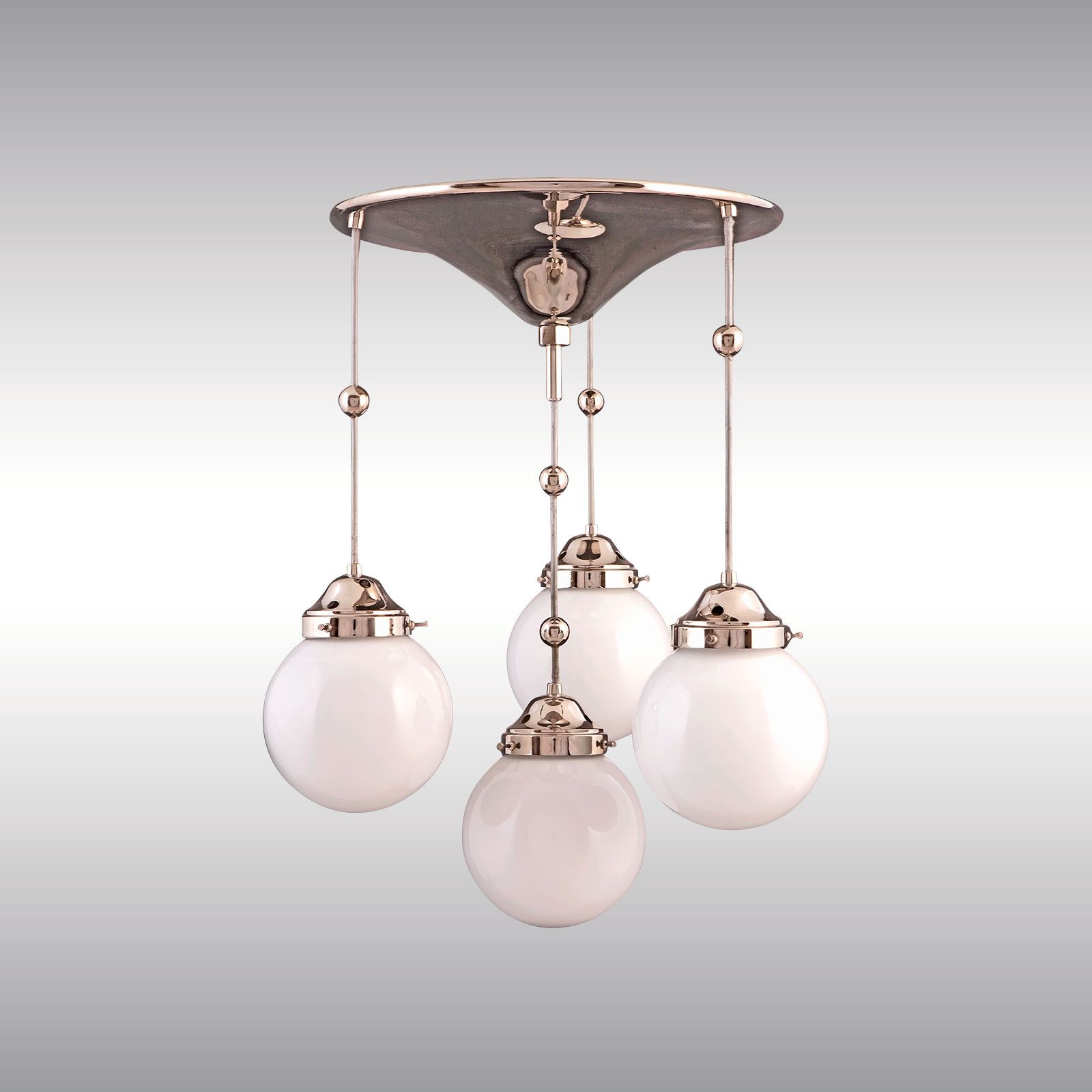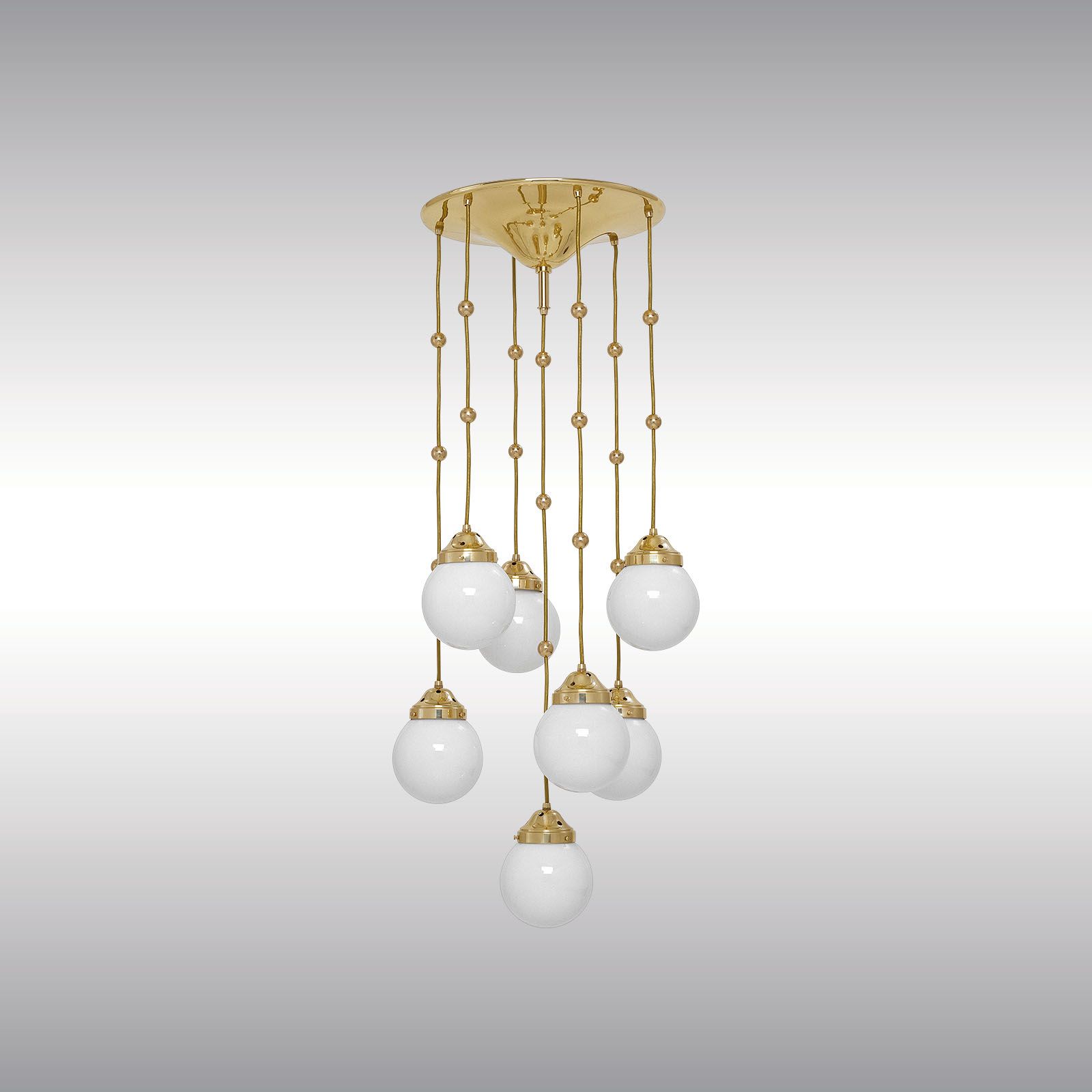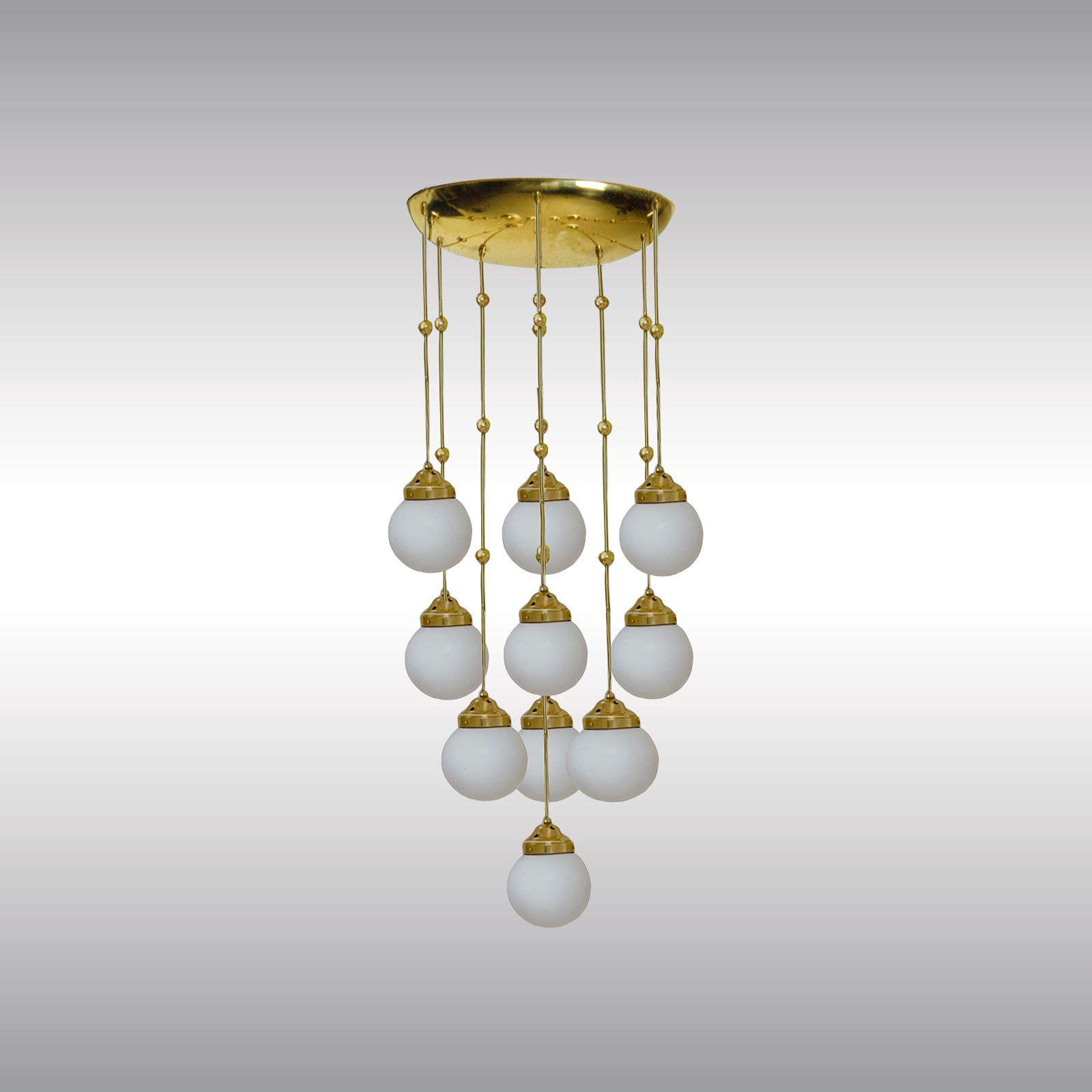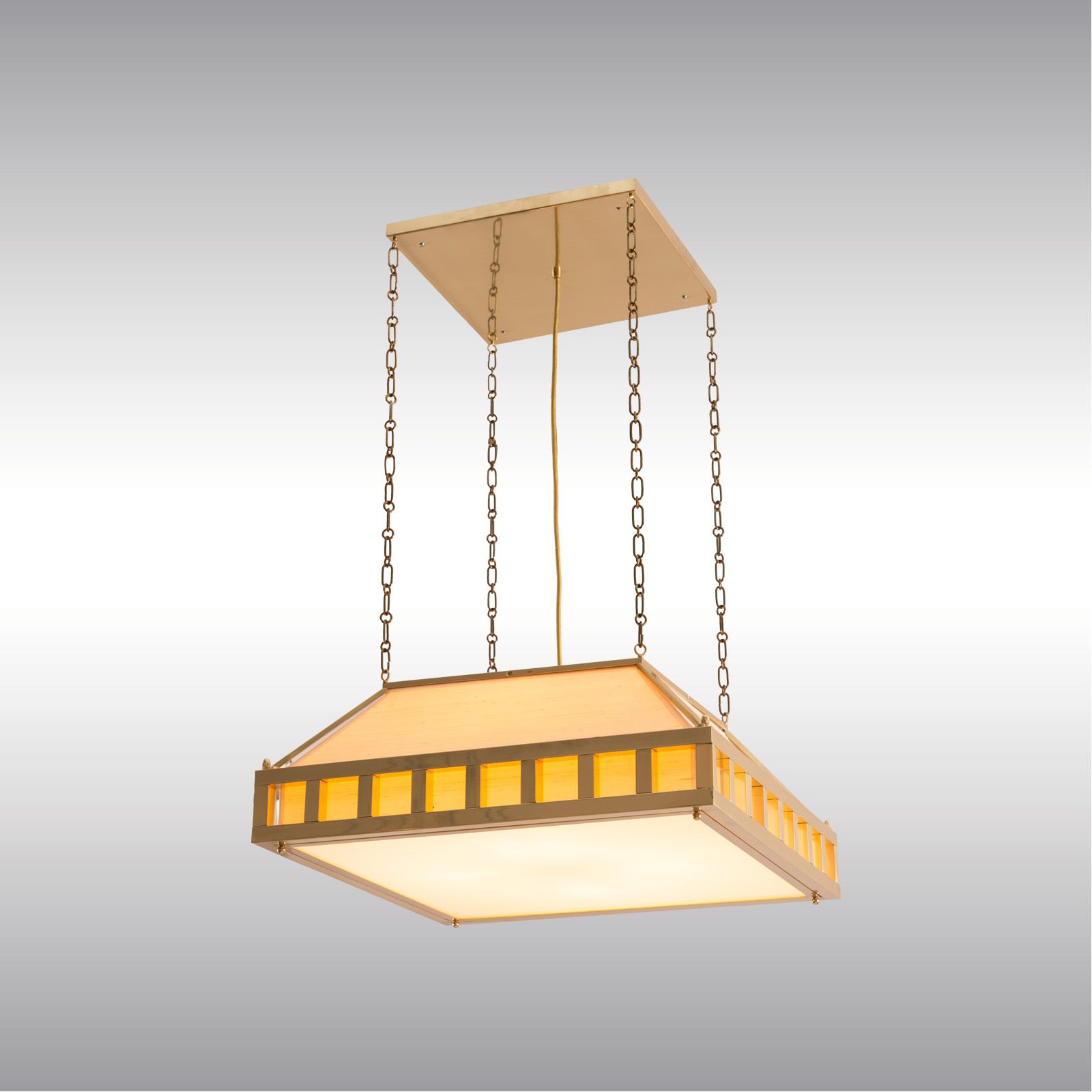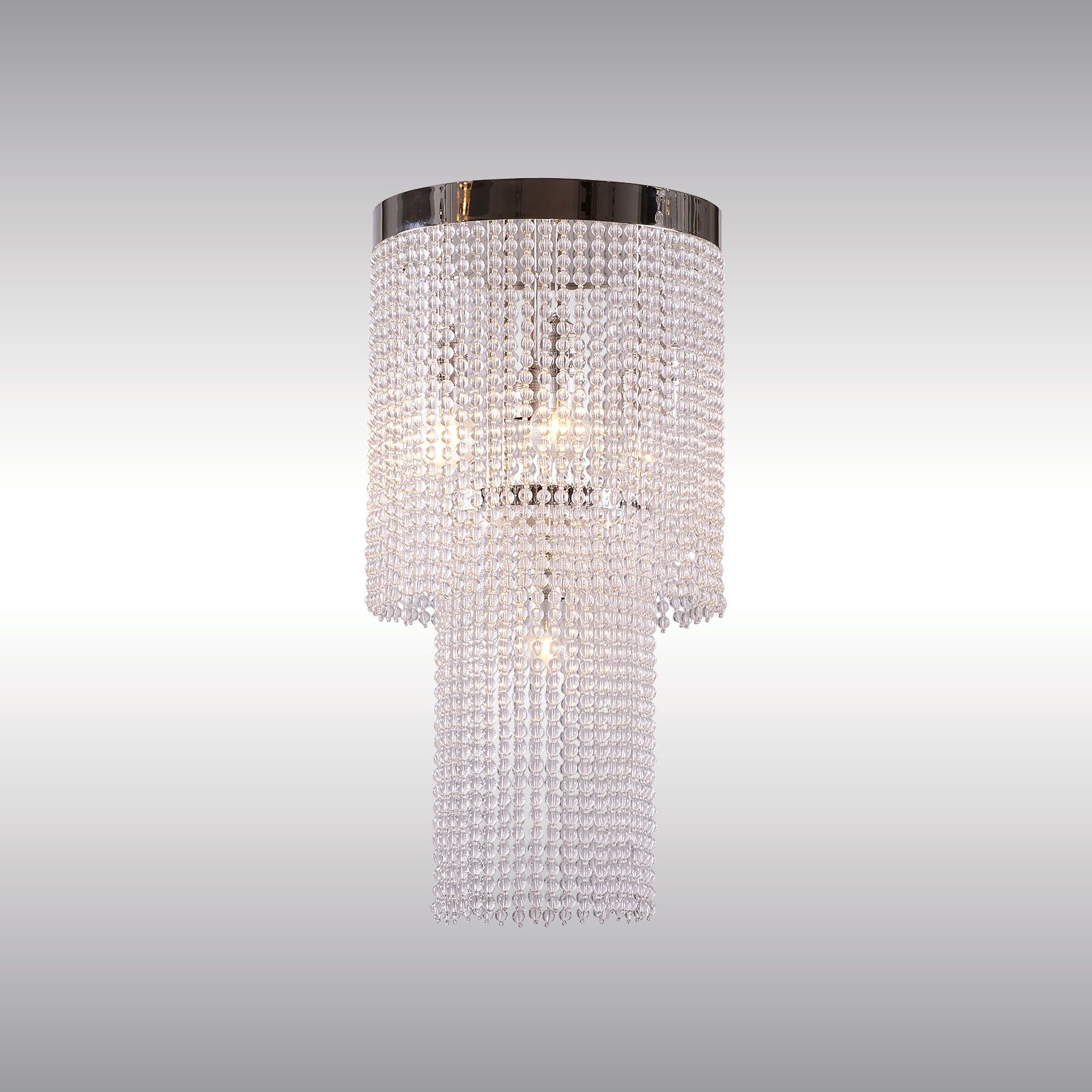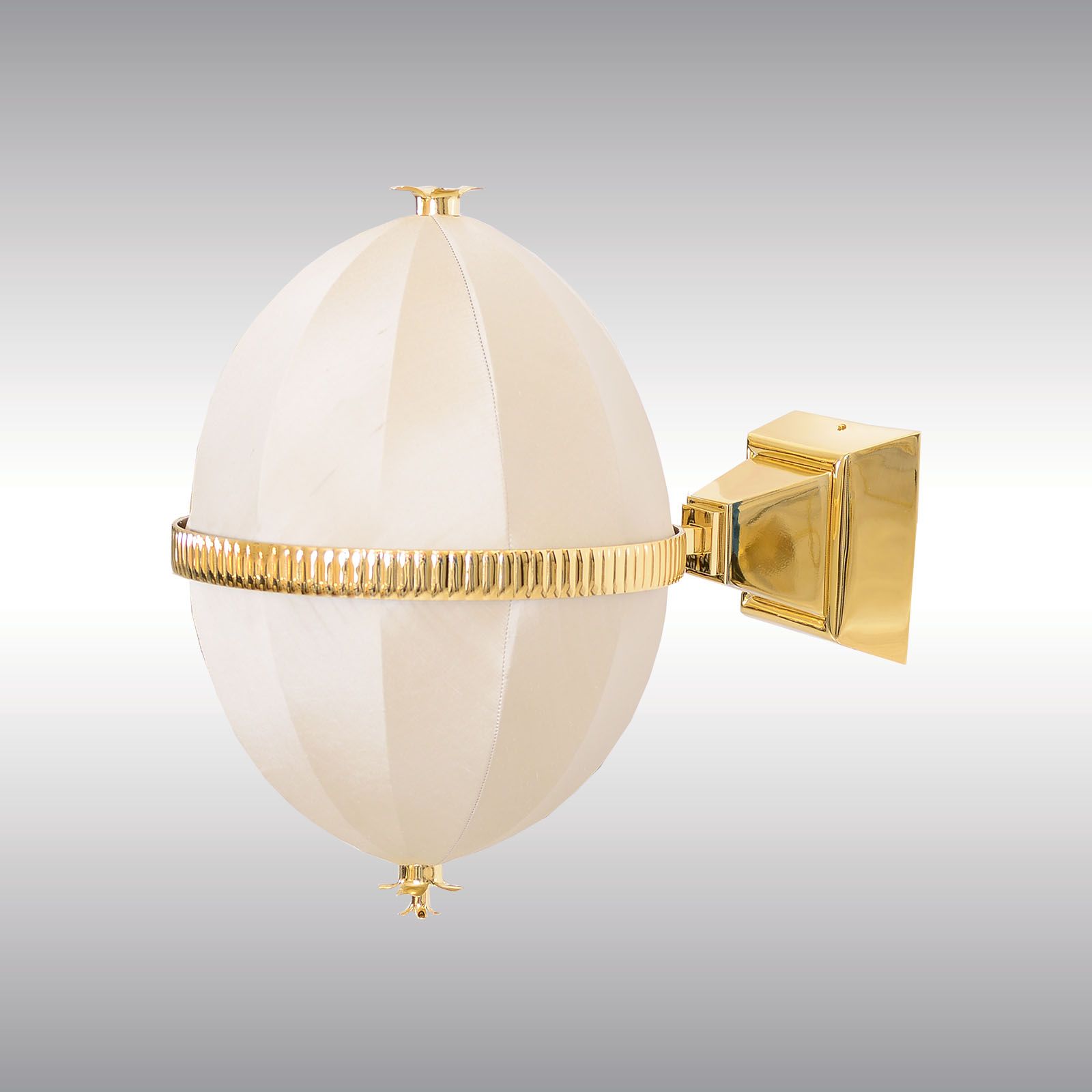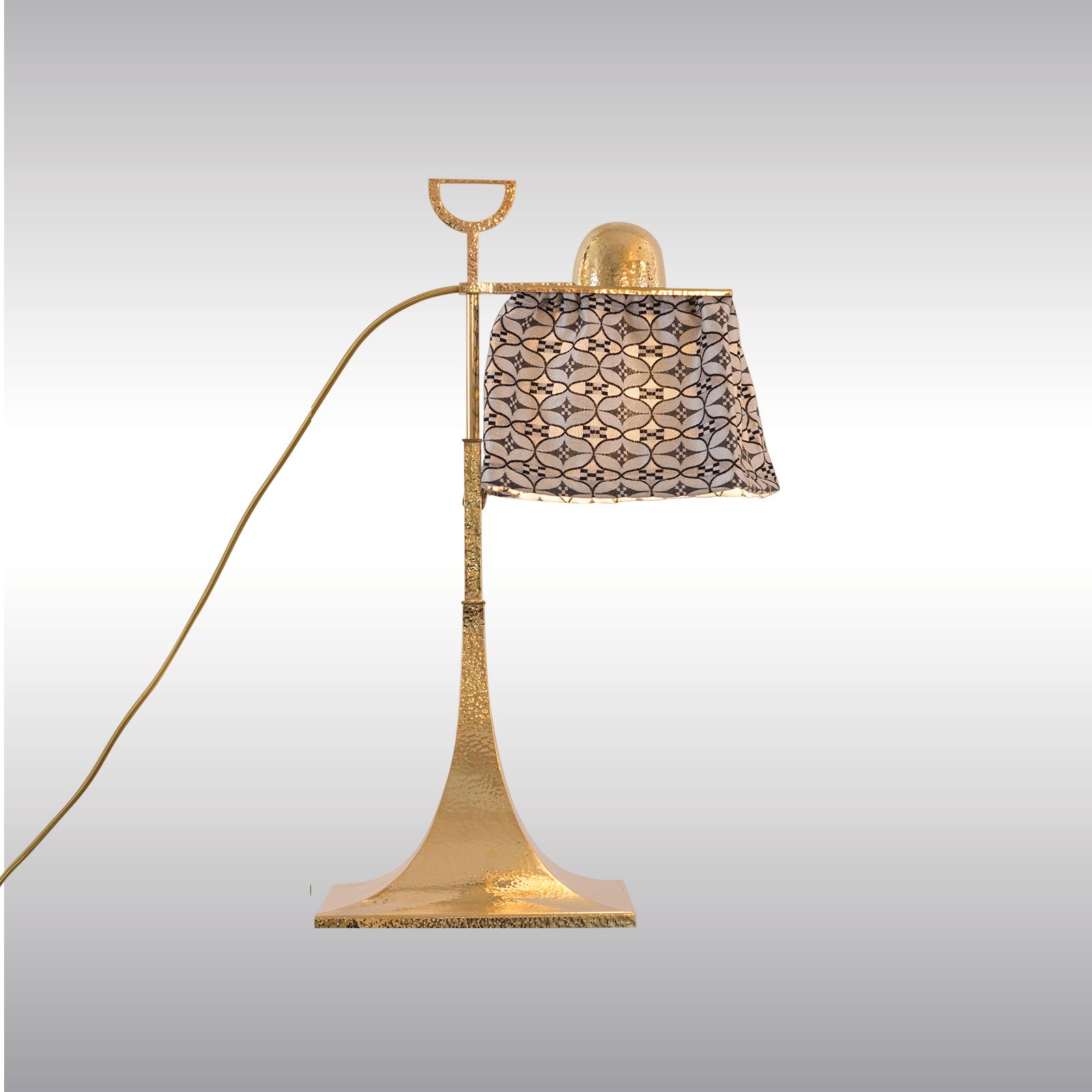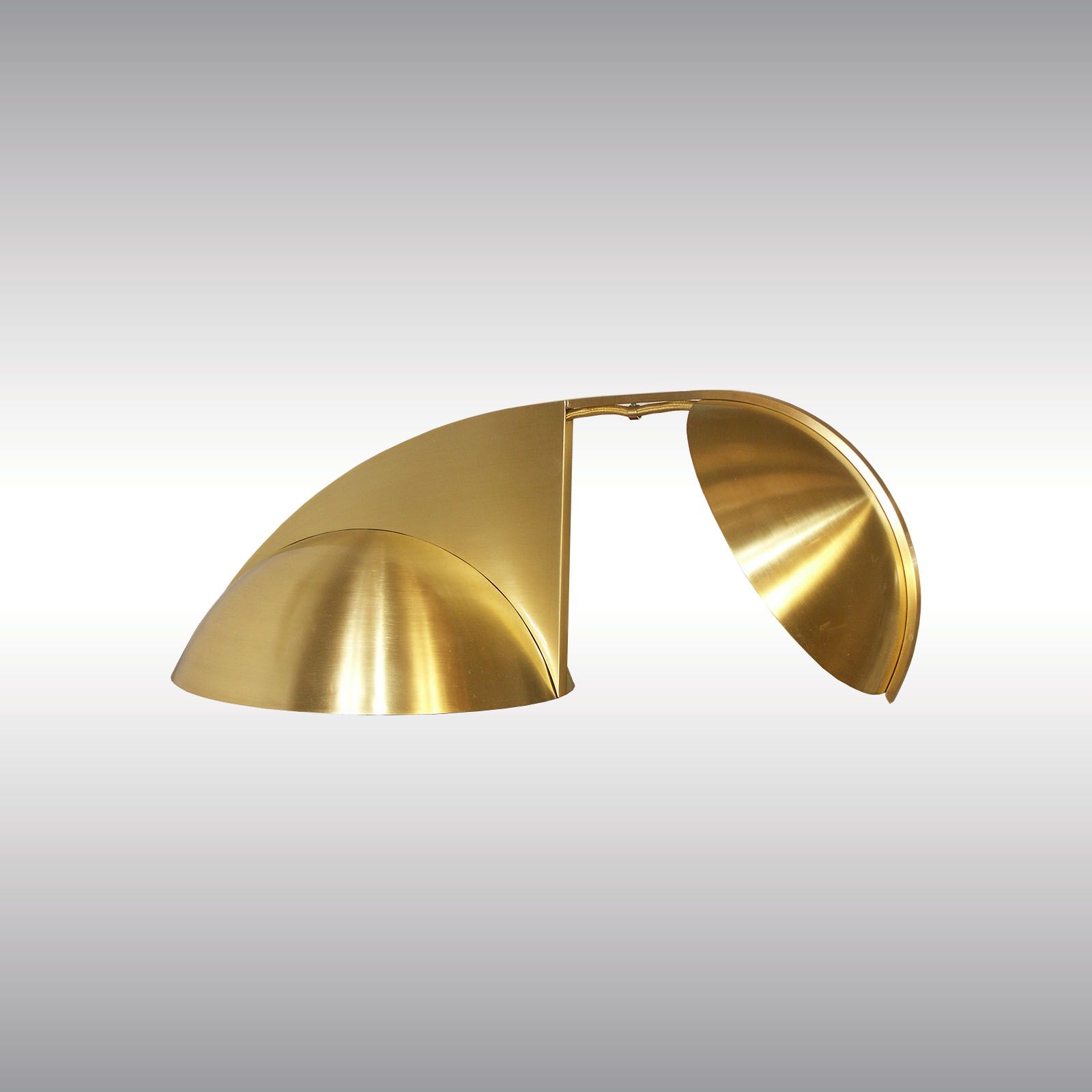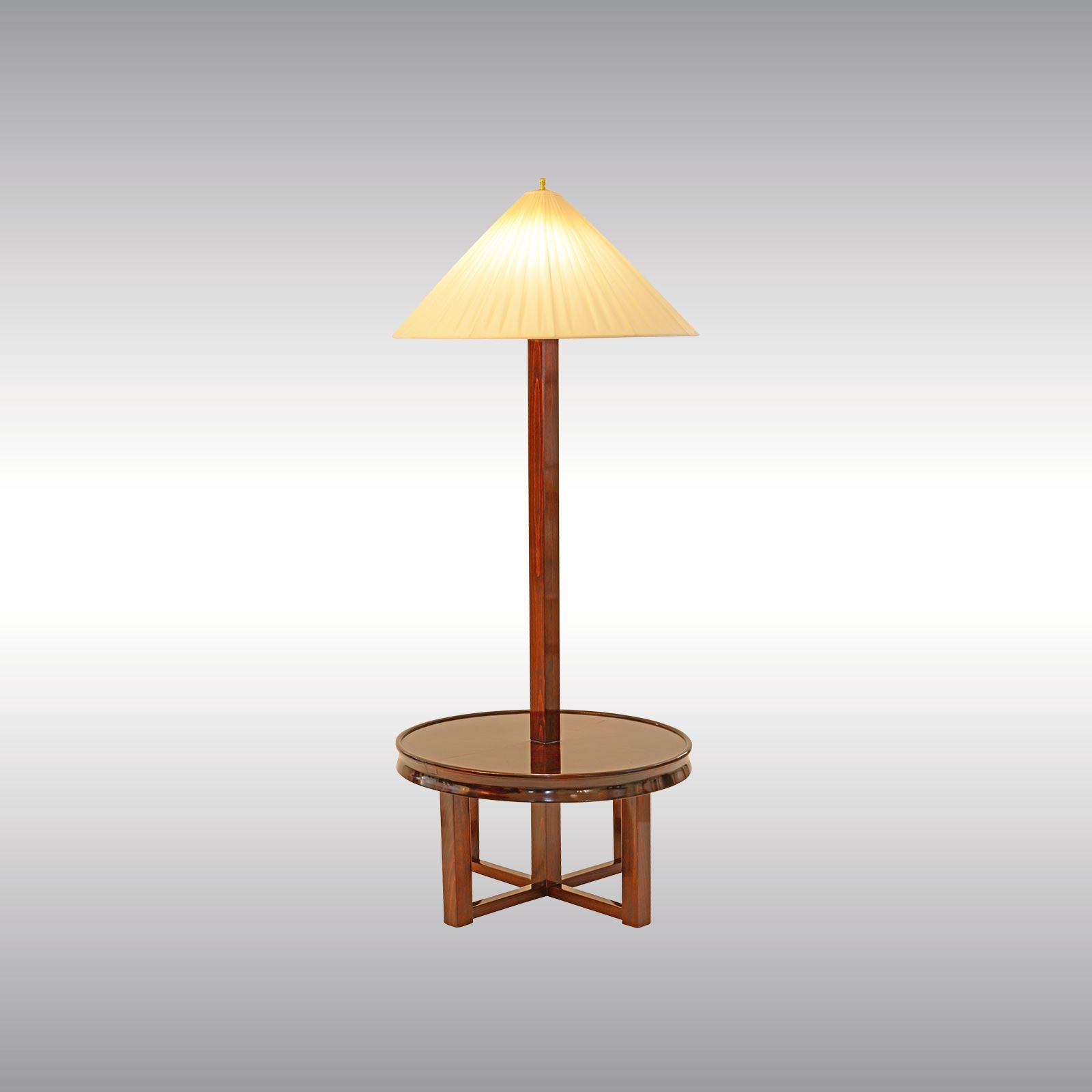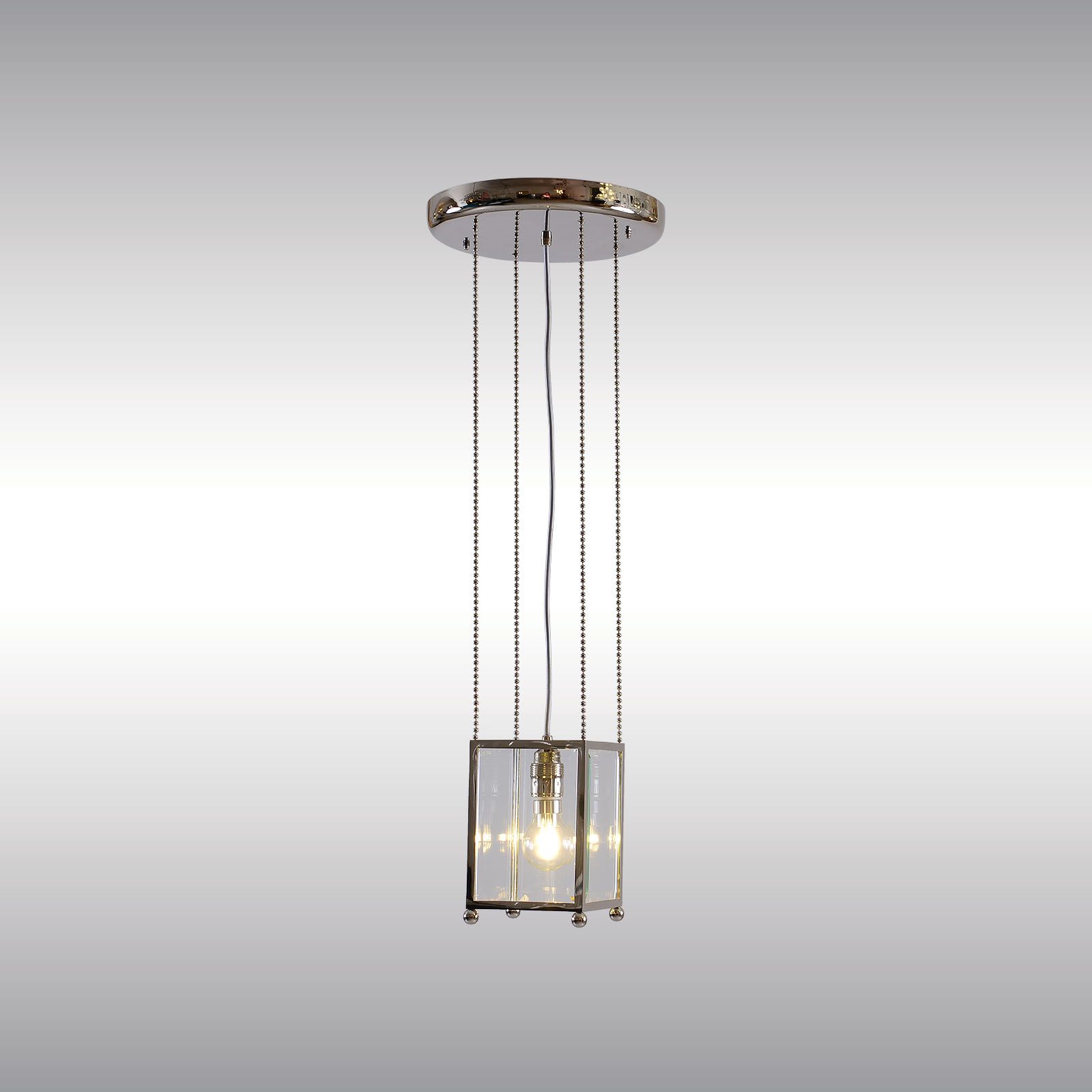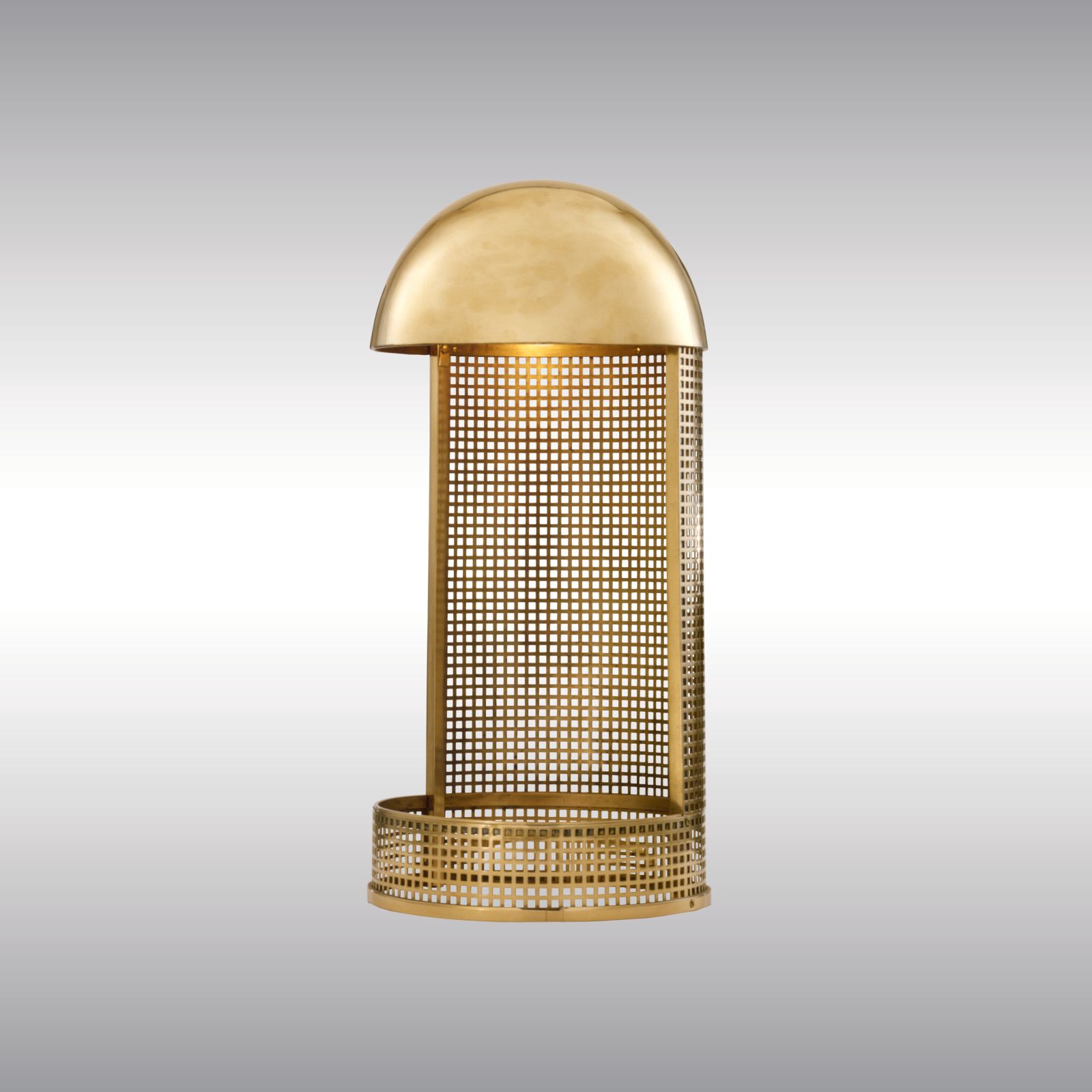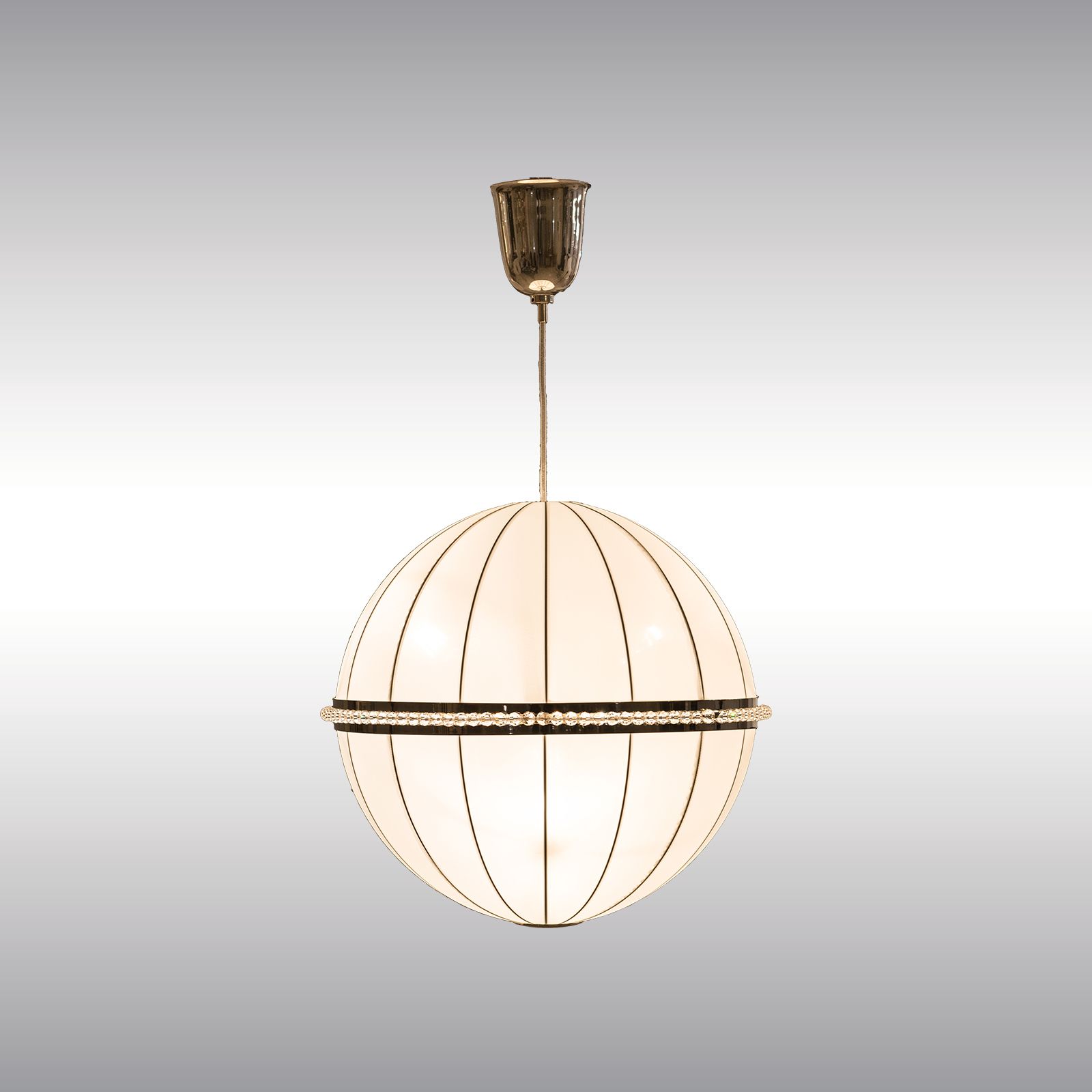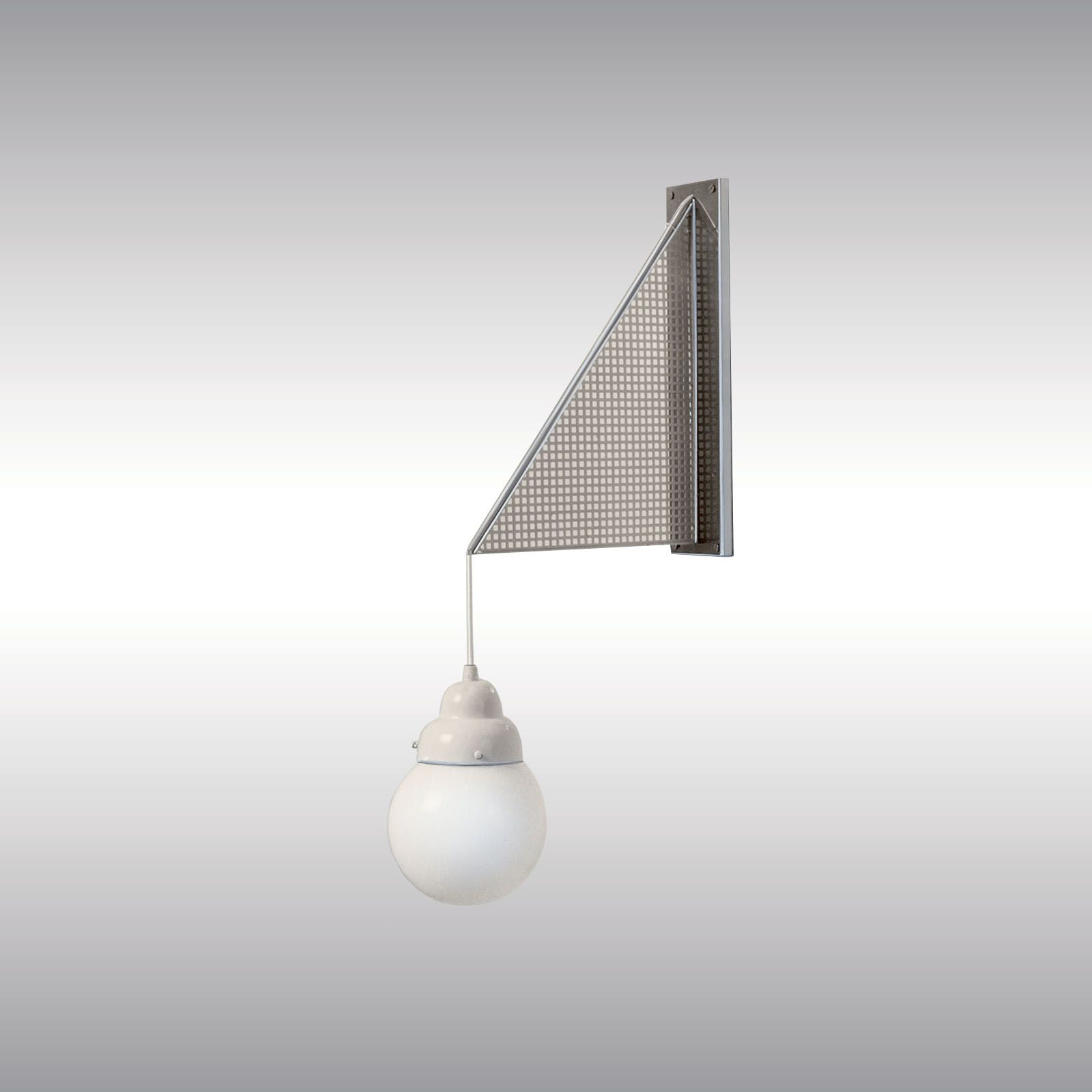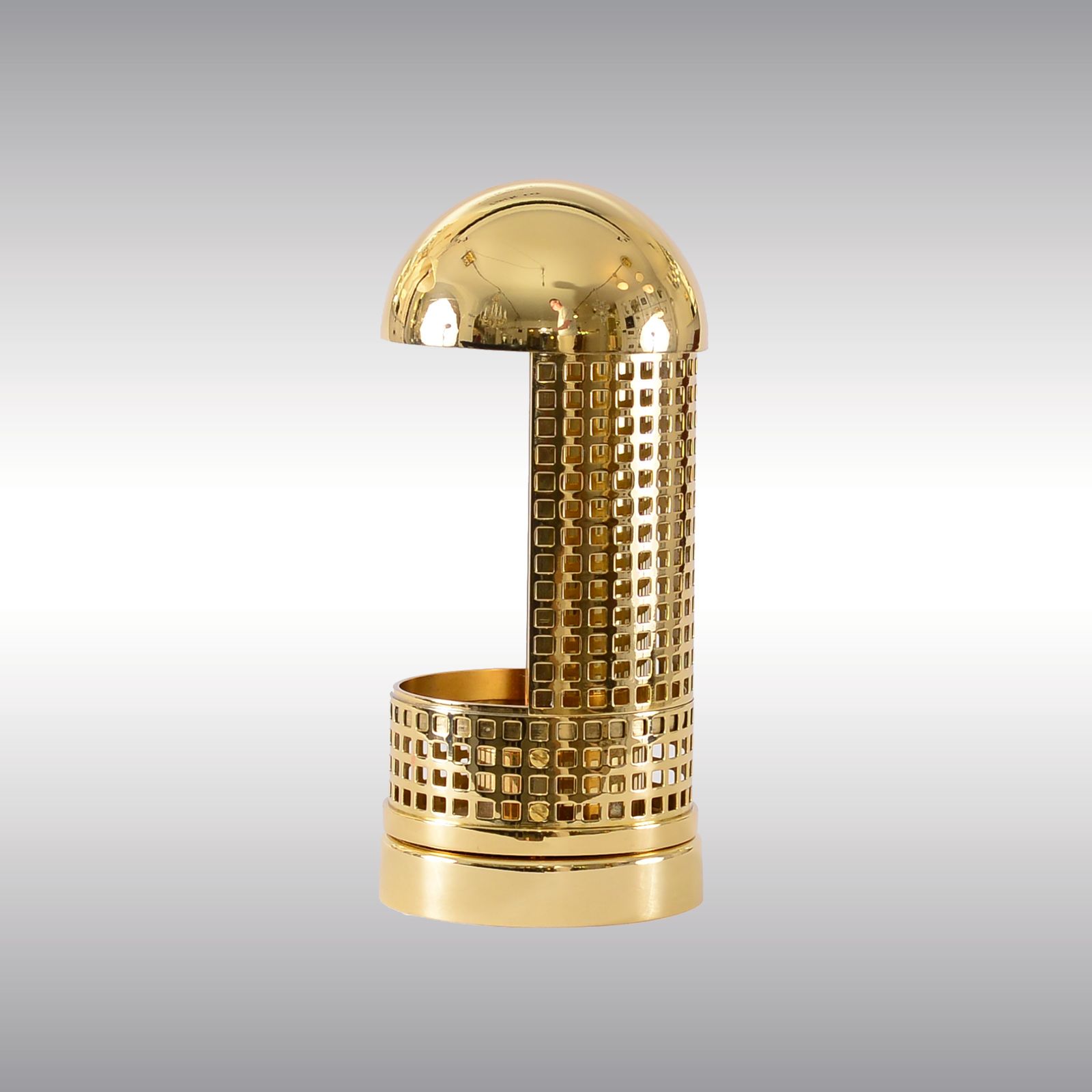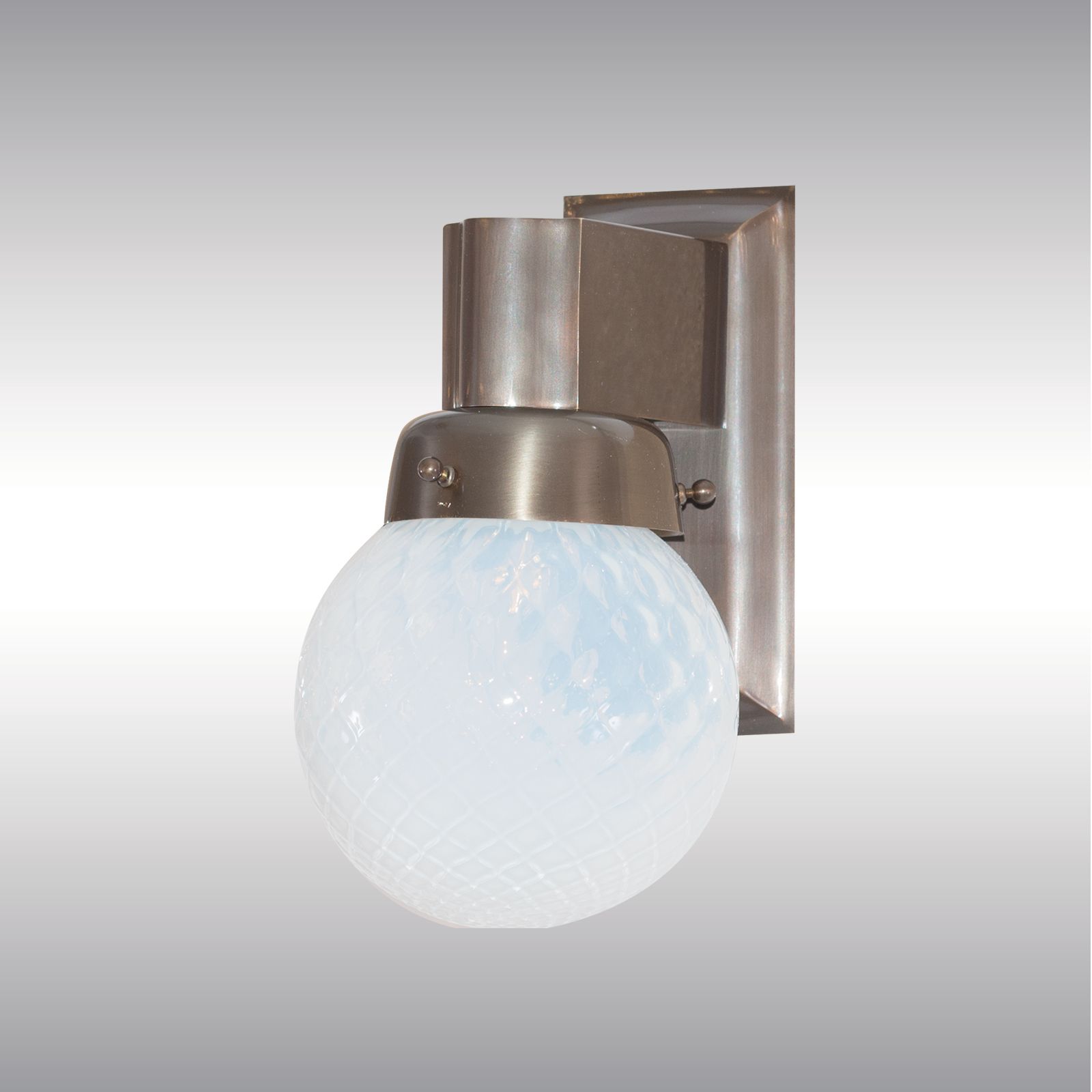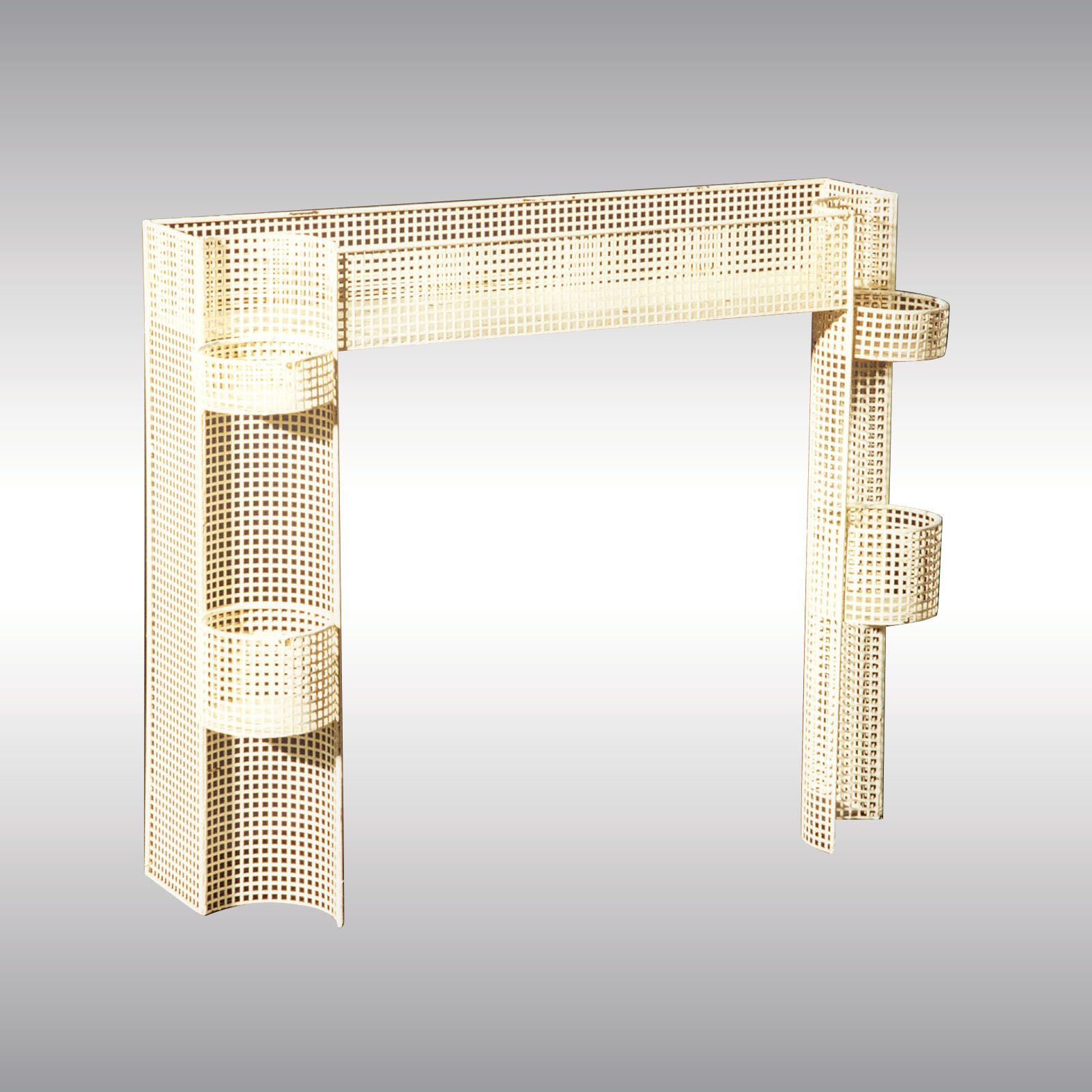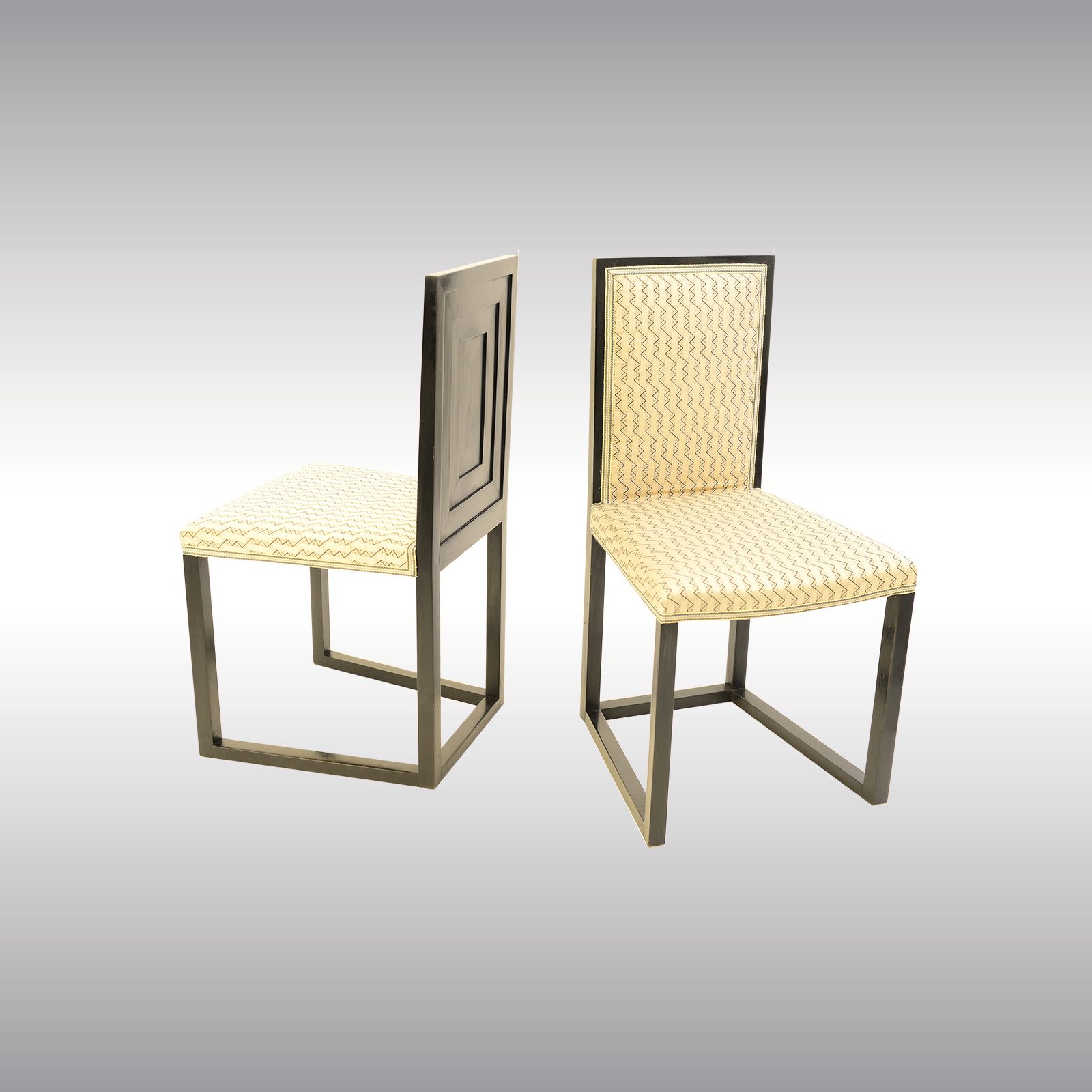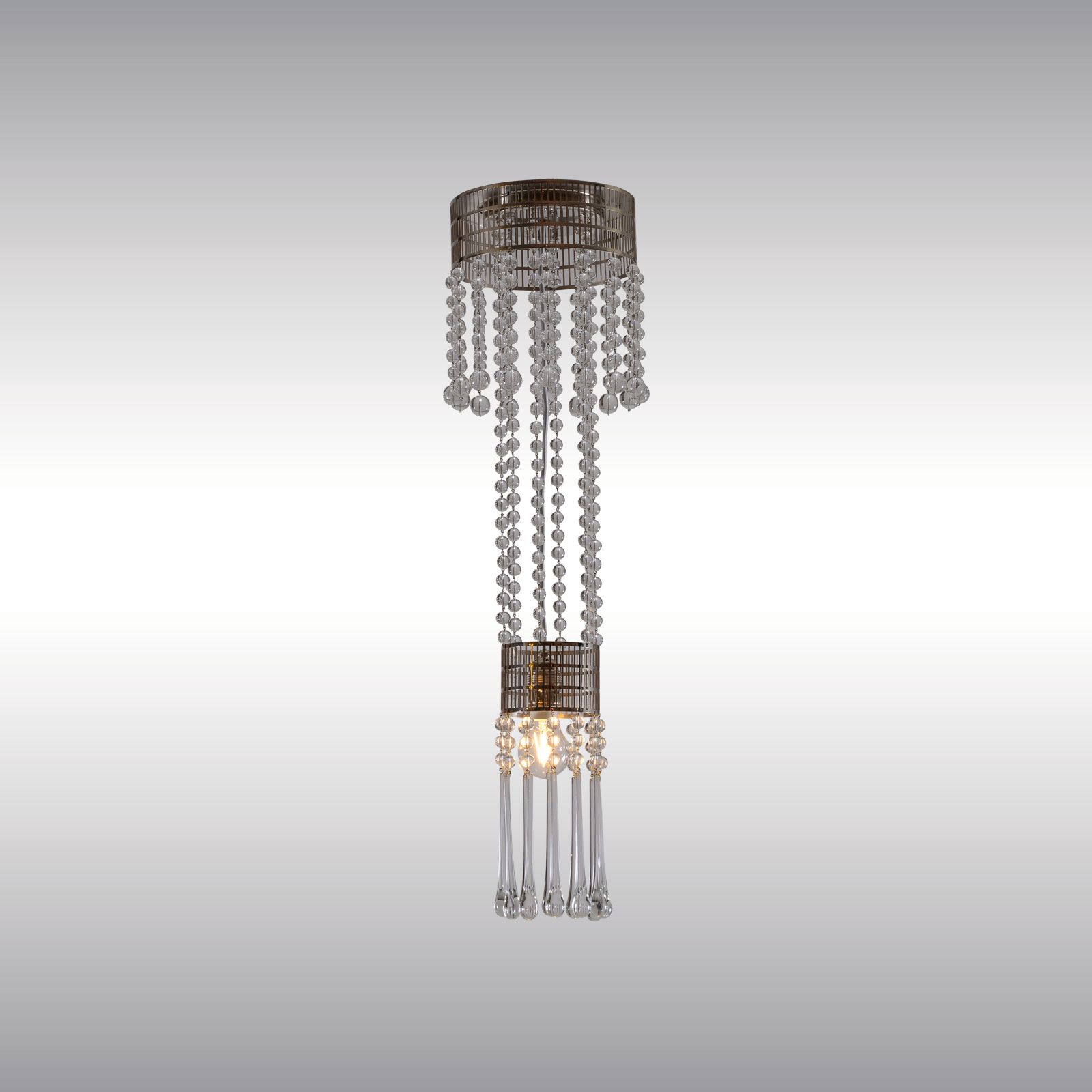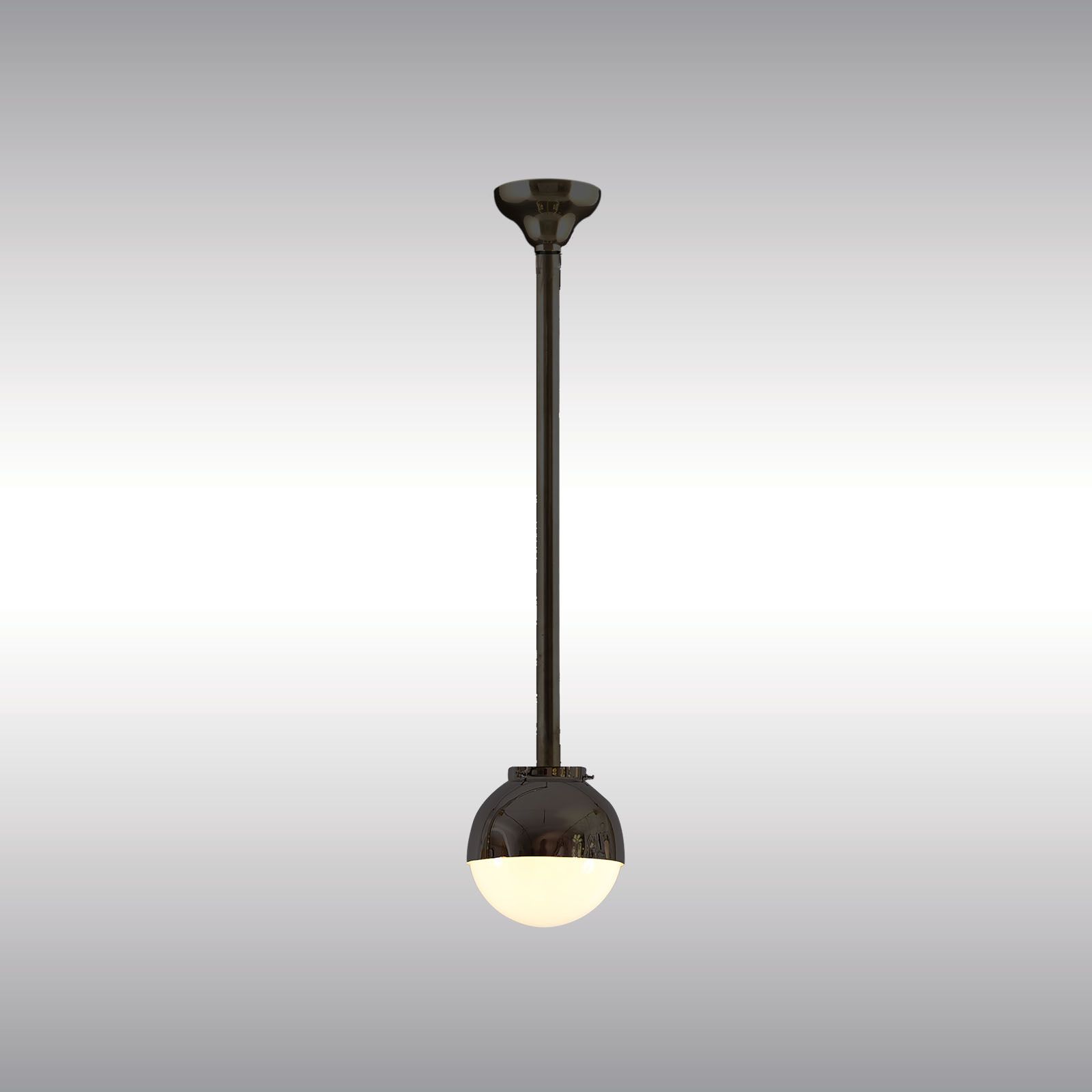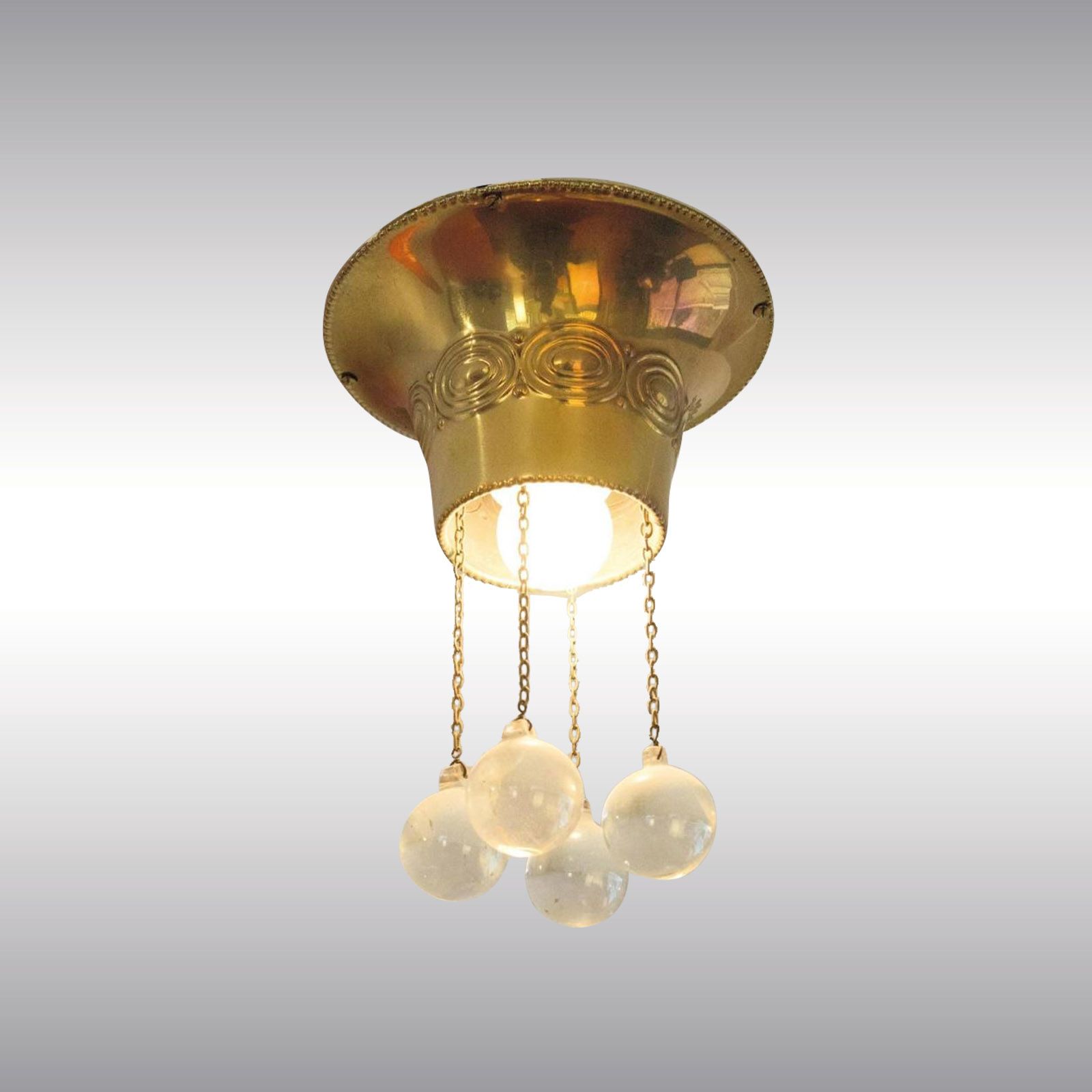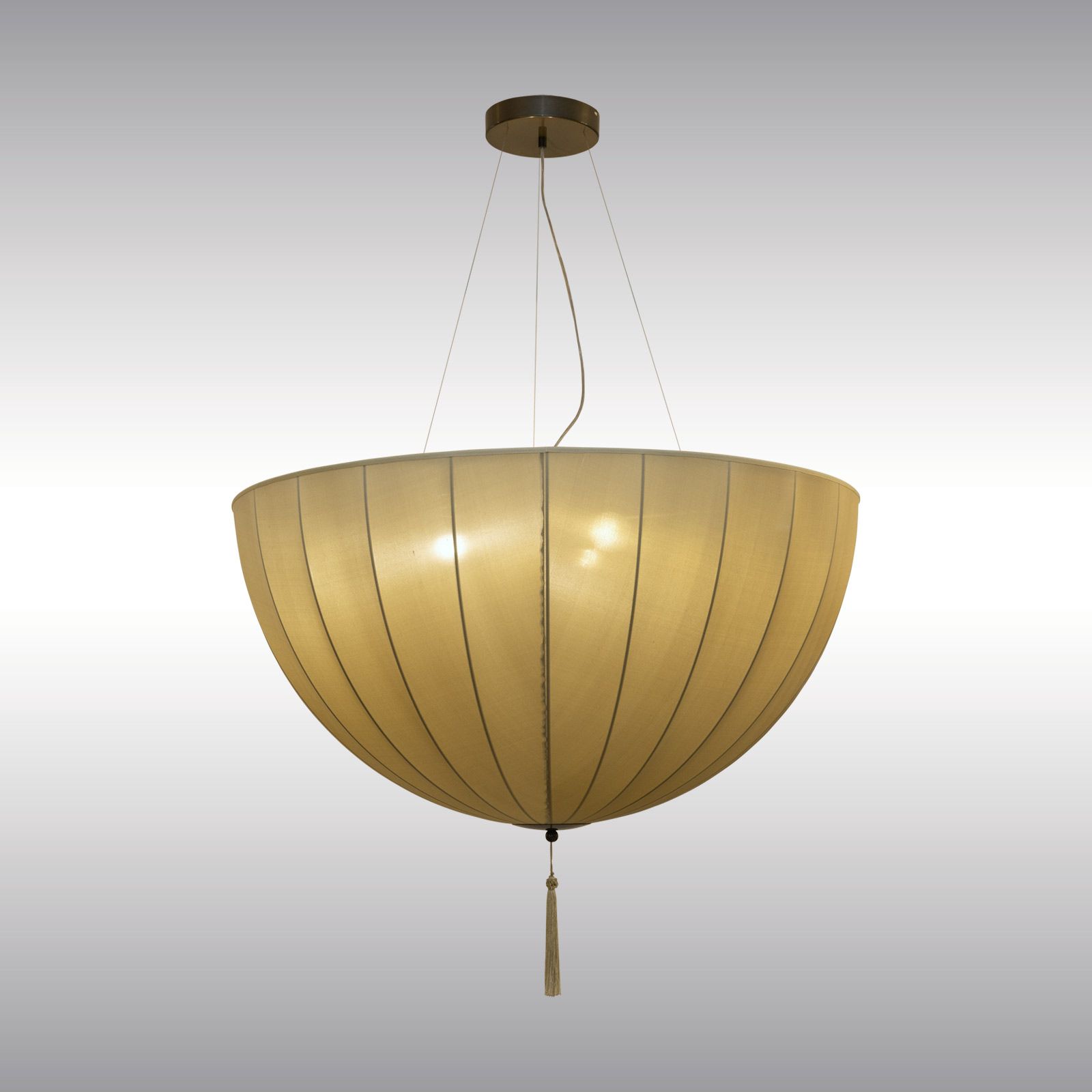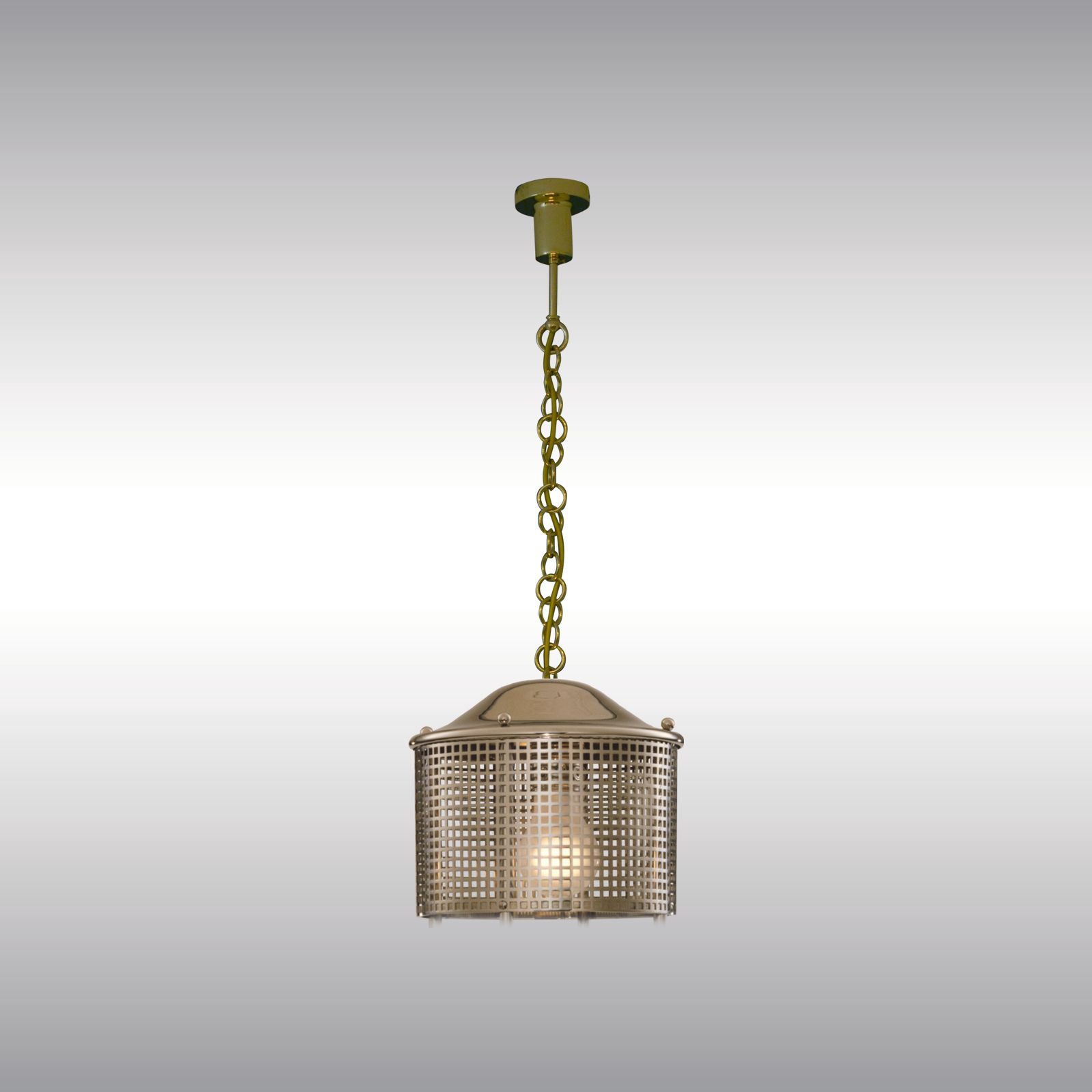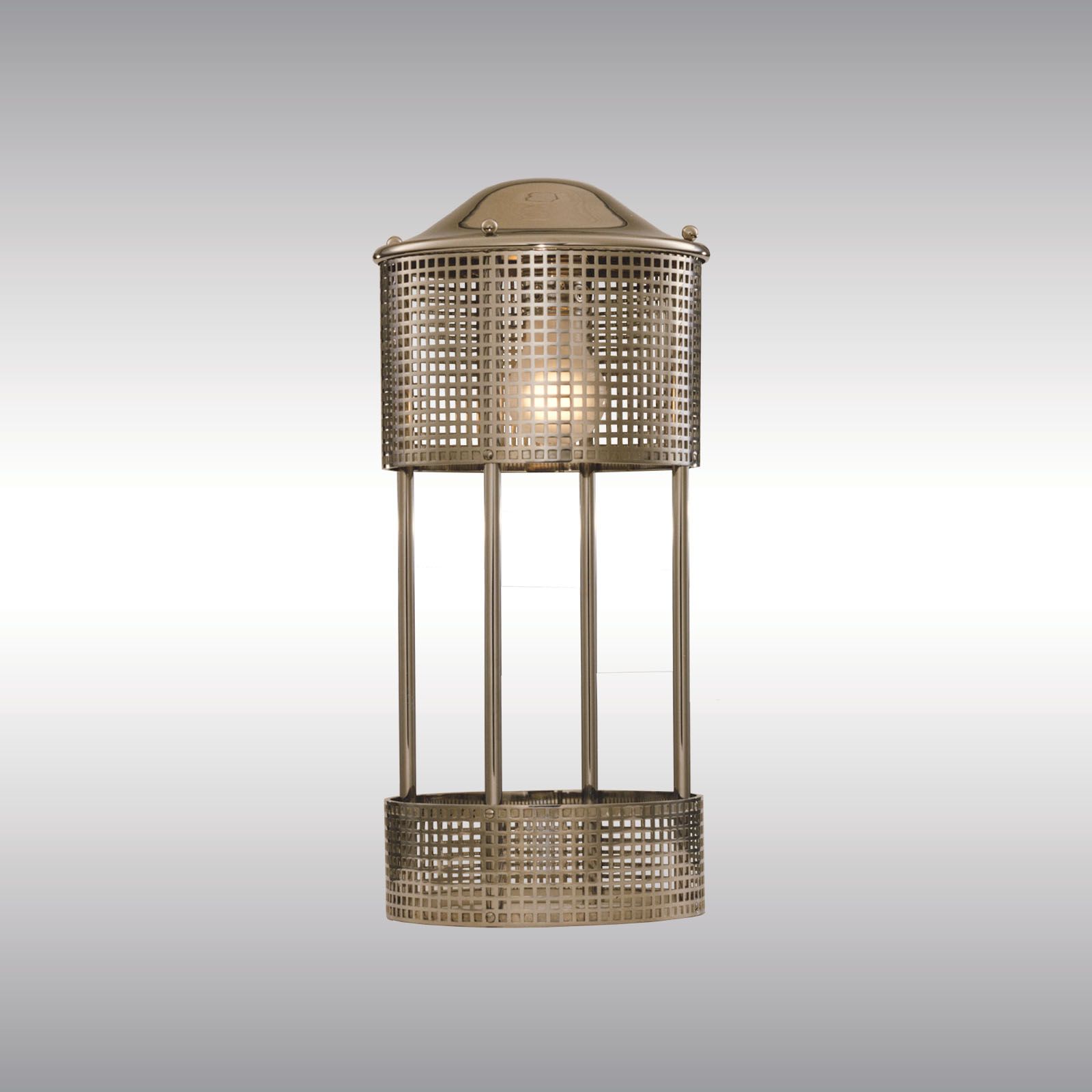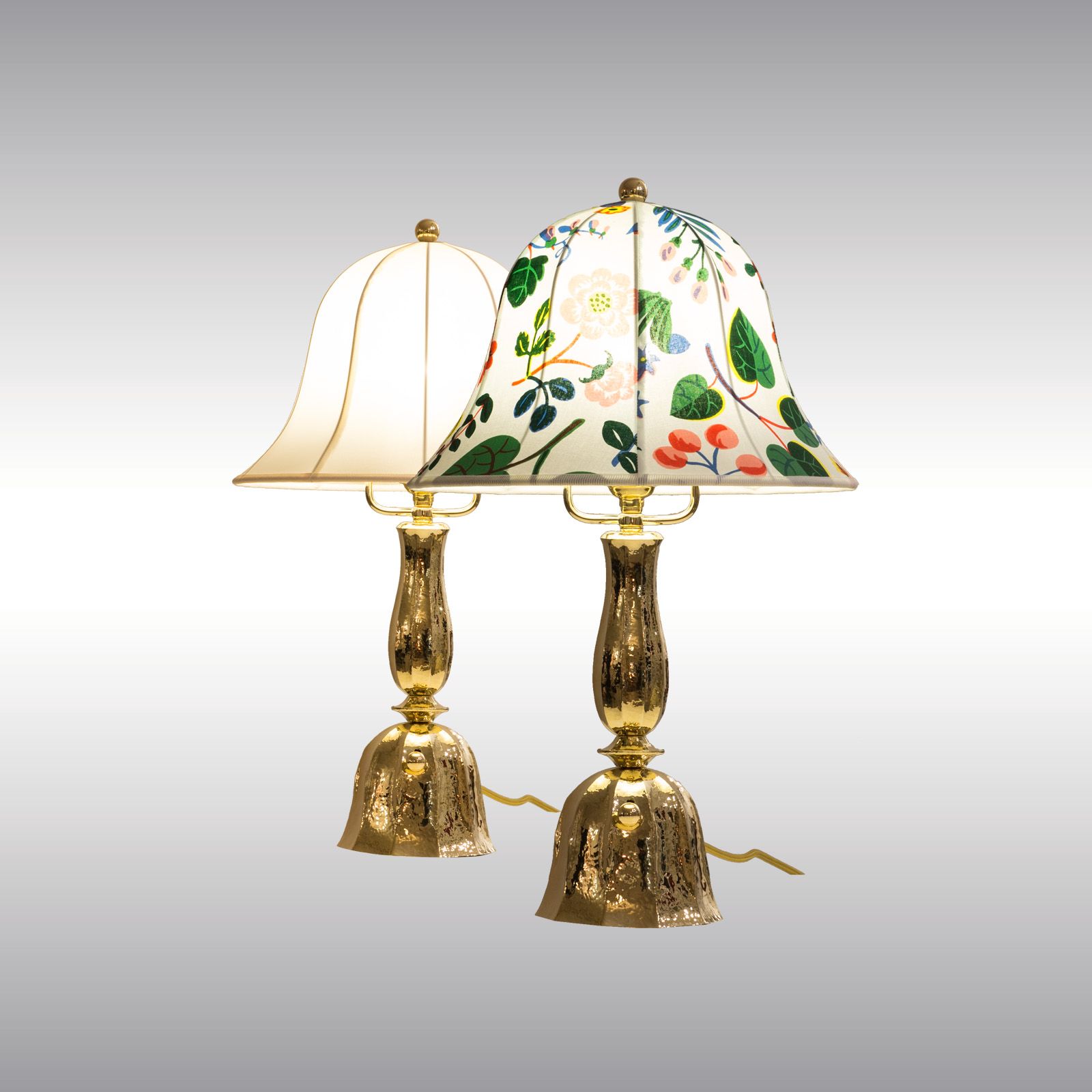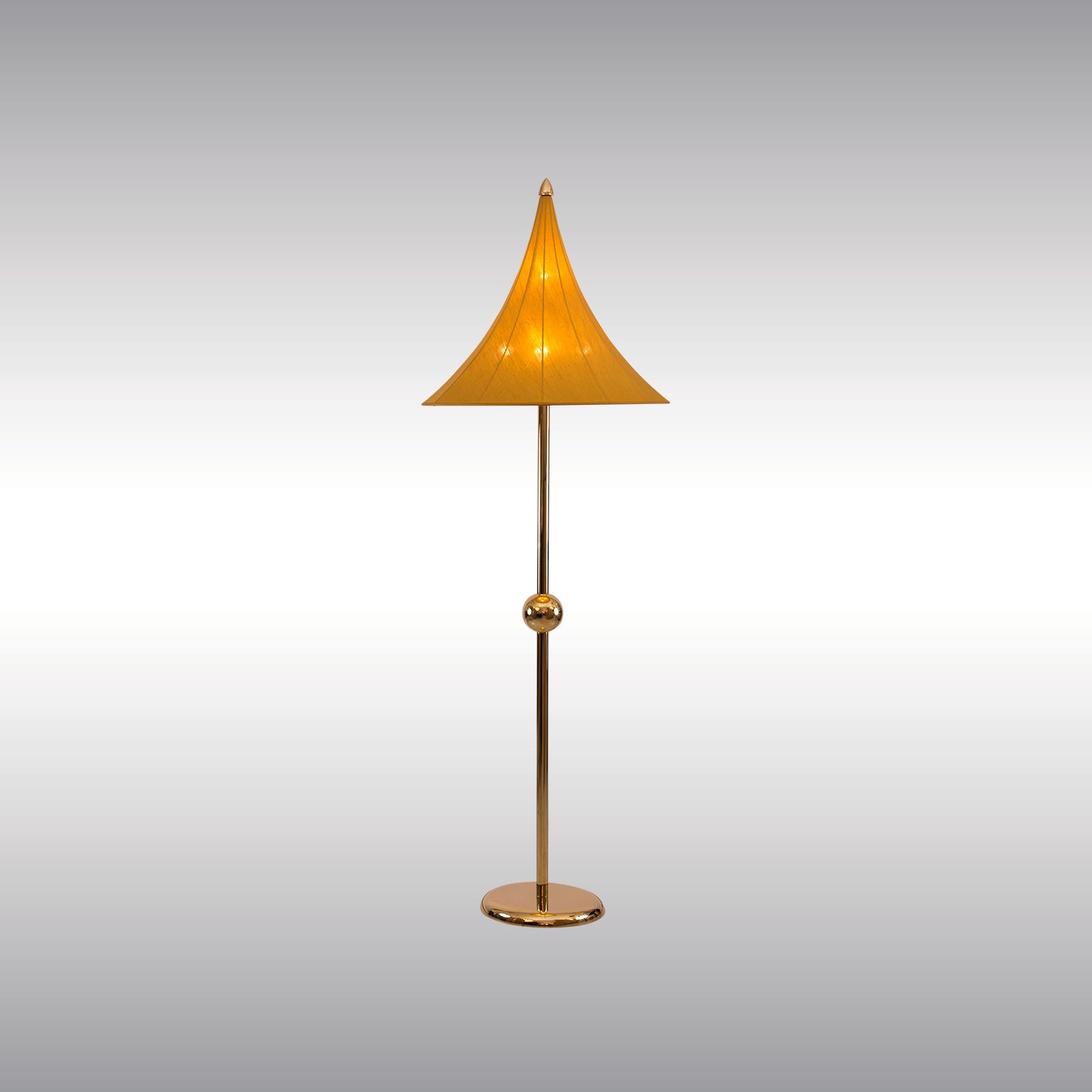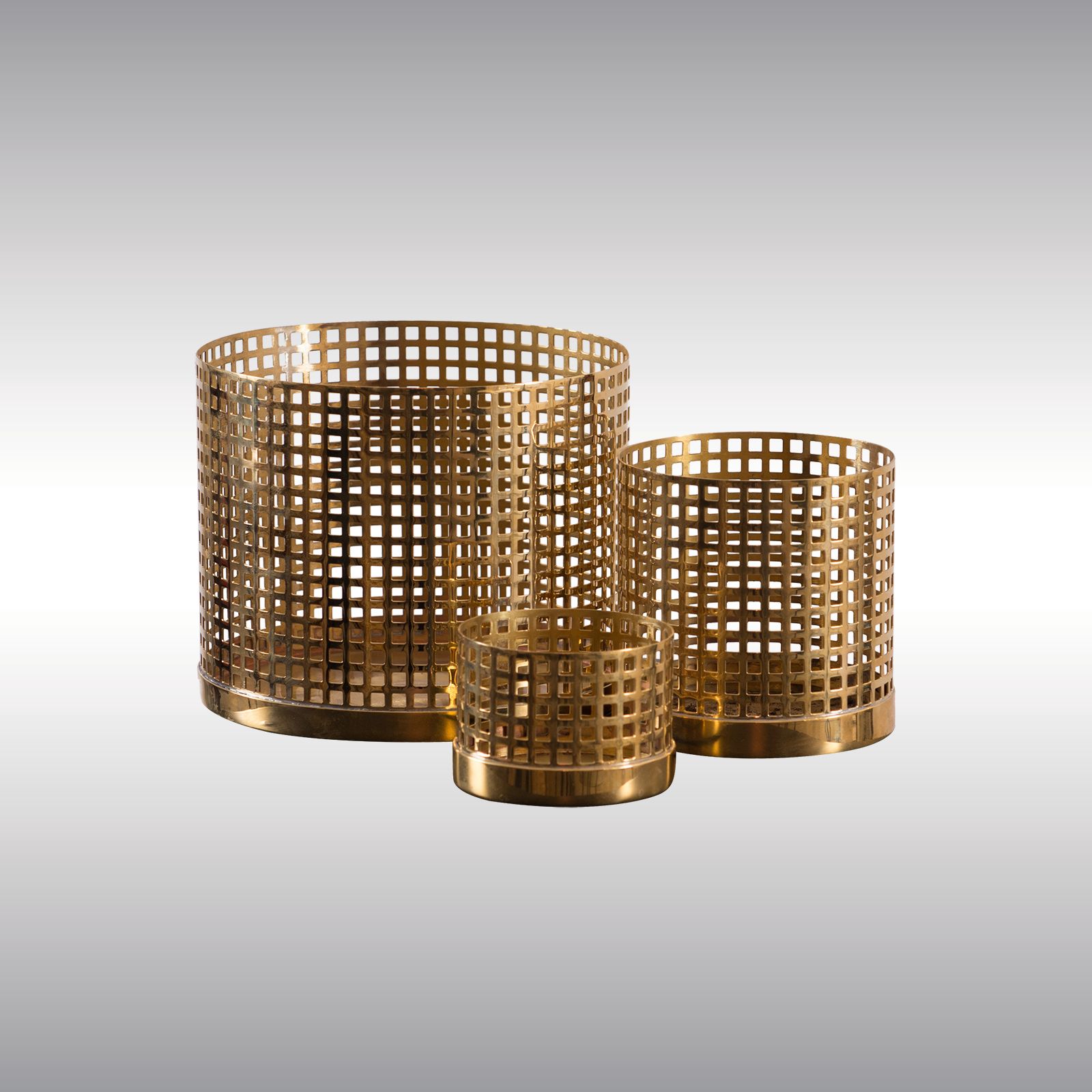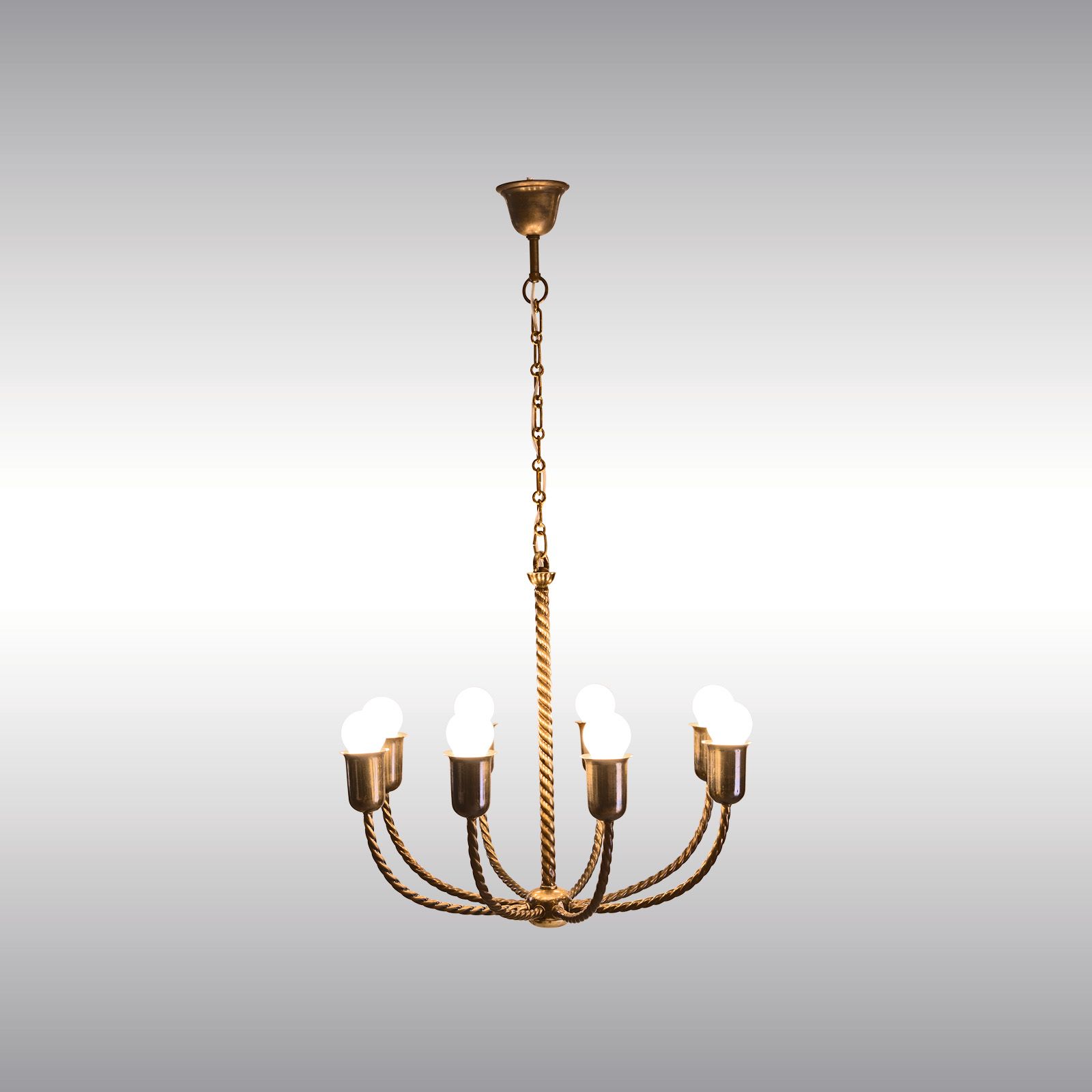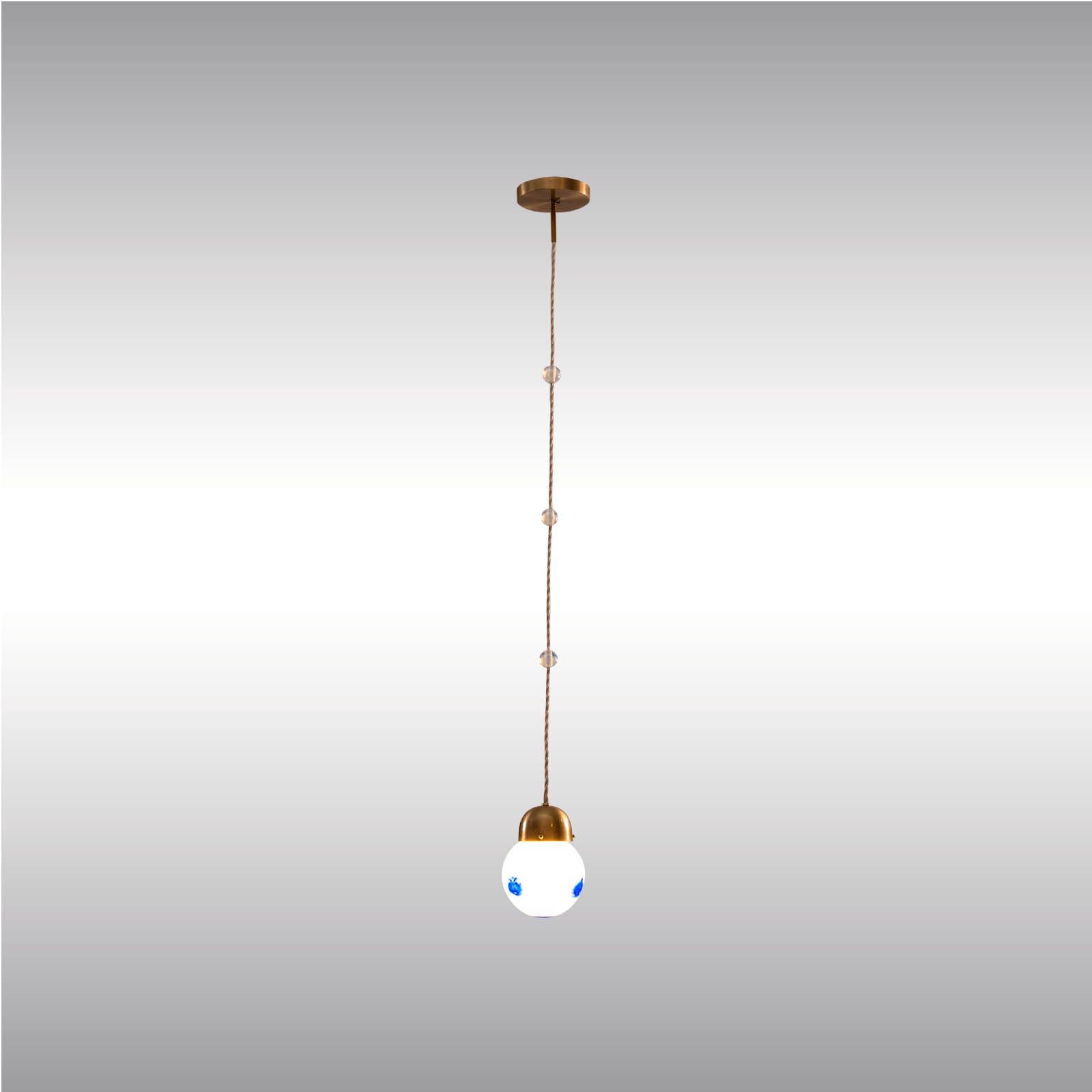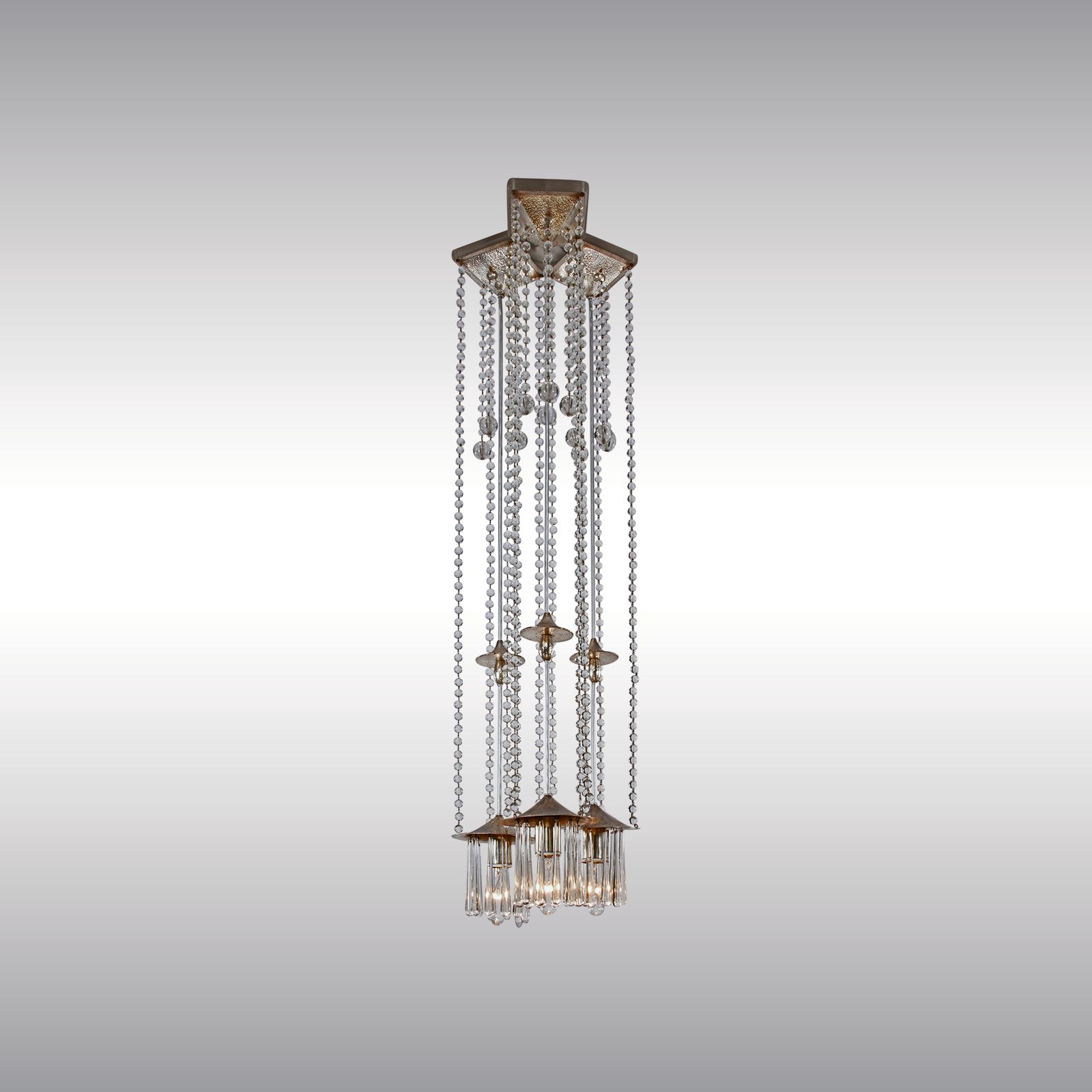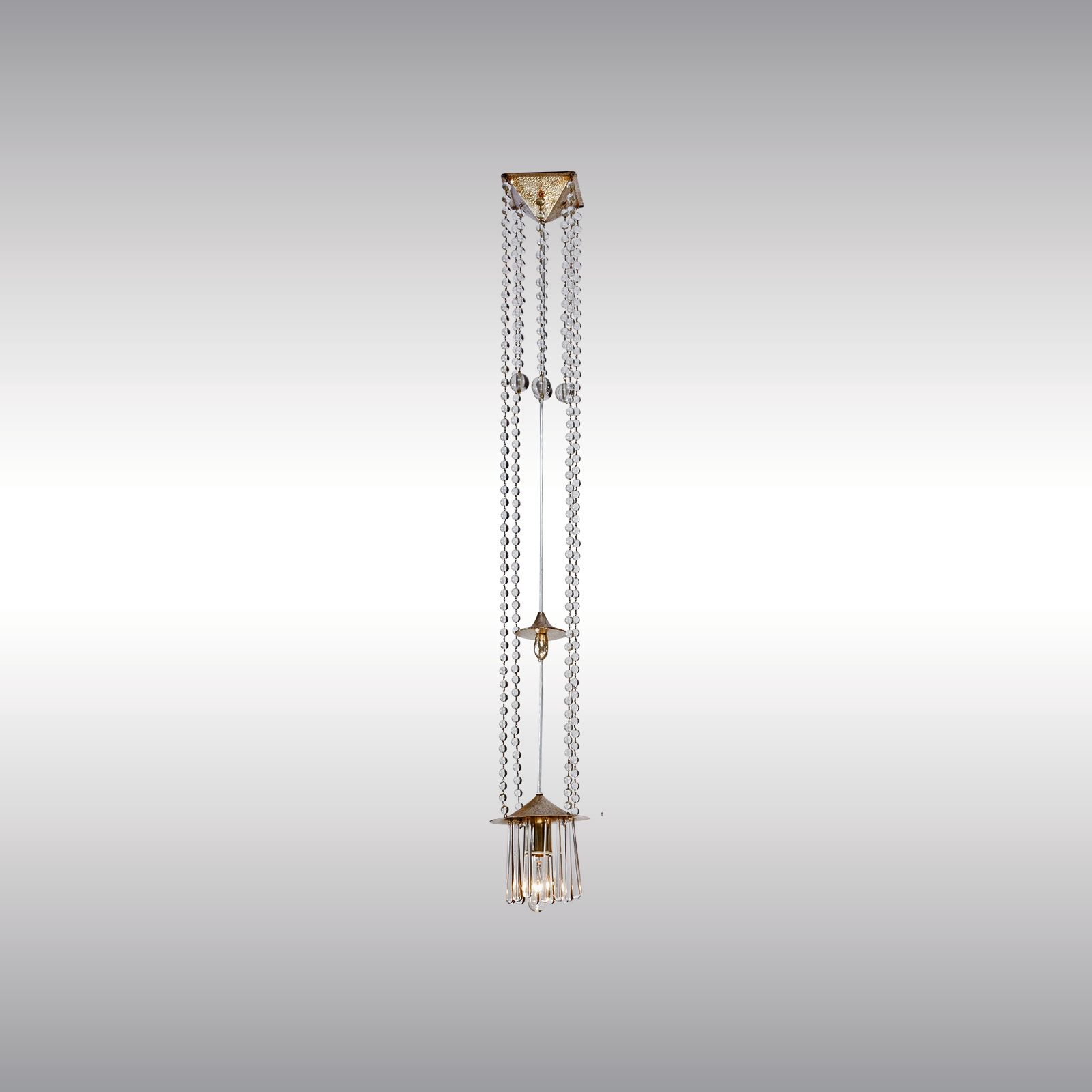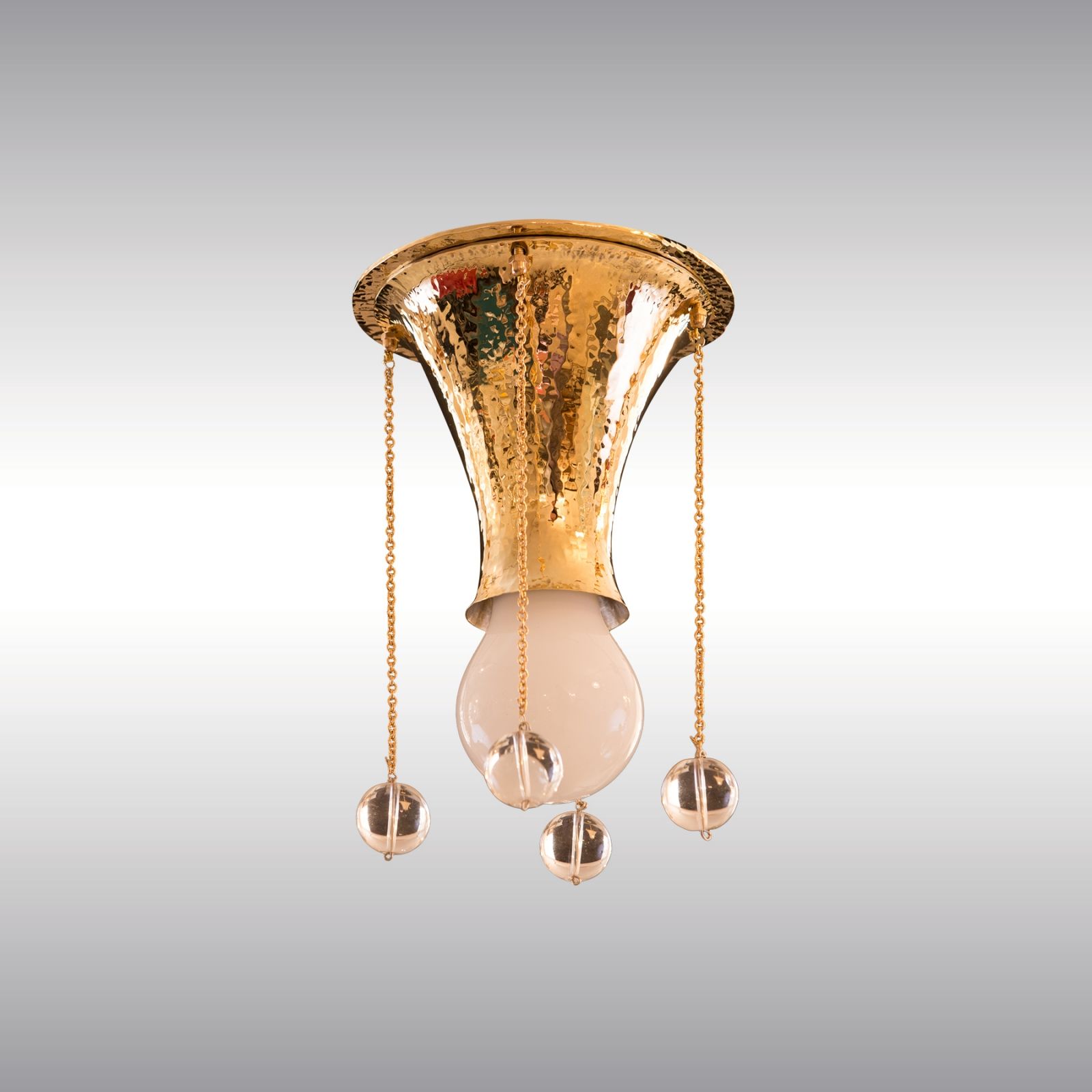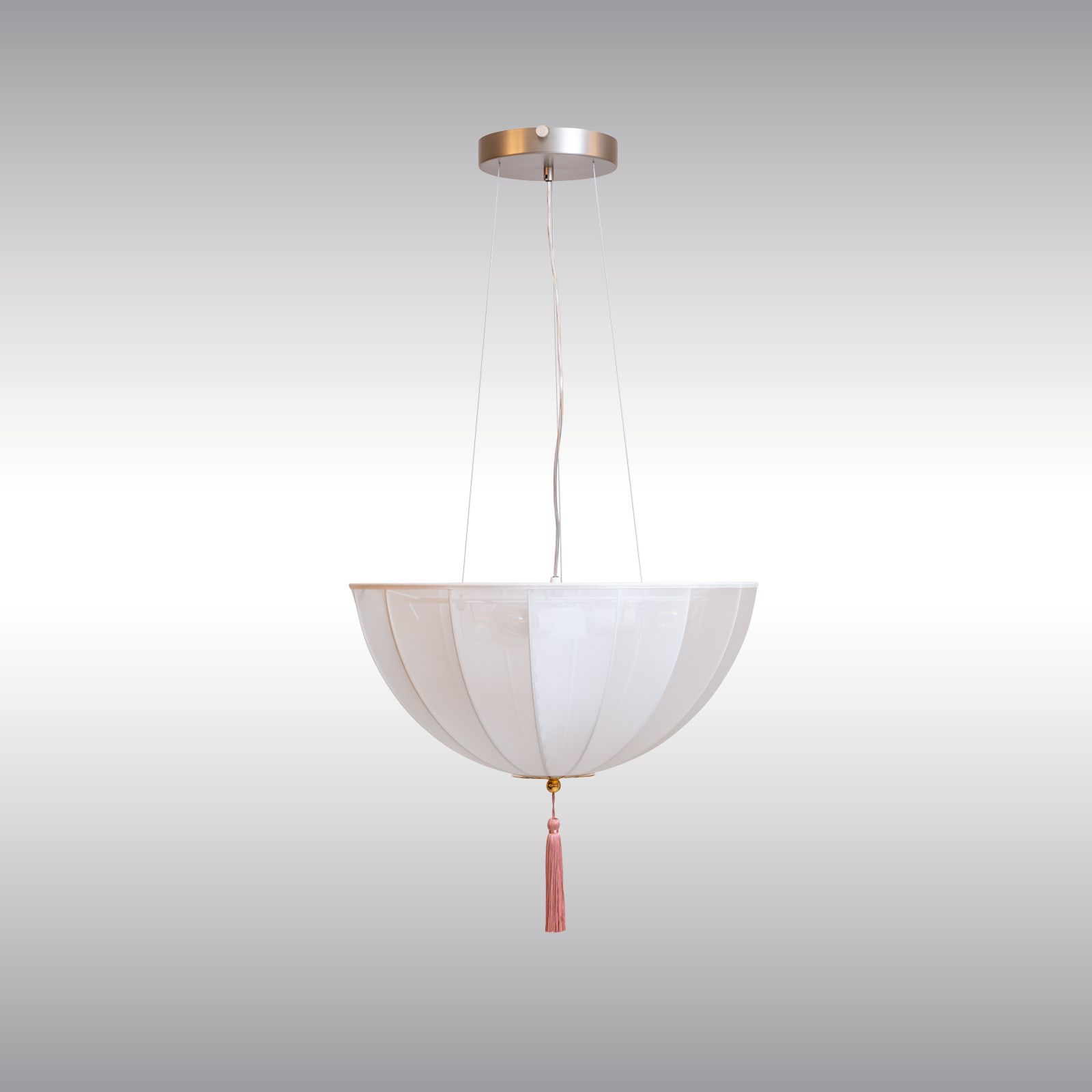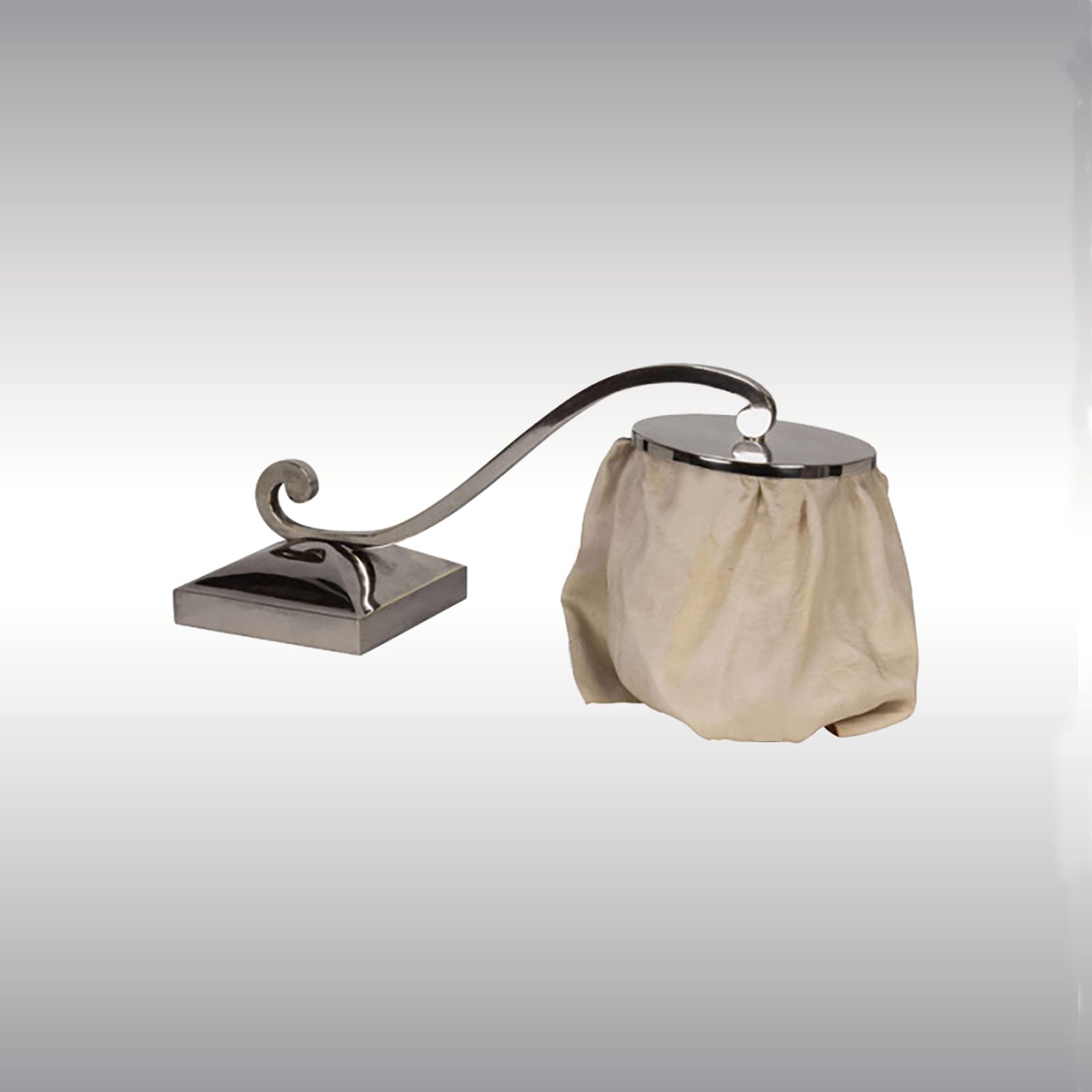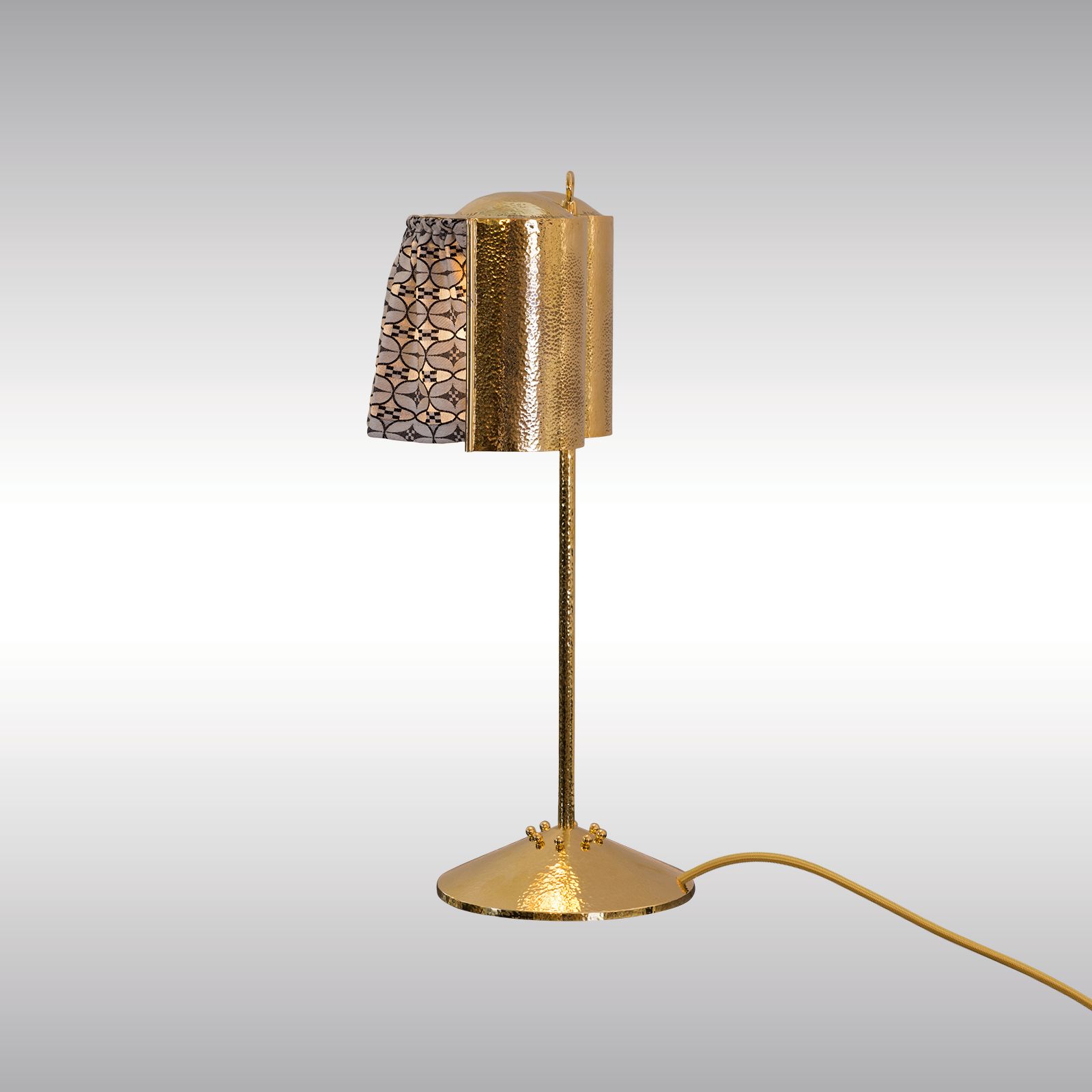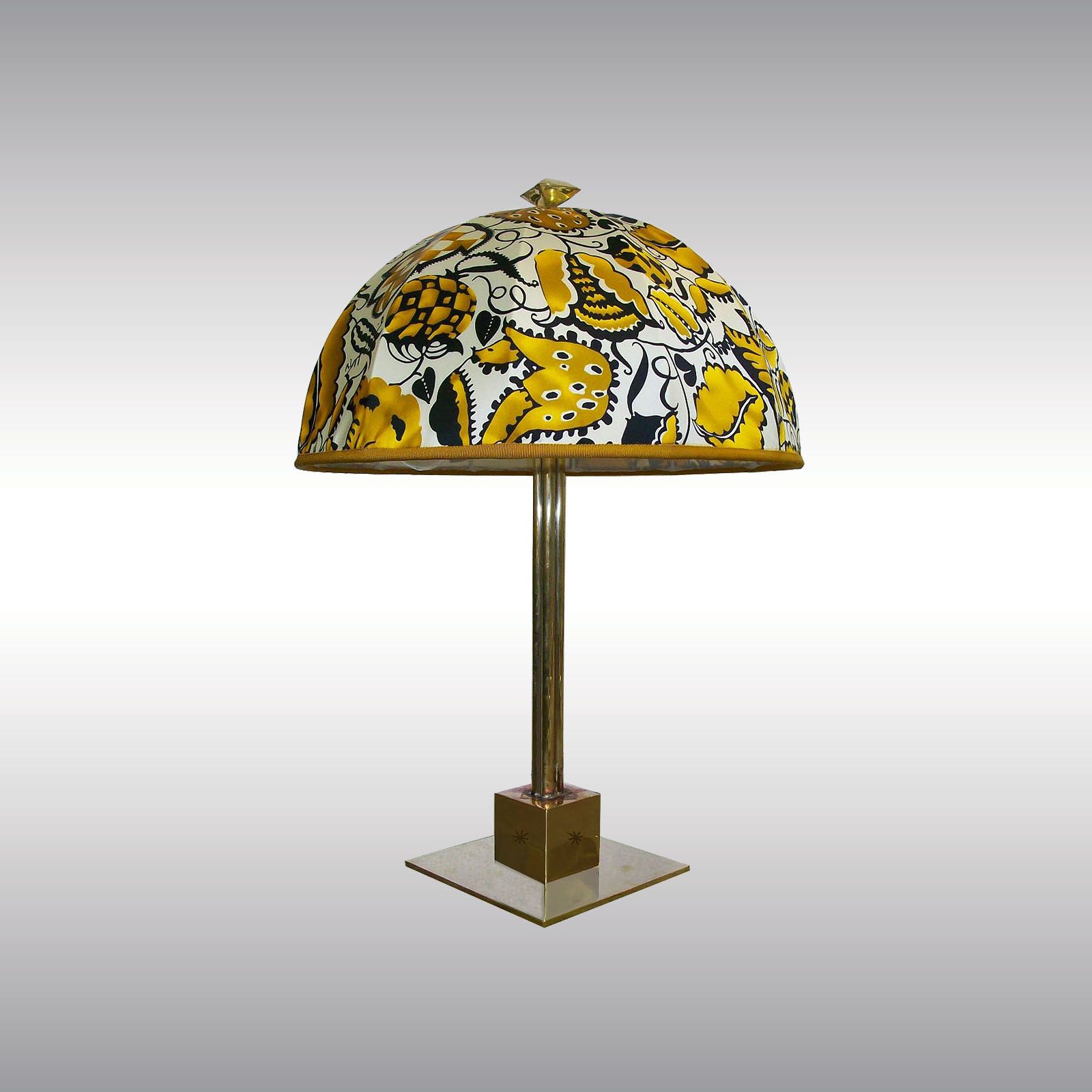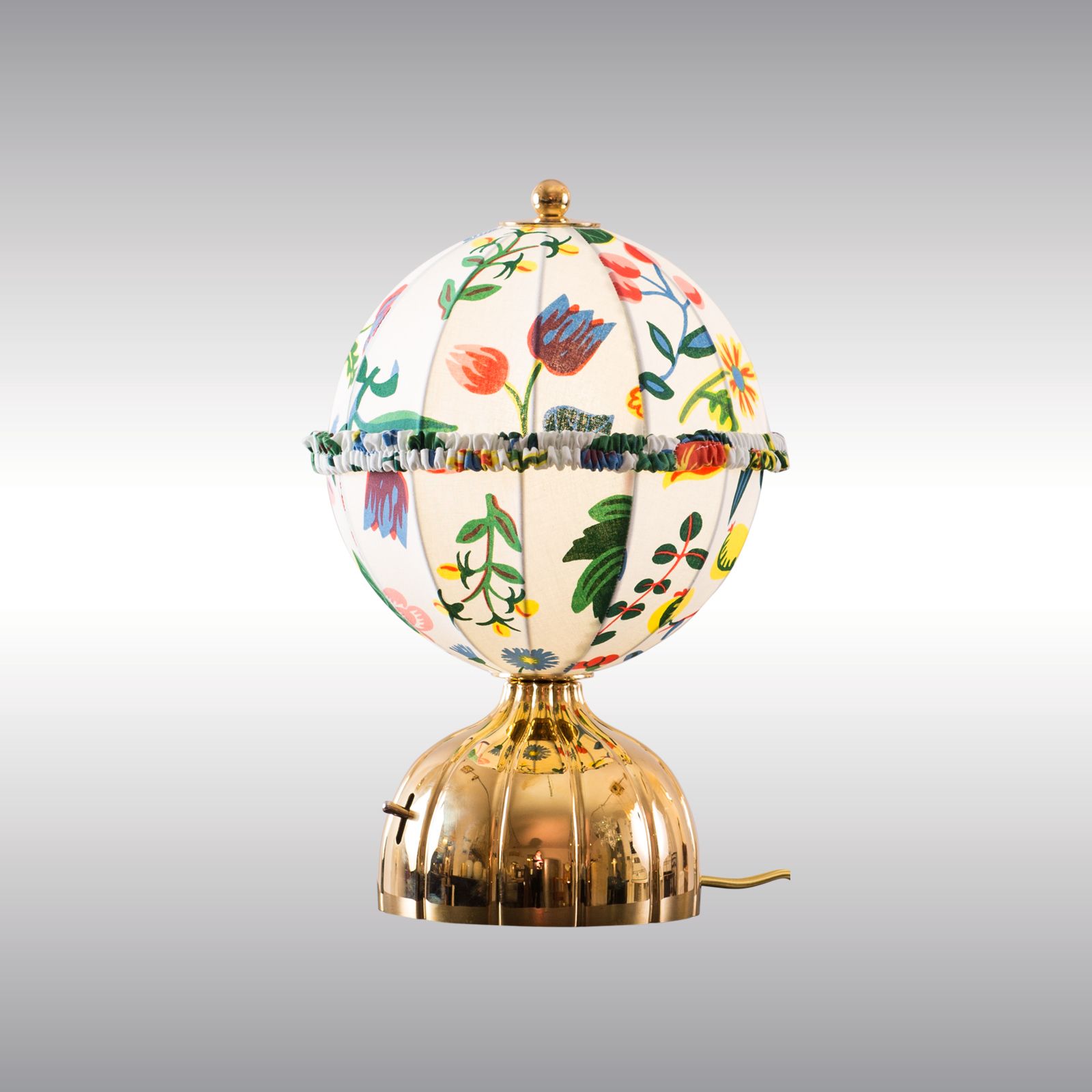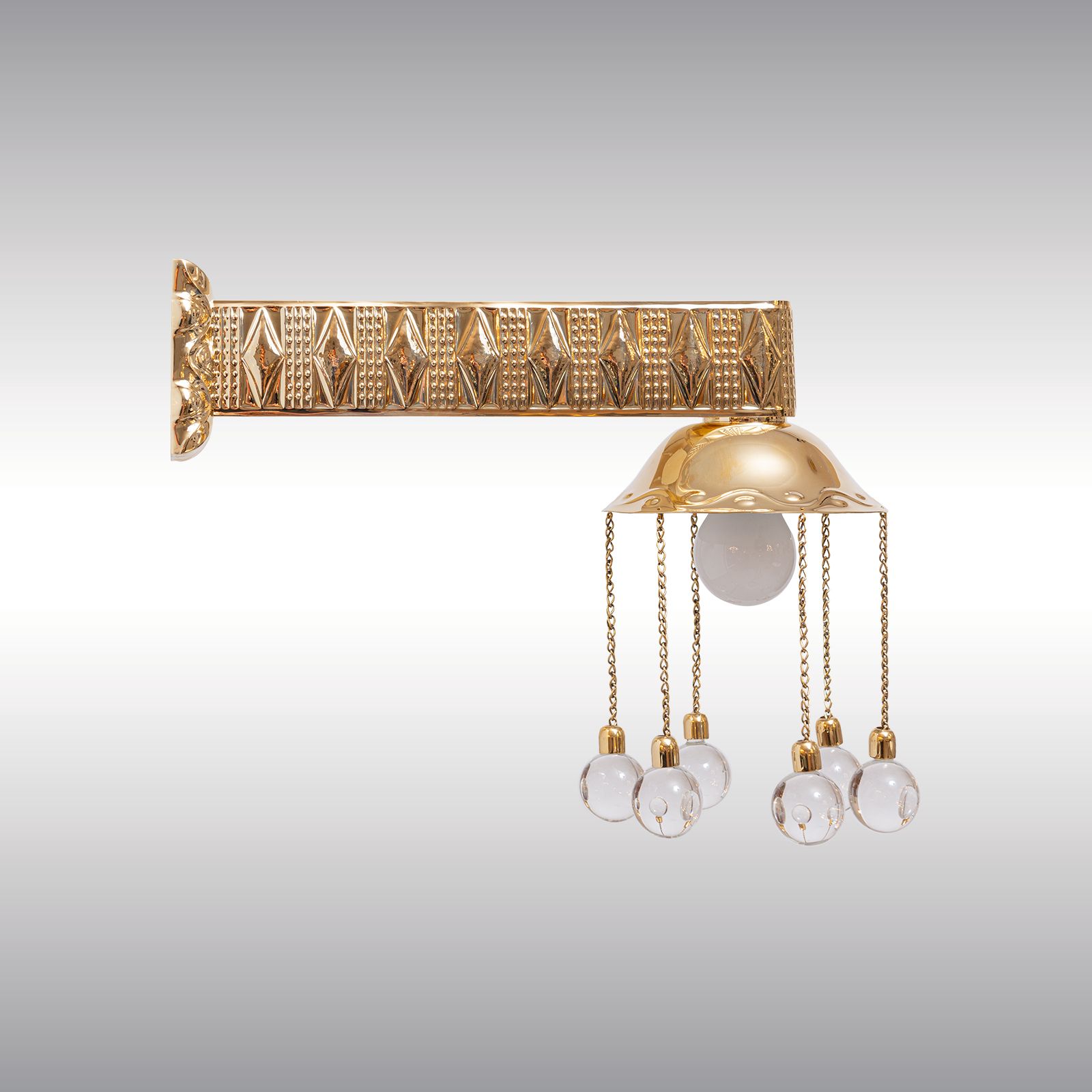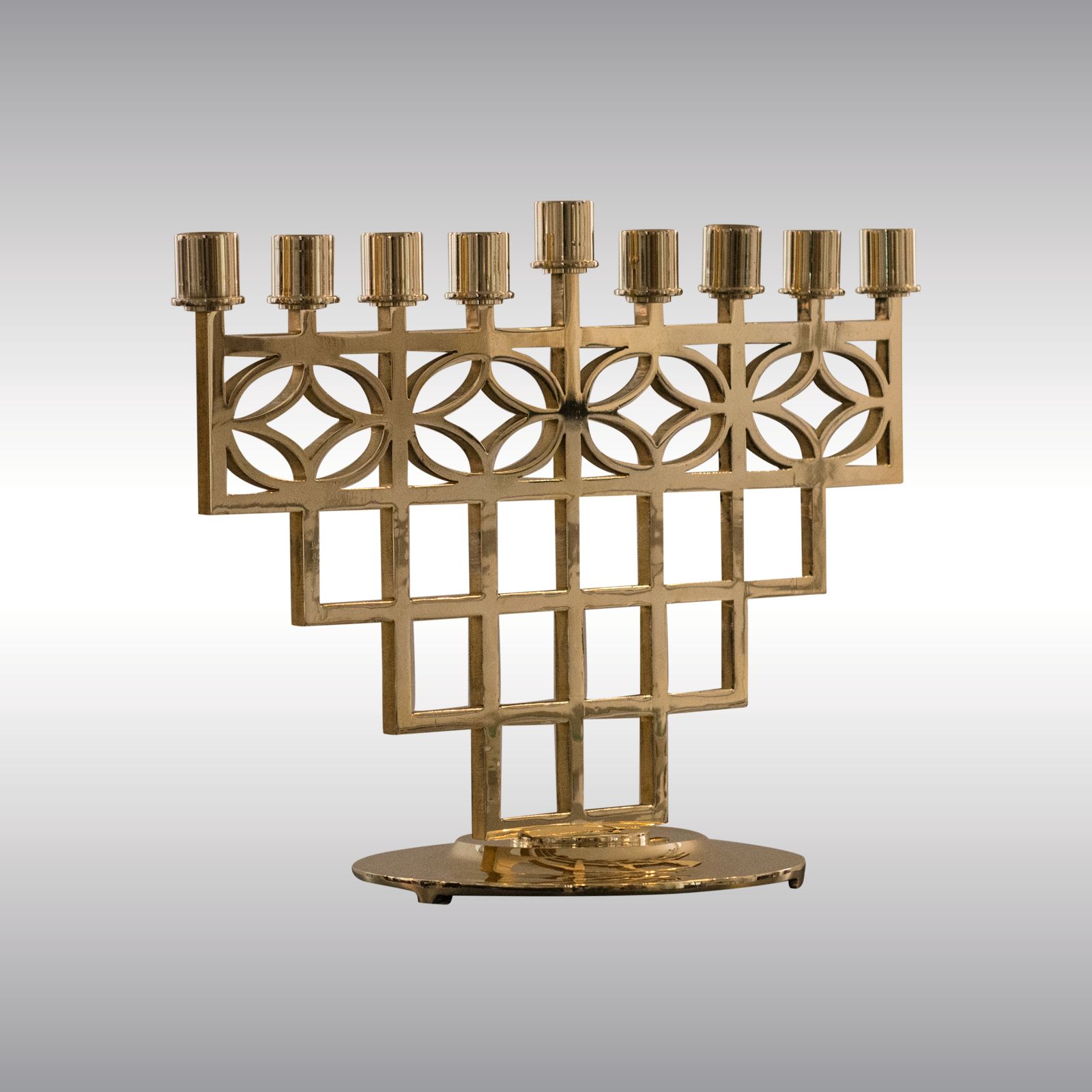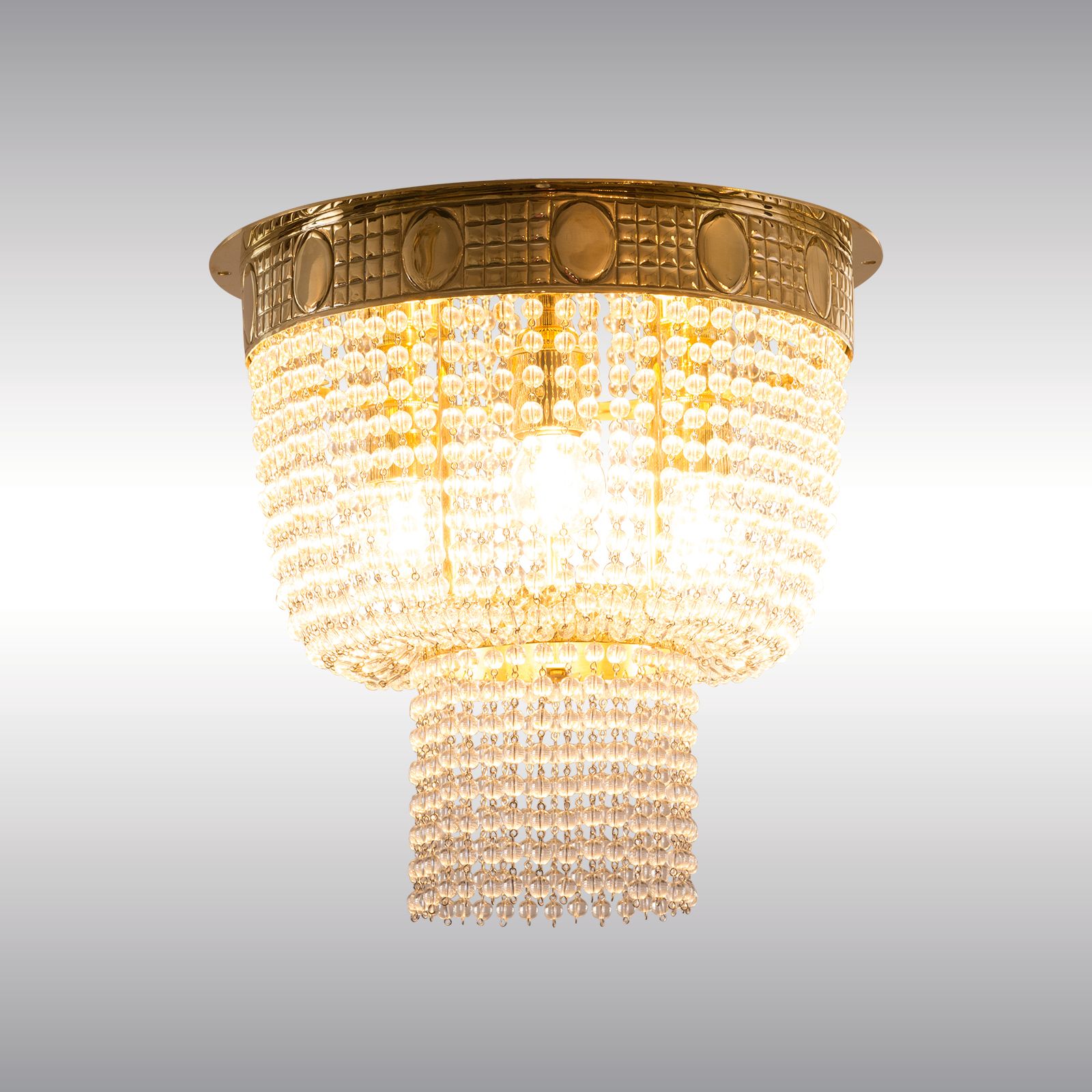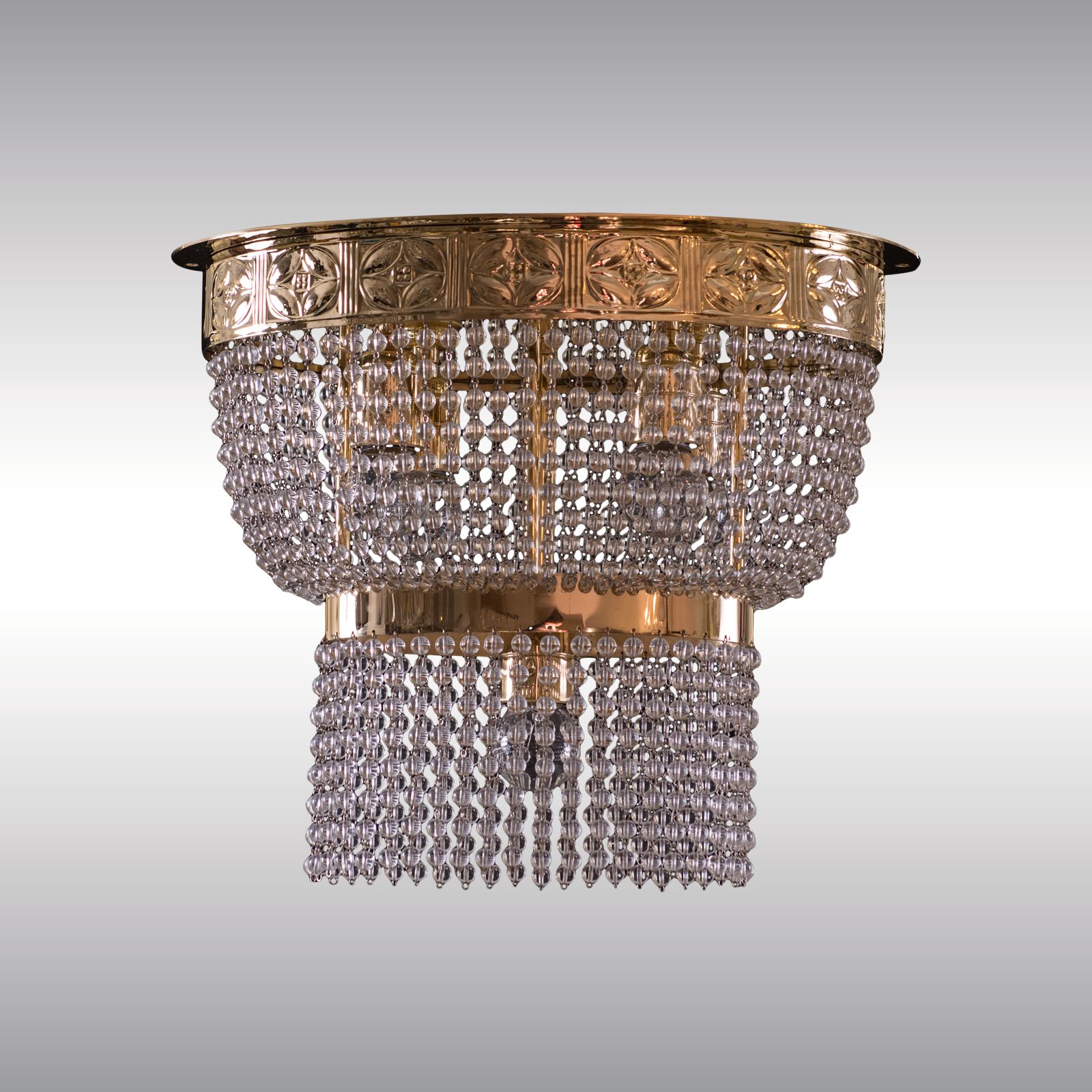Wiener Werkstaette - Wiener Werkstätte - Vienna Workshop - Wiener Werkstatte
The famous enterprise, sometimes also named incorrect: Wiener or Weiner Werkstatte, Wiener Werkstaetten, evolved from the Vienna Secession, founded in 1897 as a progressive alliance of artists and designers.
From the start, the Secession had placed special emphasis on the applied arts, and its1900 exhibition surveying the work of contemporary European design workshops prompted the young architect Josef Hoffmann and his artist friend Koloman Moser to consider establishing a similar enterprise in Austria.
Finally in 1903, with backing from the industrialist Fritz Wärndorfer, the Wiener Werkstätte saw the light of day. From three small rooms, it soon expanded to fill a three-story building with separate, specially designed facilities for metalwork, leatherwork, bookbinding, woodworking and a paint shop.
The undertaking 'WIENER WERKSTAETTE' had a clear aim: to make all facets of human life into one unified work of art.
This began with the creation of - for that time extraordinarily - advanced working conditions for the craftsmen, and it ended with the wish to create everything entirely anew, whether or not it was needed for everyday use or schould act as decoration.
It was also decided only to approve objects of outstanding individuality and beauty, and great value was put on the exclusive and exquisite craftsmanship.
This followed the organisation's motto: 'Better to work 10 days on one product than to manufacture 10 products in one day.'
The seat of the venture was in the Neustiftgasse 32-34, where a new building was adapted to their requirements. It would eventually exhaust Wärndorfers complete fortune, in the meantime, however, the enthusiasm with which the keyfigures threw themselves into work was great. Through exhibitions and fairs and along with the encouragement of a well-wishing press the Wiener Werkstatte quickly gained an exellent and widespread reputation. The duo Hoffmann and Moser complemented each other so well, that for a time it was impossible to differ between their design.
The circle of customers of the Wiener Werkstatte and Josef Hoffmanns mainly consisted of artists and the open-minded, progressive and financially well-to-do jewish upper middle class of the monarchy.
In architectural commissions such as the Purkersdorf Sanatorium and the lavish Palais Stoclet in Brussels, the Wiener Werkstätte was able to realize its ideal of the Gesamtkunstwerk (total artwork), a coordinated environment in which everything down to the last teaspoon was consciously designed.
Most of the objects produced in the Wiener Werkstatte were stamped with a number of different hallmarks, with the trademark of the Wiener Werkstatte, the monogram of the designer and that of the craftsman, who completed it. The Wiener Werkstatte had about 100 employees in 1905, of whom 37 were masters of their trade.
Branches in Karlsbad 1909, Marienbad, Zürich 1916/17, New York 1922, Berlin 1929.
Wiener Werkstaette Furniture
From 1904 for several years the Wiener Werkstaette had its own carpentry workshop. But only few furniture´s were made there.
Most of the furniture known as Wiener Werkstaette Furniture were made by such excellent cabinet-maker as: Portois [&] Fix, Johann Soulek, Anton Herrgesell, Anton Pospisil, Friedrich Otto Schmidt and Johann Niedermoser.
Some historians now take measure to the Werkstaette´s articles of association, when they agreed that the Wiener Werkstaette is a production cooperative with equality of designing artists and executing craftsmen and they say that there are almost no original Wiener Werkstaette Furniture existing.
Our opinion is contrary to that. We belive, that every piece of furniture, designed by the masters of the Wiener Werkstaette, ordered, presented and sold by the Wiener Werkstaette and has undergone the extreme severe quality test of the masters, finally was sometimes signed Wiener Werkstaette, should be accepted Wiener Werkstaette.
Hoffmanns significance as an early industrial designer for bentwood - furniture can hardly be overestimated. For the firm Jakob and Josef Kohn he designed a furniture series which convinced through its simple forms and also had a timless elegance.
From 1905 the Wiener Werkstatte produced handpainted and printed silks. The Backhausen firm was responsable for the machine-printed and woven textiles. The varitey of objects produced from the Wiener Werkstatte was immense.
As well as leather goods, enamel, jewellery, postcards and ceramic the Wiener Werkstatte even had a hat department. After the wartime of the First World War the Wiener Werkstatte was influenced by a new generation of artists and craftsmen. The most important impulses came from Dagobert Peche.
In 1907, the Wiener Werkstätte took over distribution for the Wiener Keramik, a ceramics workshop of kindred spirit headed by Michael Powolny and Berthold Löffler.
The Wiener Werkstätte's first years were heady times, during which the collaboration between Hoffmann and Moser reached its peak. The two artists created a geometric style whose functional simplicity anticipates later modernism and has influenced the work of many of today's leading designers and architects.
In 1907, Moser, embittered by the financial squabbling, left the Wiener Werkstätte, which subsequently entered a new phase, both stylistically and economically.
Berthold Löffler and Carl Otto Czeschka, who both became associated with the Werkstätte around 1905, brought with them a renewed interest in figuration that had direct bearing on the early work of the Expressionist Oskar Kokoschka. During and immediately following World War I, it was Dagobert Peche whose ornamental, almost baroque fancies exerted the most palpable influence.
The founding of textile and fashion divisions in 1909 and 1910 brought a further shift in the Wiener Werkstätte's emphasis-- away from the architectural and toward the ephemeral.
After the war, material shortages encouraged experimentation with less durable, less precious materials such as wood, ceramics and papier-maché. The original, grand Gesamtkunstwerk vision became diluted and submerged by the Kunstgewerbliches-- the artsy-craftsy.
The complete impoverishment of the truncated Austrian nation after World War I undoubtedly played a significant role in the demise of the Wiener Werkstätte. Attempts to expand the workshop's scope-- adding such items as wallpaper to its limited program of industrial licenses, and establishing branches in Zurich, New York and Berlin--were not particularly successful.
After a close brush with bankruptcy in 1913, Wärndorfer was shipped off to America and the following year Otto Primavesi, a banker from Moravia, took over as chief financier and patron. Its need for a perennial Milchkuh (cash cow) to provide a steady stream of cash is often cited as symptomatic of the Wiener Werkstätte's economic naiveté, but in fact the notion of the enlightened patron was central to the Werkstätte's operating philosophy.
The Werkstätte recognized early on that its role was not to reach the masses, but rather to create a rarified environment for the wealthy few.
So long as the Austrian empire survived, whole and thriving, this goal was not particularly unrealistic.
The year 1932 marked the liquidation of the Wiener Werkstatte.
Artists of the Wiener Werkstaette:
ARCHITECTURE, INTERIOR DESIGN AND FURNITURE: Works designed by Josef Hoffmann, Mathilde Flögl, Carl Witzmann, Carl Breuer, Gustav Siegel, Emanuel Josef Margold, Koloman Moser, Dagobert Peche, Josef Urban, Otto Prutscher, Richard Luksch, Oswald Haerdtl, Phillipp Häusler, C.O. Czeschka, Victor Lurje...
METALWORK Works designed by Karl Hagenauer, Josef Hoffmann, Berthold Löffler, Franz Metzner, Koloman Moser, Dagobert Peche, Otto Prutscher, Max Snischeck, Josef Urban and Julius Zimpel
CERAMICS Works designed by Gudrun Baudisch, Josef Hoffmann, Hilda Jesser, Dina Kühn, Bertold Löffler, Dagobert Peche, Richard Luksch, Jutta Sika, Susi Singer and Vally Wieselthier
GLASS Works designed by Josef Hoffmann, Robert Holubetz, Hilda Jesser, Koloman Moser, Dagobert Peche, Michael Powolny, Otto Prutscher, Gertrud Weinberger andJulius Zimpel
WOOD AND MIXED MEDIA Works designed by Josef Hoffmann, Fritzi Löw, Dagobert Peche and Vally Wieselthier
FASHION, JEWELRY AND ACCESSORIES Works designed by Lotte Calm, Christa Ehrlich, Trude Hochmann, Josef Hoffmann, Mela Köhler, Maria Likarz, Berthold Löffler, Fritzi Löw, Koloman Moser, Dagobert Peche, Reni Schaschl, Agnes ('Kitty') Speyer, Amalie Szeps and Eduard Josef Wimmer-Wisgrill
TEXTILES Works designed by Mathilde Flögl Lotte Föchler-Frömmel, Josef Hoffmann, Hilda Jesser, Ludwig Heinrich, Maria Likarz, Rita Luzzatte, Koloman Moser, Dagobert Peche, Kitty Rix, Max Snischek and Franz von Zülow
TYPOGRAPHY AND THE GRAPHIC ARTS Works designed by Carl Otto Czeschka, Josef Diveky, Anton Faistauer, Remigius Geyling, Heddi Hirsch, Emil Hoppe, Ludwig Heinrich Jungnickel, Rudolf Kalvach, Hans Kalmsteiner, Mela Köhler Oskar Kokoschka, Rudolf von Larish, Maria Likarz, Berthold Löffler, Moritz Jung, Editha Moser, Koloman Moser, Dagobert Peche, Kitty Rix, Alfred Roller, Egon Schiele, Ver Sacrum; Beethoven exhibition catalogue and 'Kachelalmanach'
FINE ARTS Works by Leopold Forstner, Heddi Hirsch, Josef Hoffmann, Ludwig Heinrich Jungnickel, Gustav Klimt, Oskar Kokoschka, Max Kurzweil, Berthold Löffler, Koloman Moser, Emil Orlik and Egon Schiele
The Wiener Werkstaette also was active as an agent or merchand middleman with products of: Wiener Keramik, Eduard Klablena, Kaulitz, Bachmann, Cloeter, Lobmeyr, Meyr's Neffe, Moser-Karlsbad, Oertel, Schappel, Loetz Witwe, Tiroler Glashütte, Pfeiffer & Löwenstein, Böcke, Kaiser, Petzold, Berger, Rosenbaum, Schmidt, Backhausen, Portois & Fix, Johann Soulek (Palais Stoclet, Haus Ast) , Anton Herrgesell, Anton Pospisil, Friedrich Otto Schmidt, Johann Niedermoser, Anton Ziprosch und Franz Gloser ( Purkersdorf)..
The lamps designed by Josef Hoffmann and Kolo Moser originally manufactured at the Wiener Werkstaette are now handmade in small series at WOKA LAMPS VIENNA.
